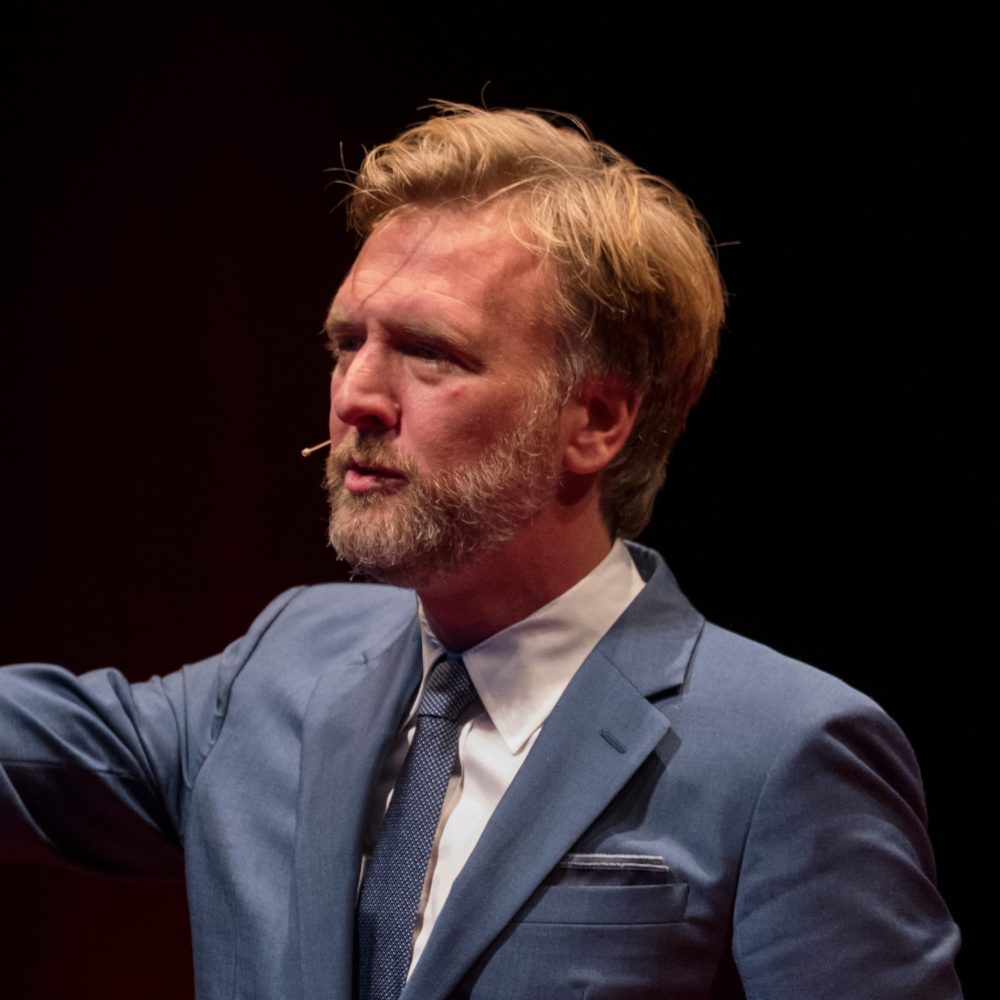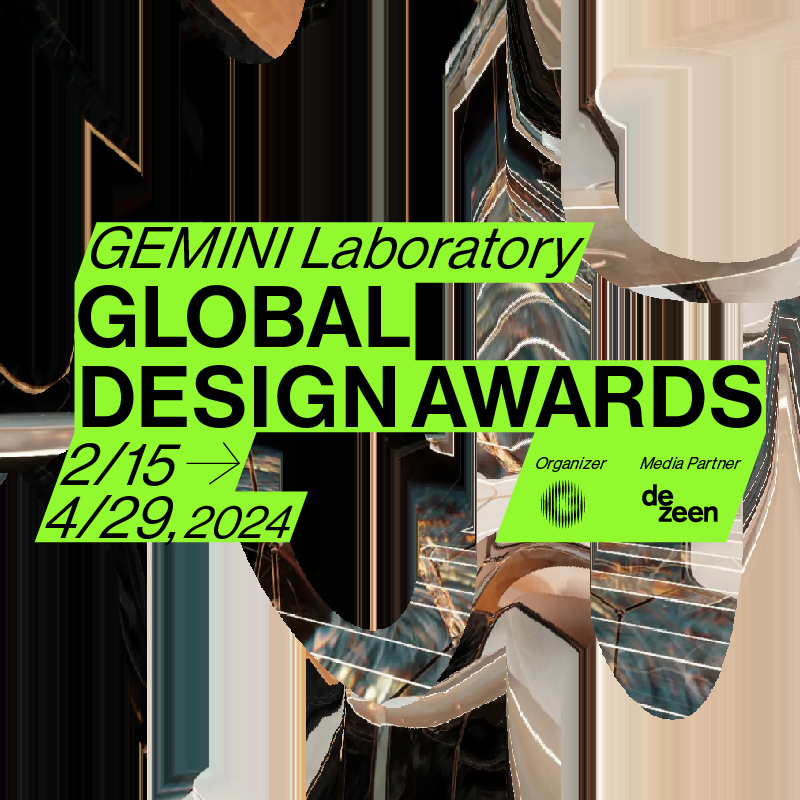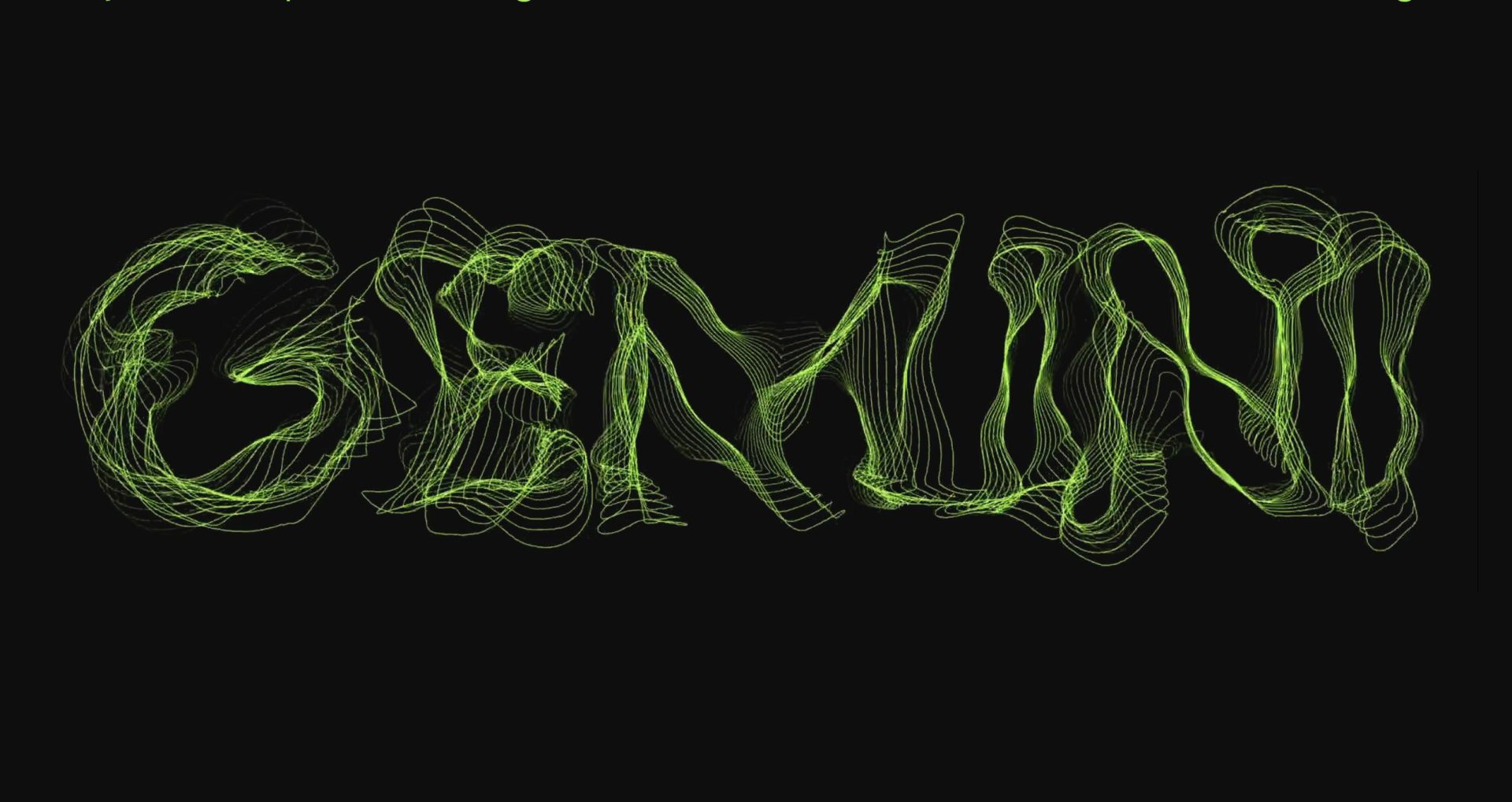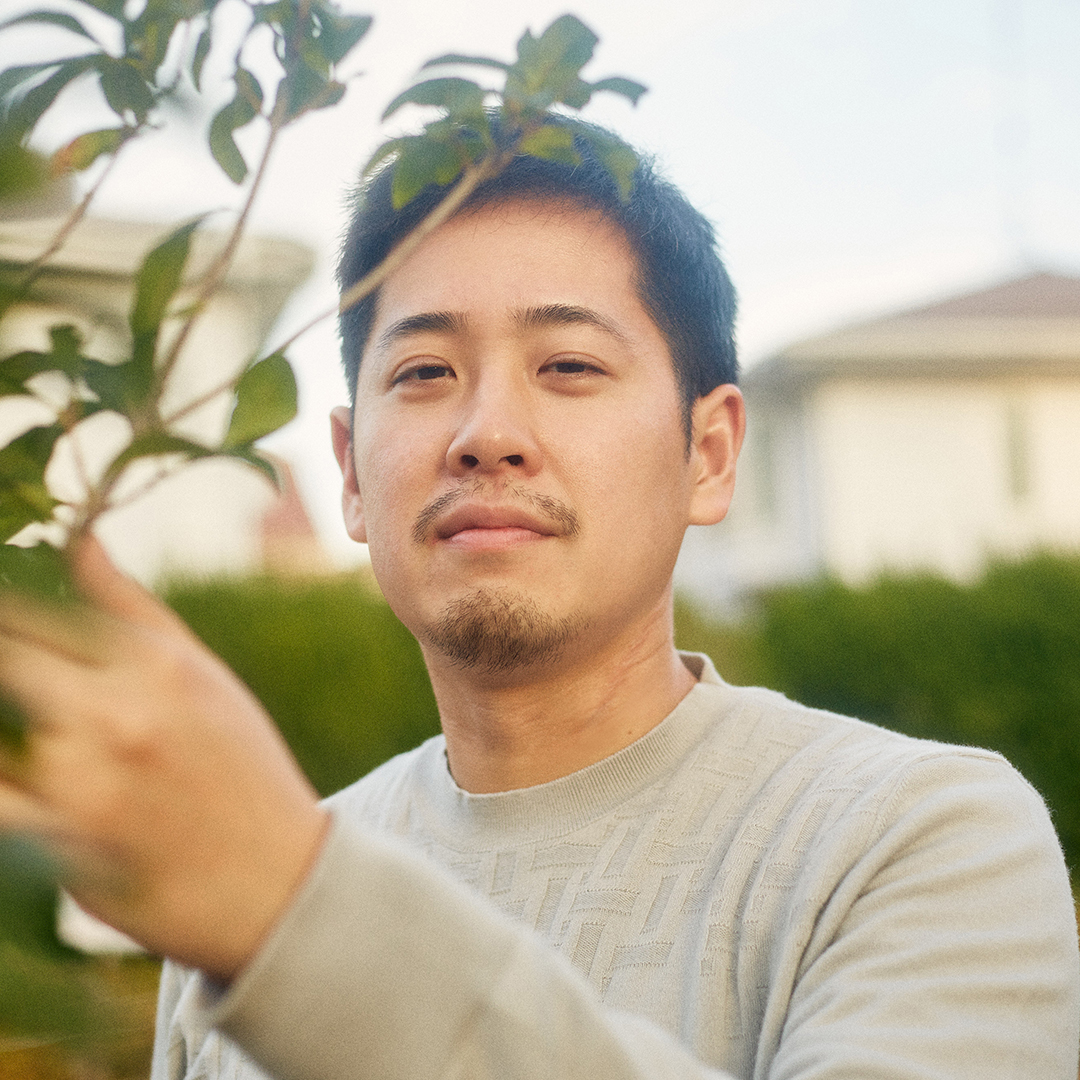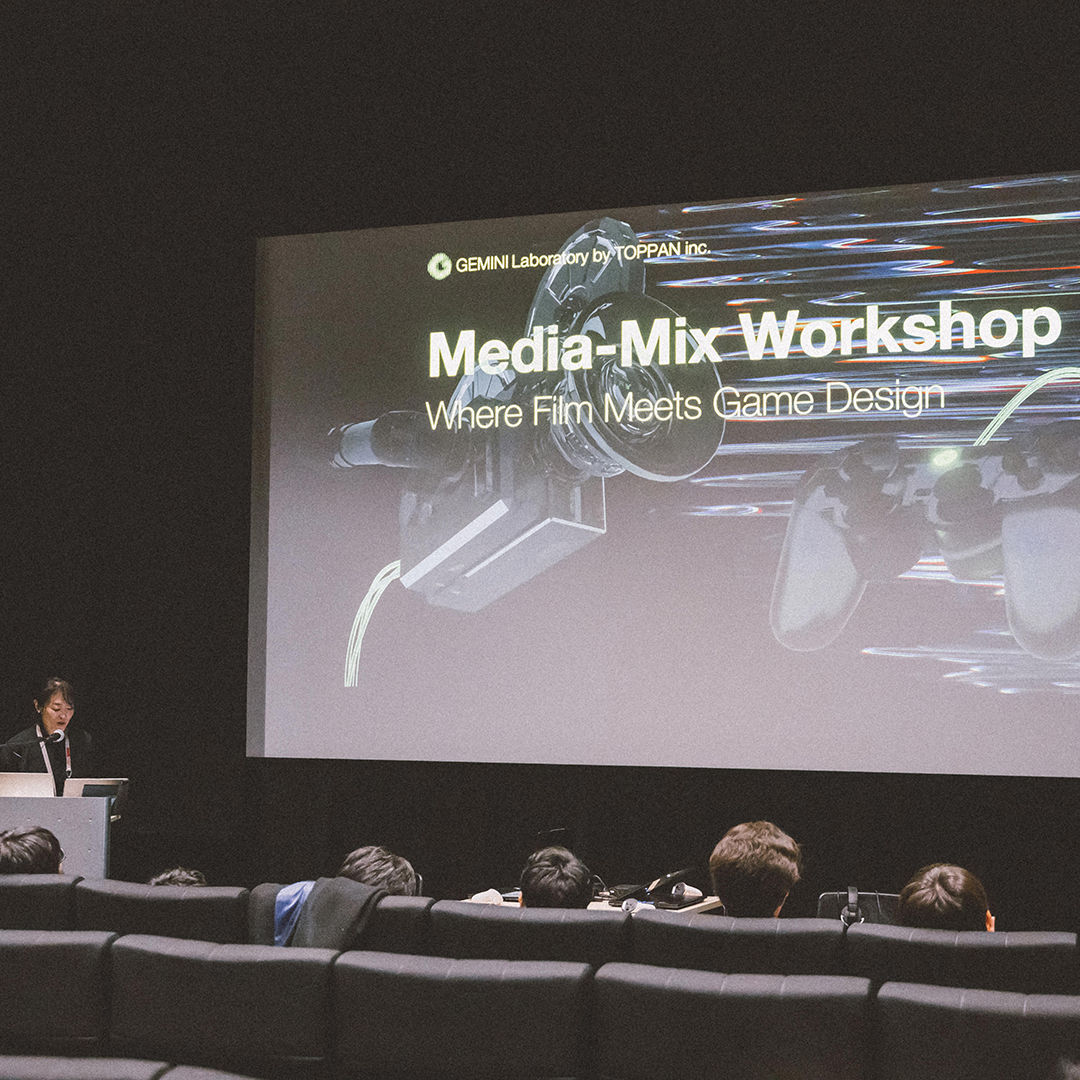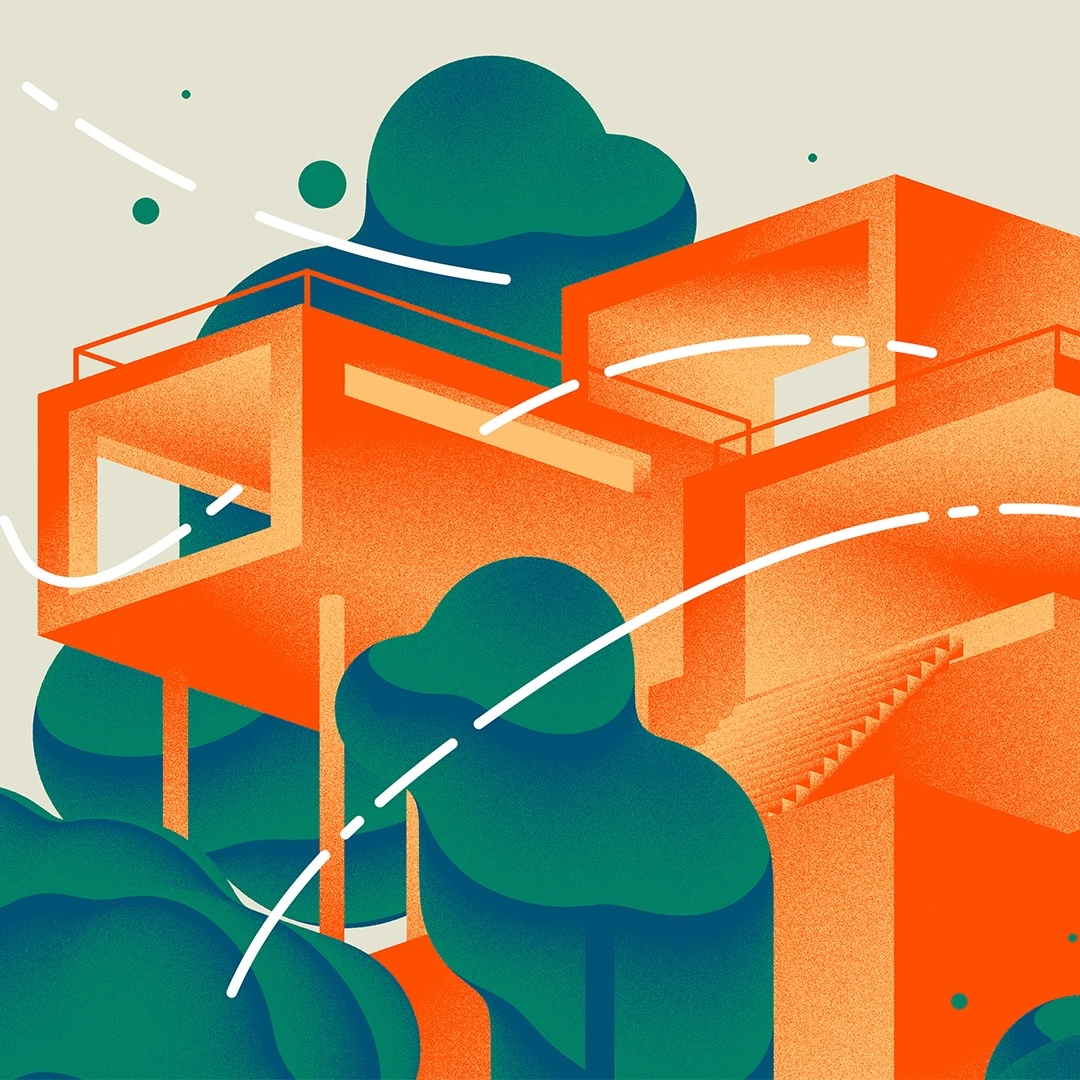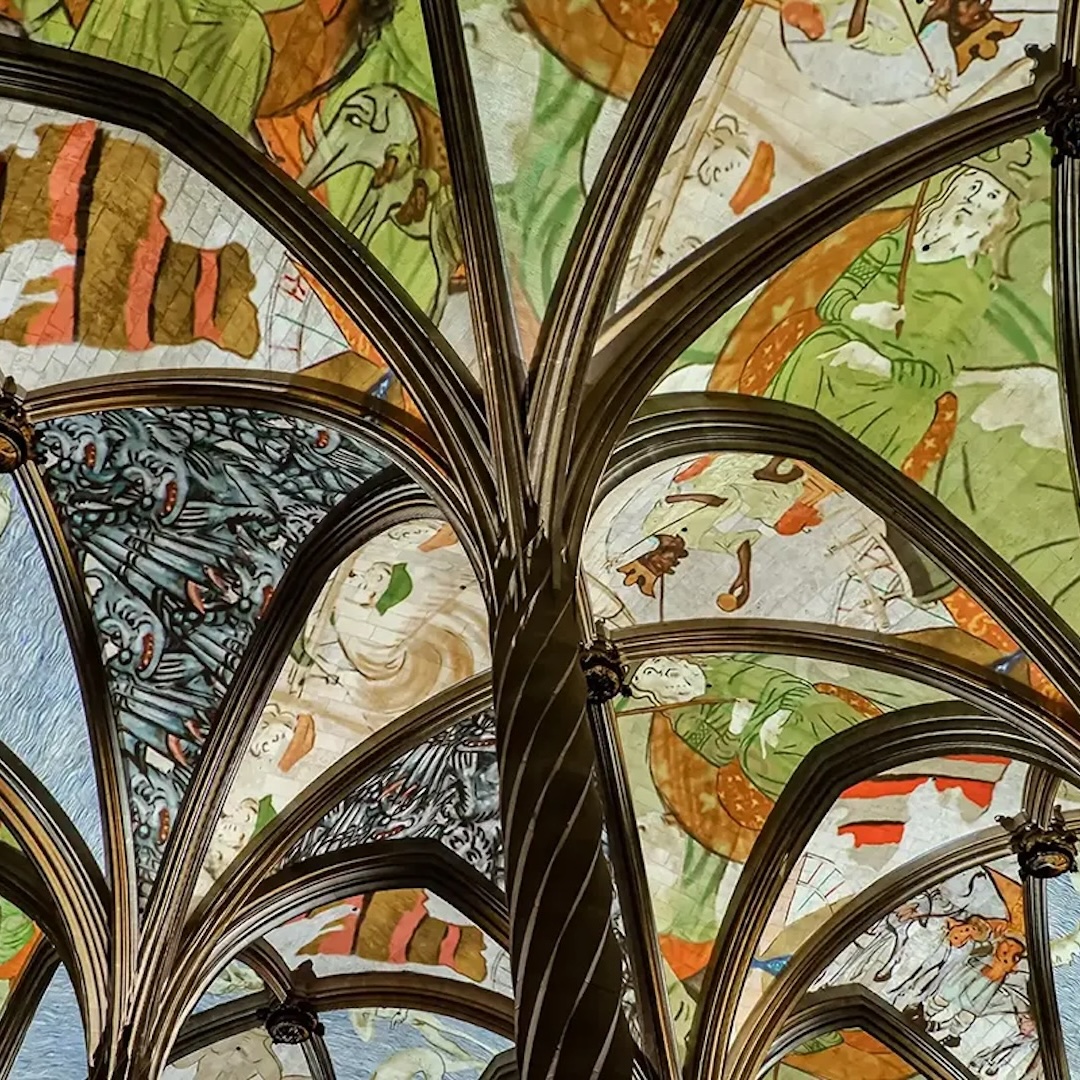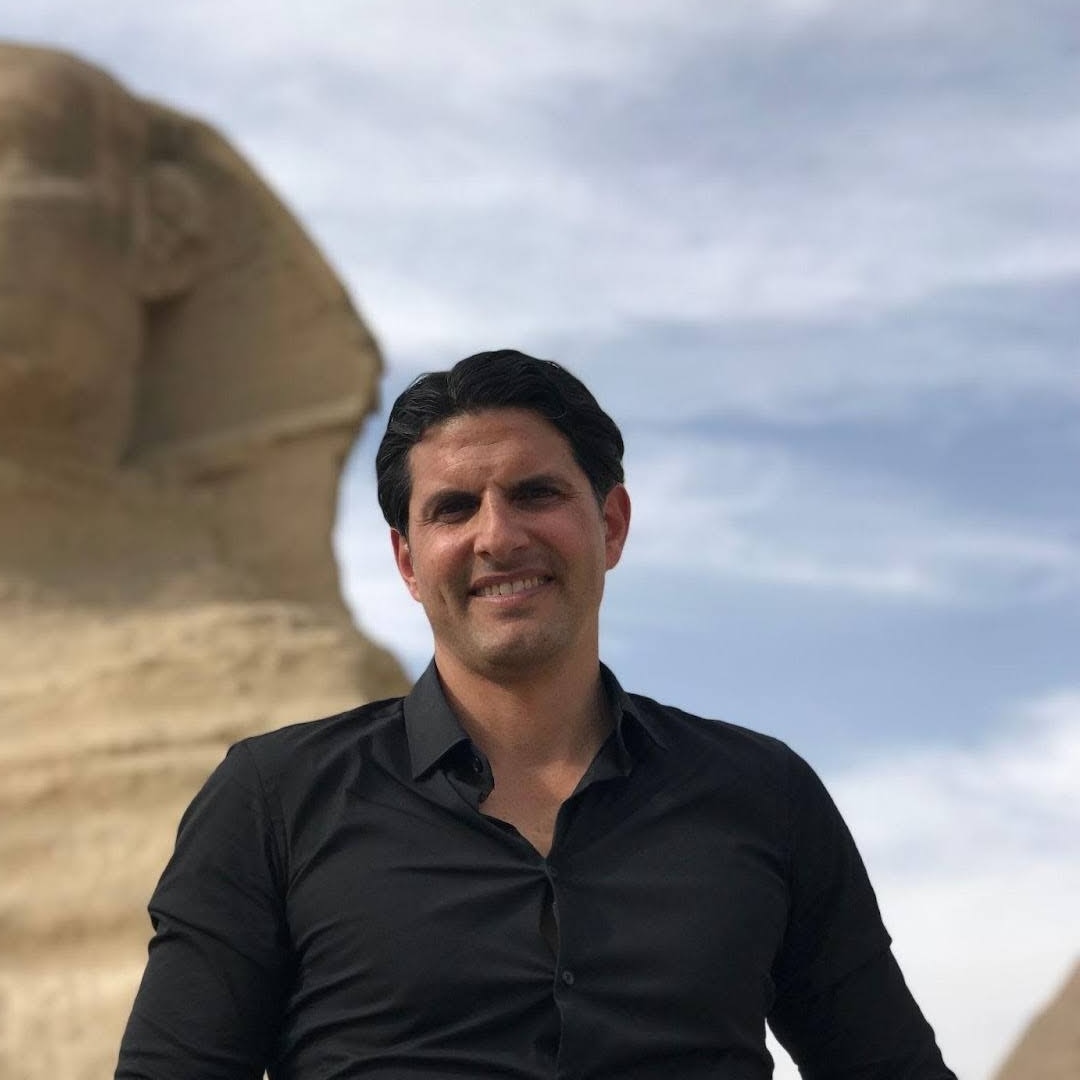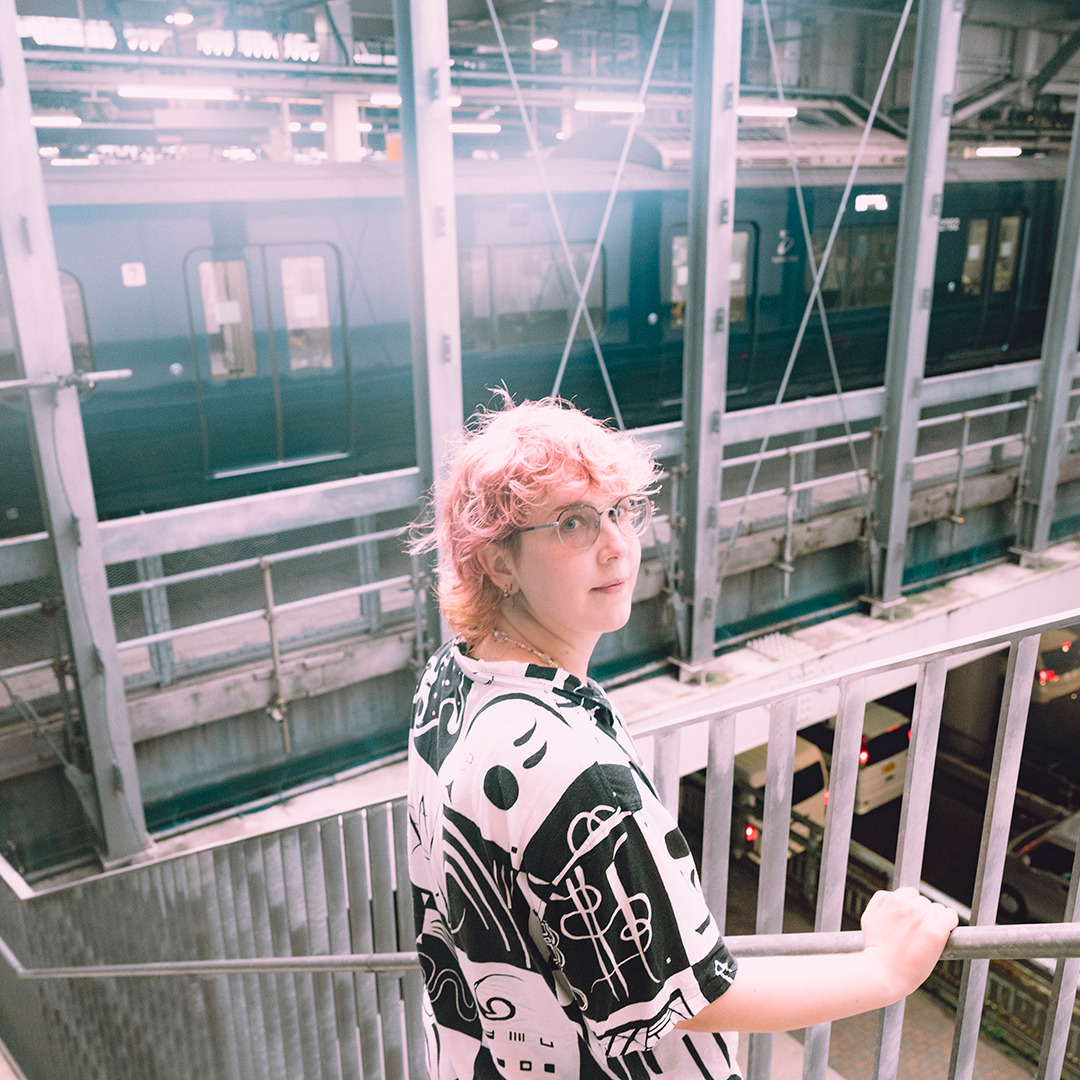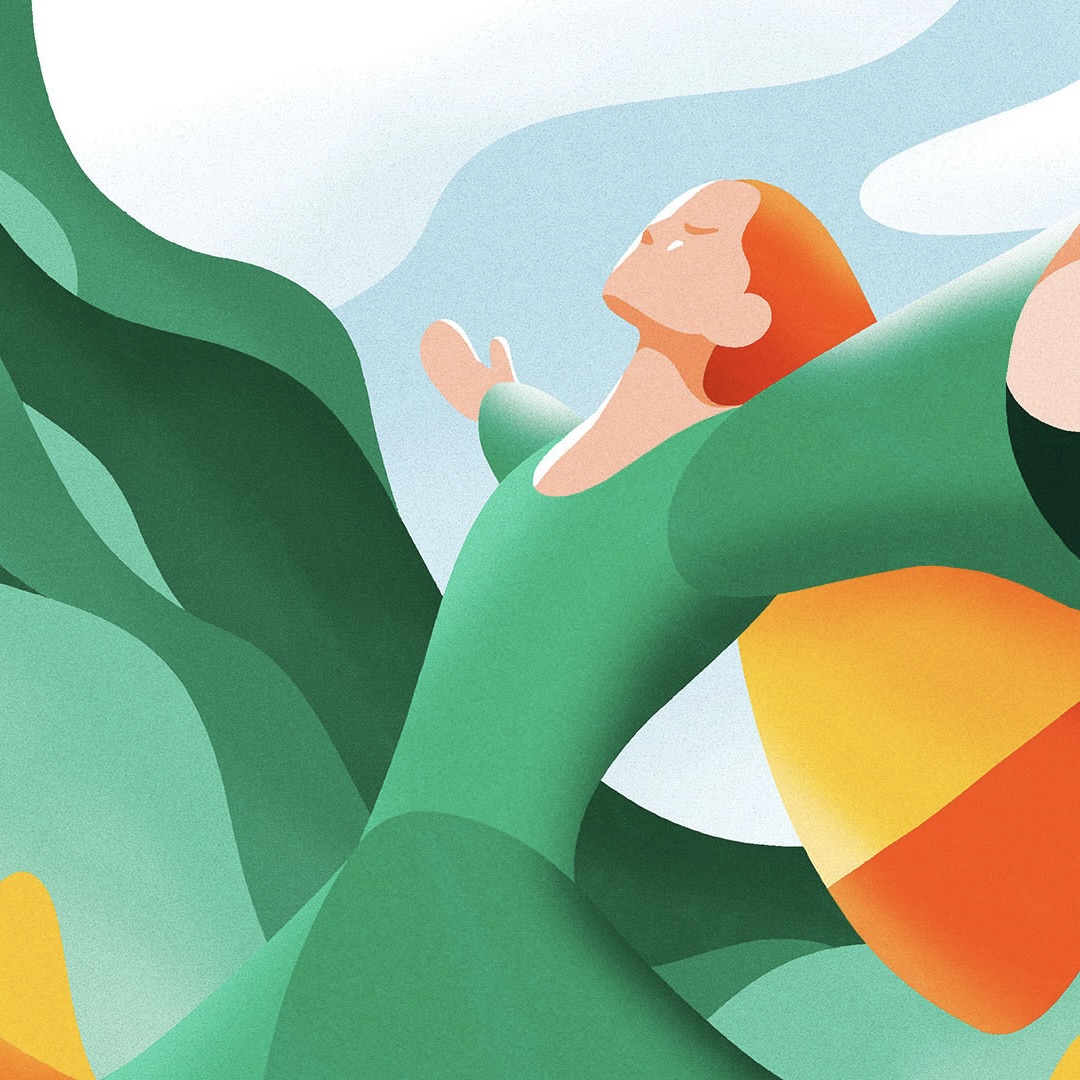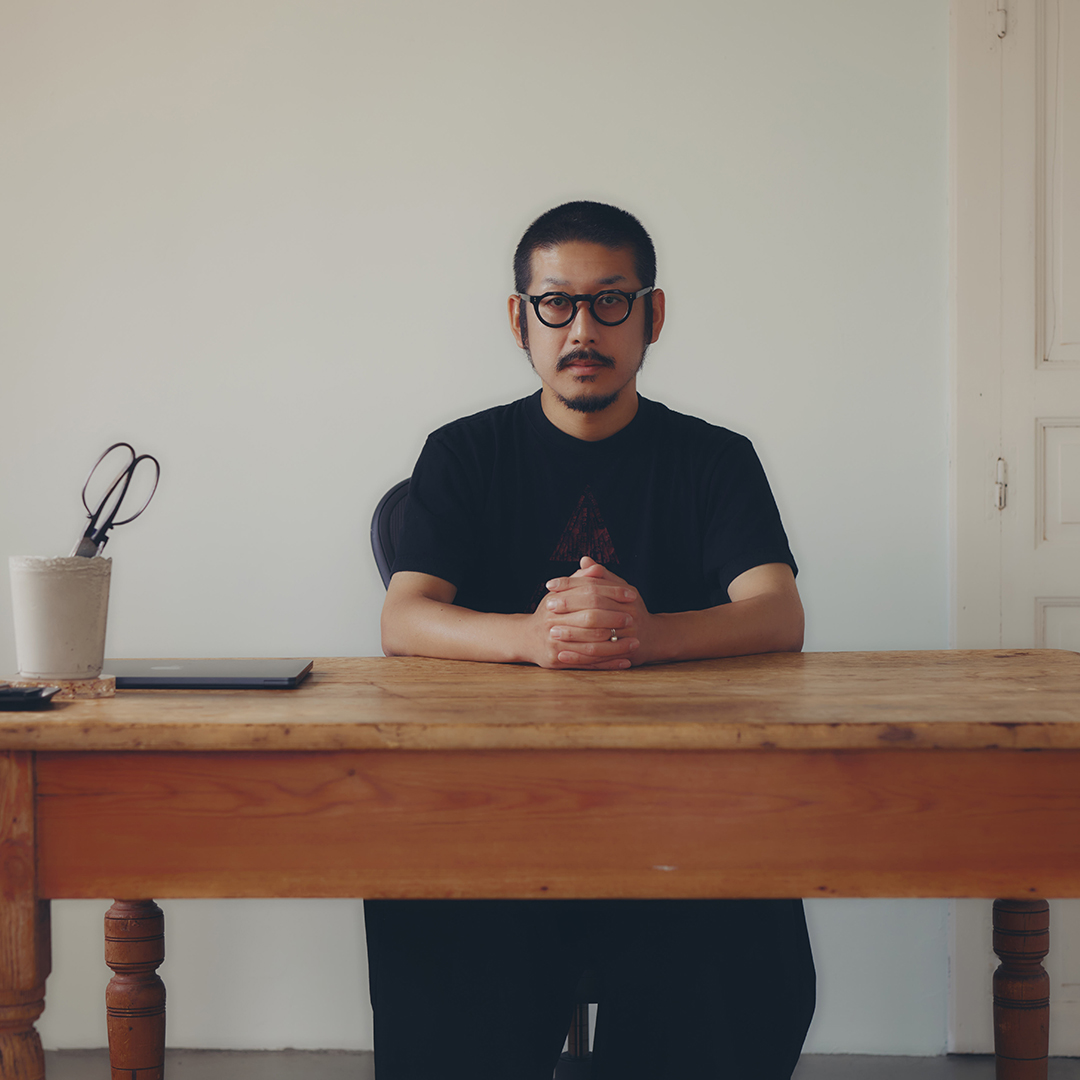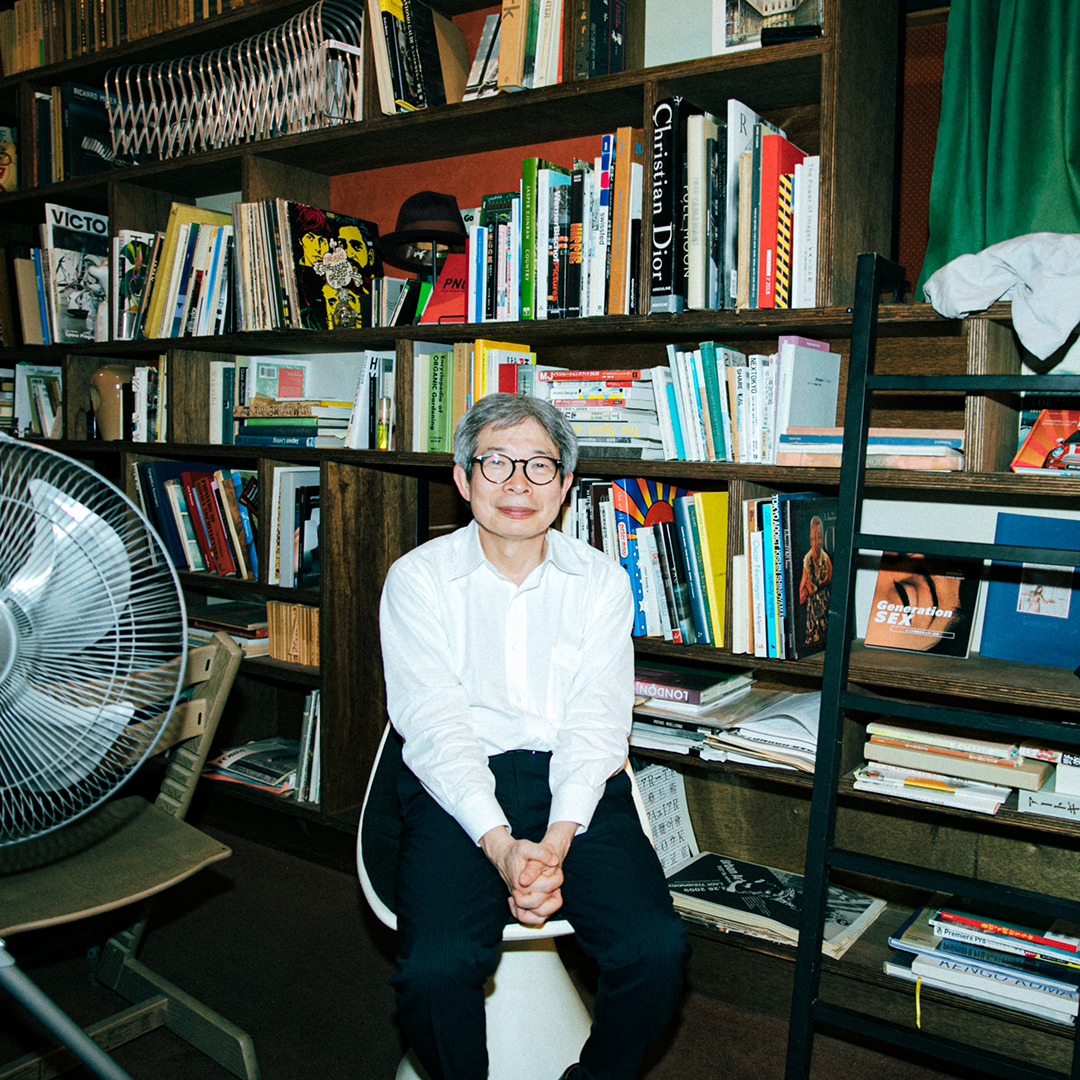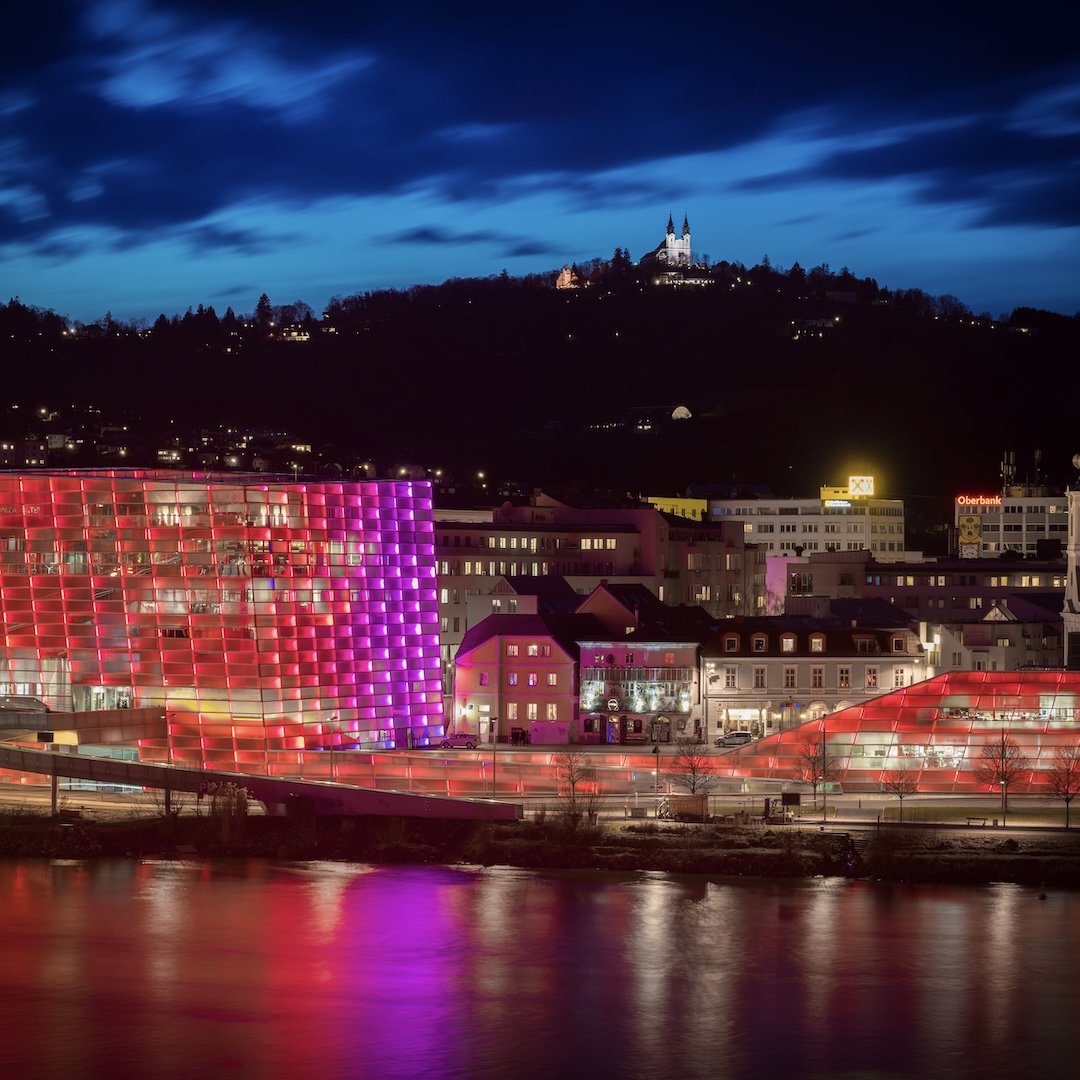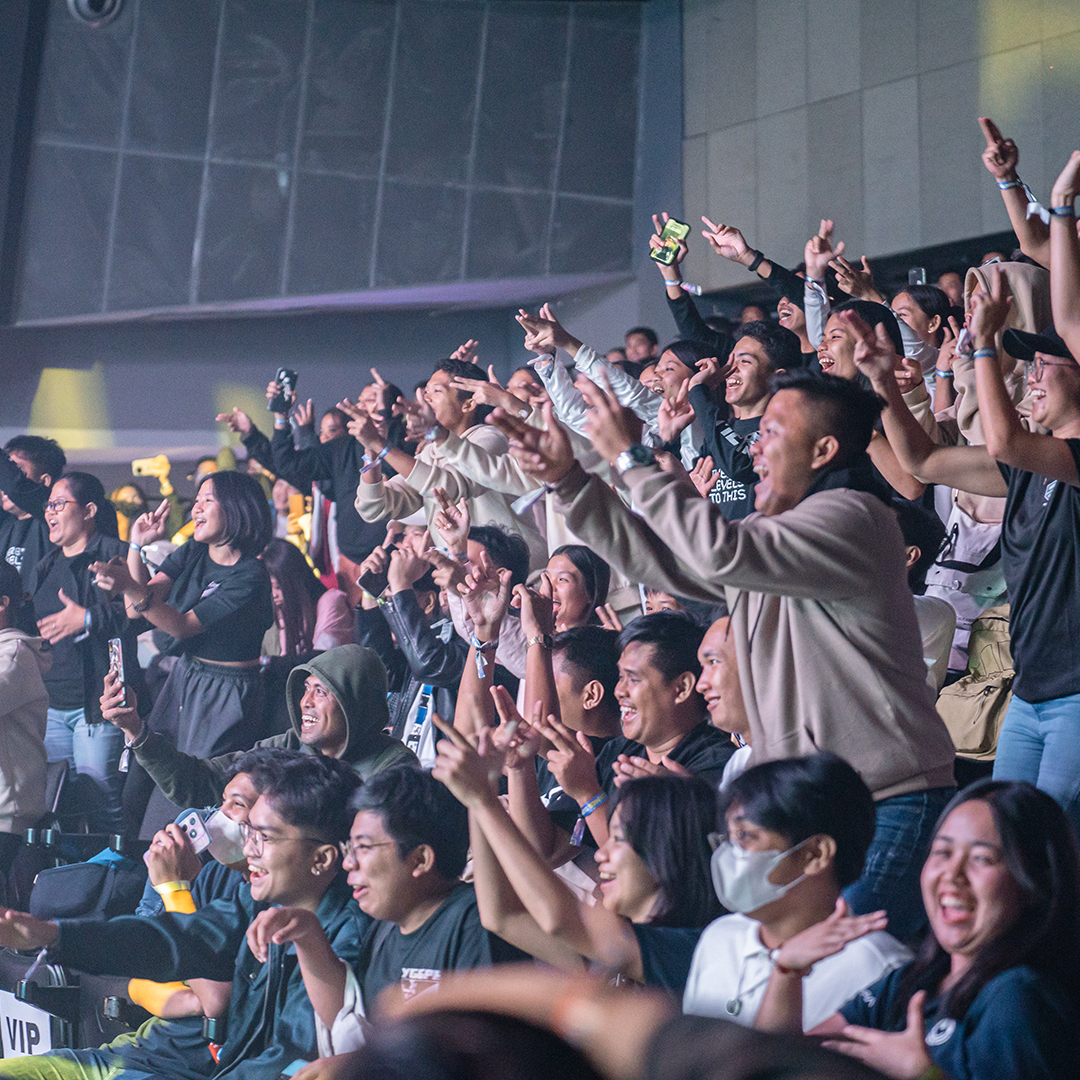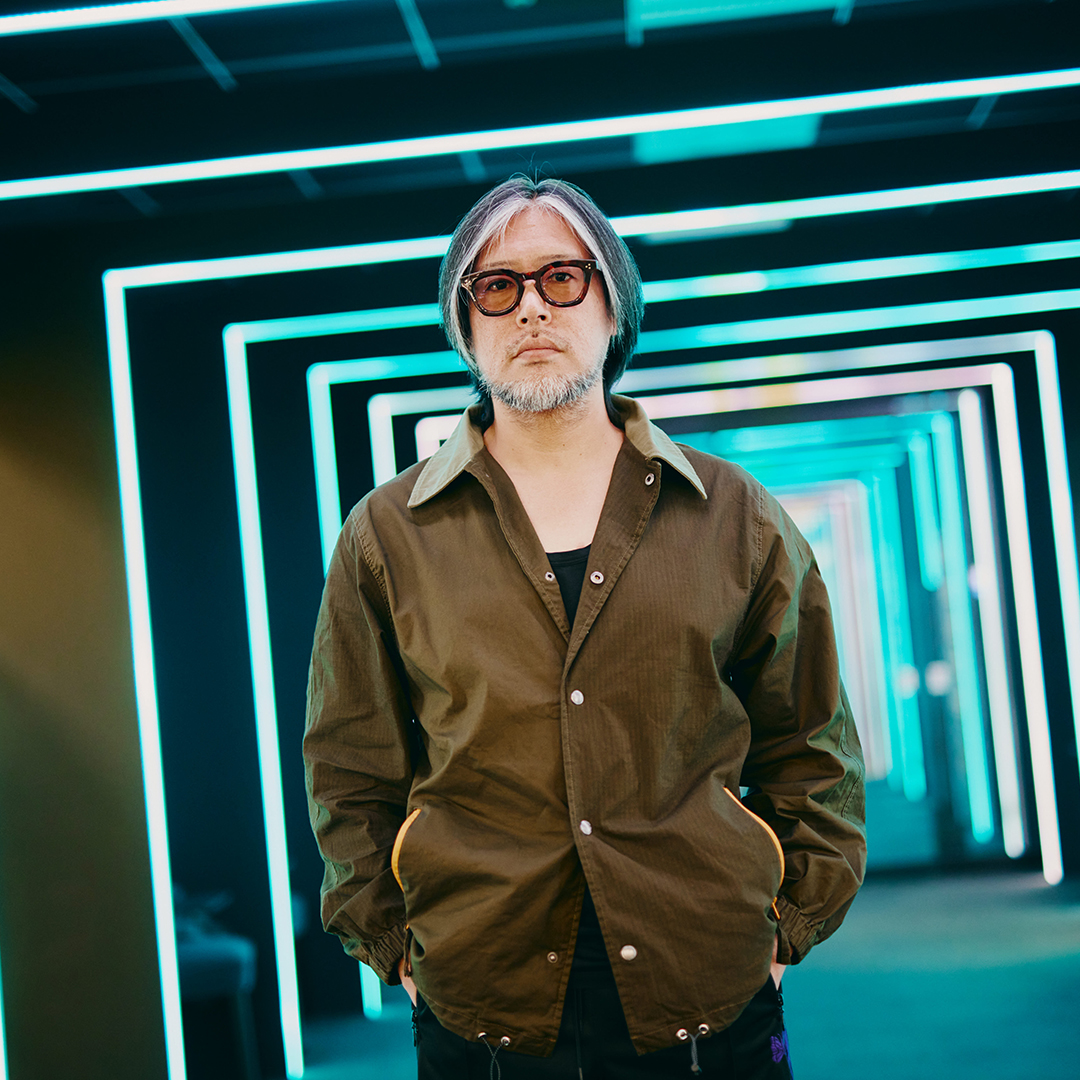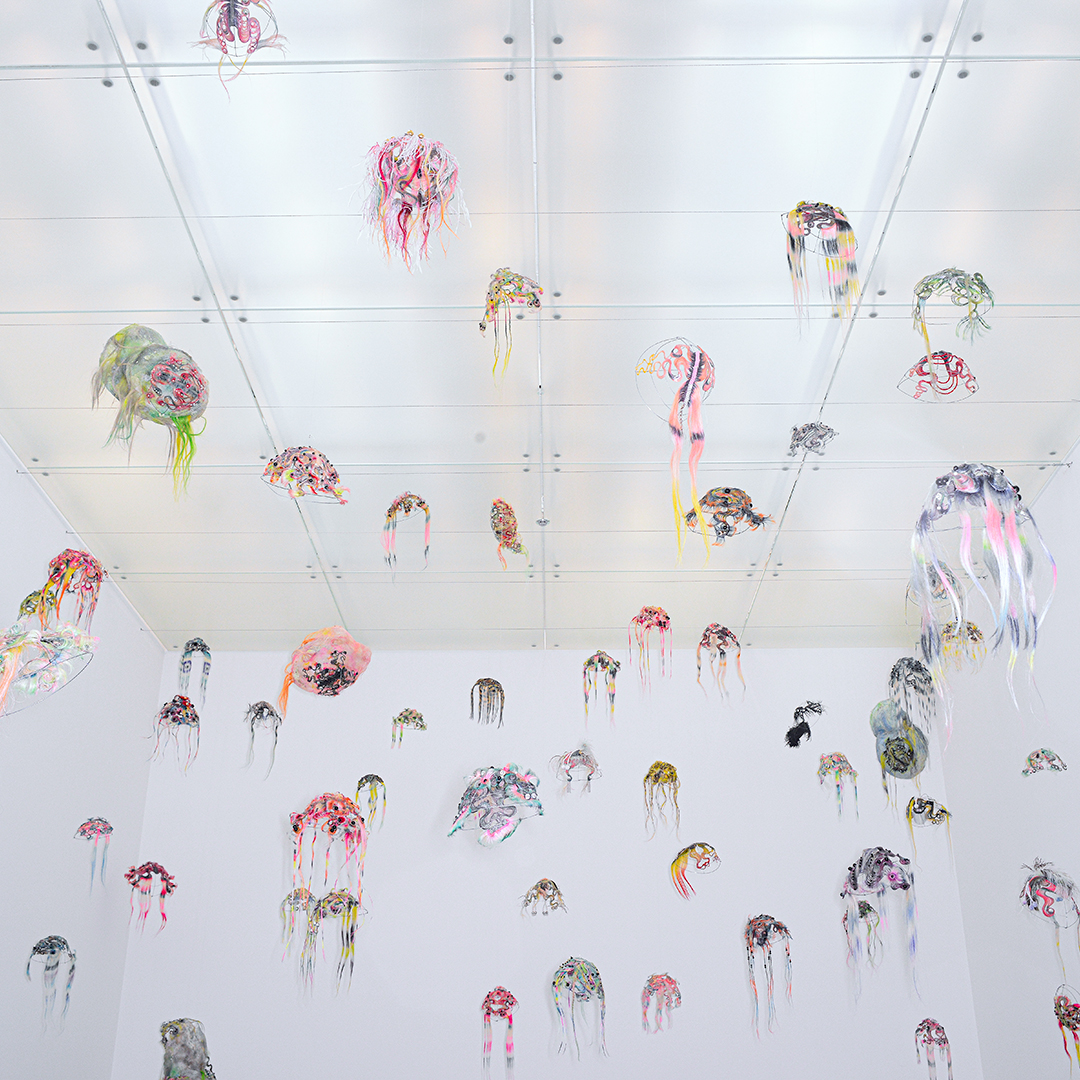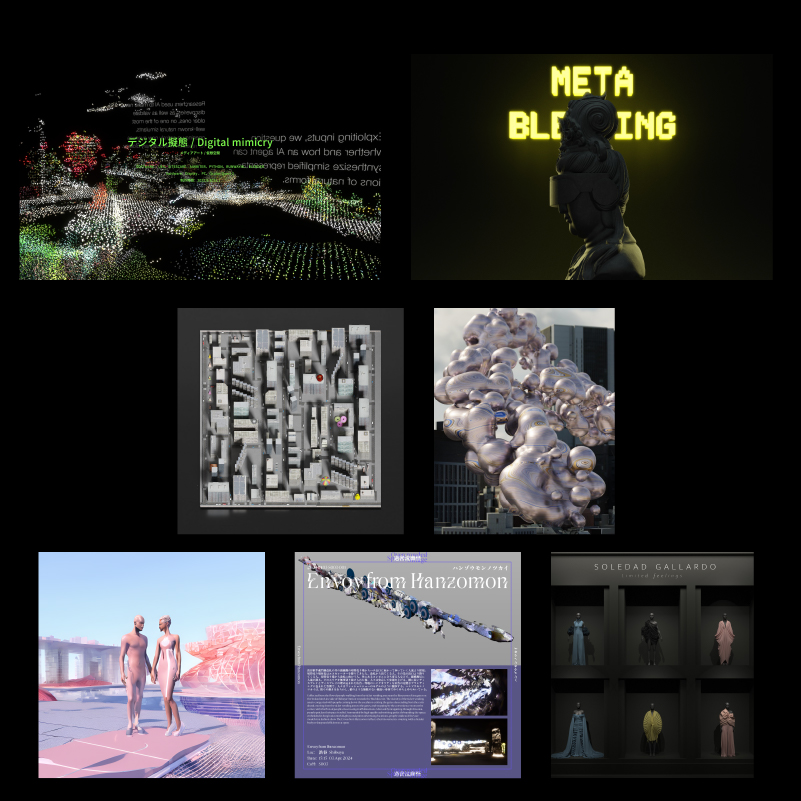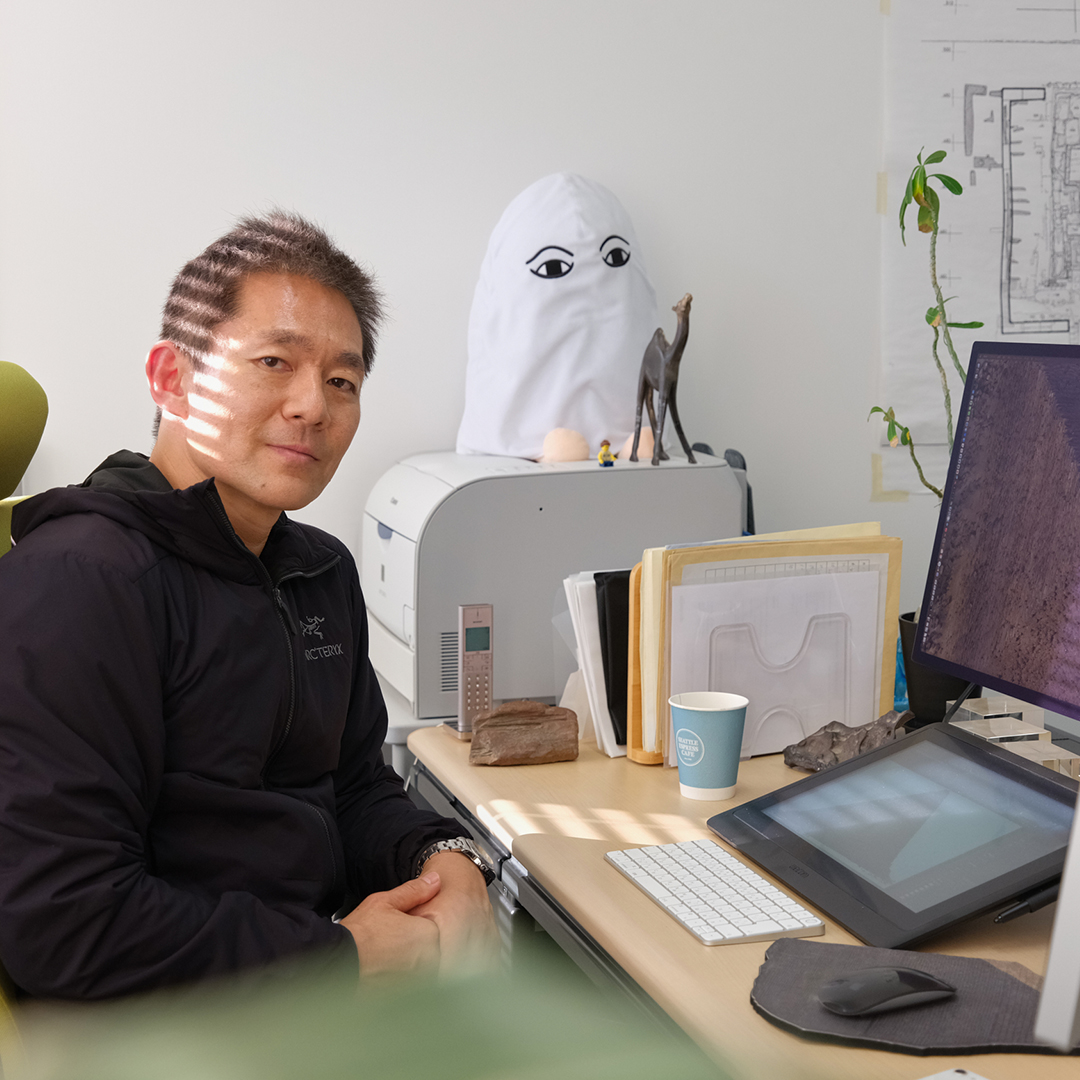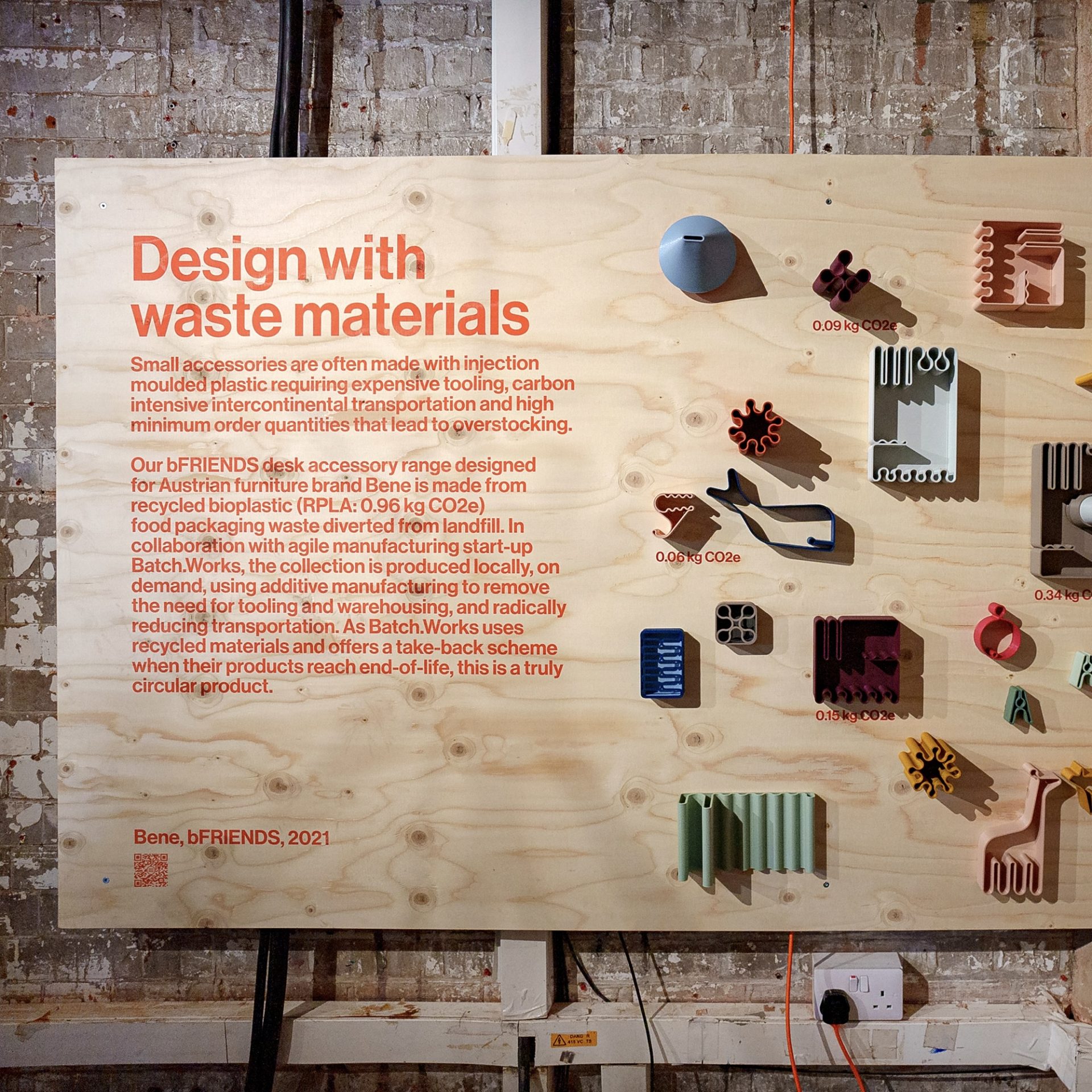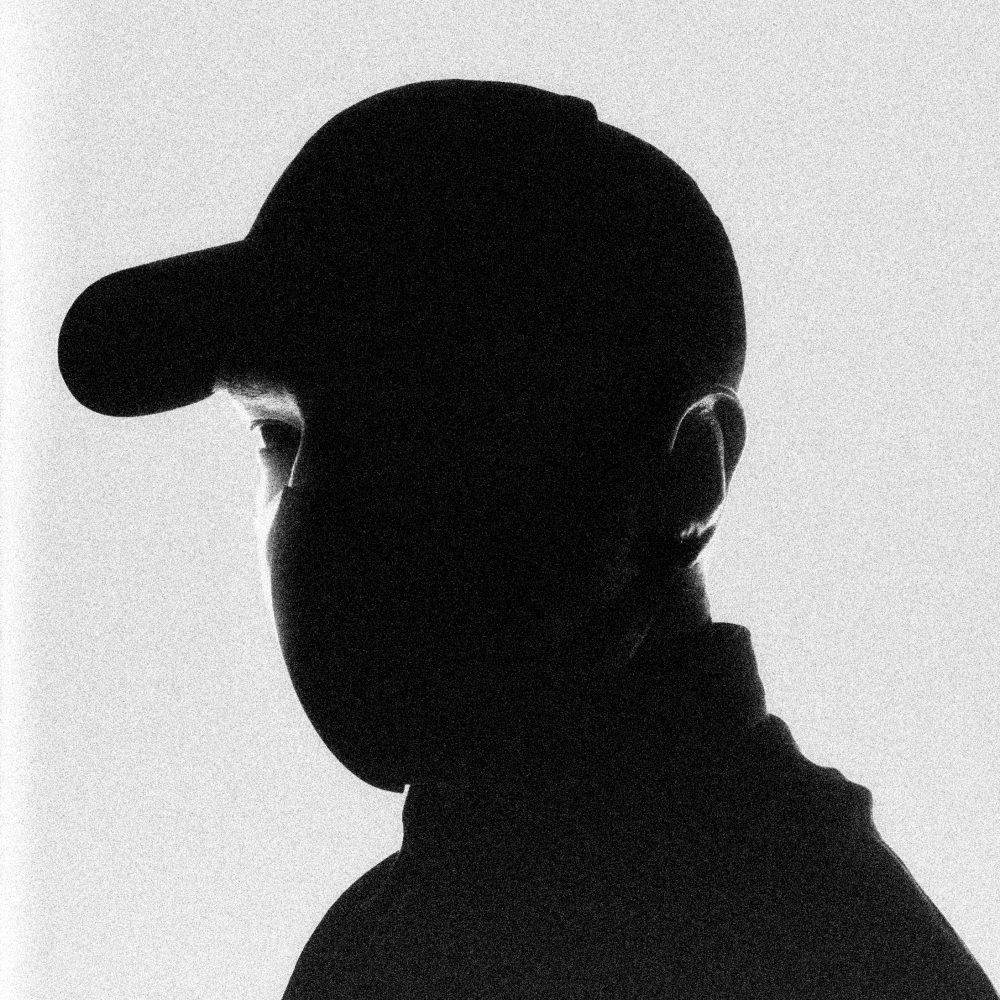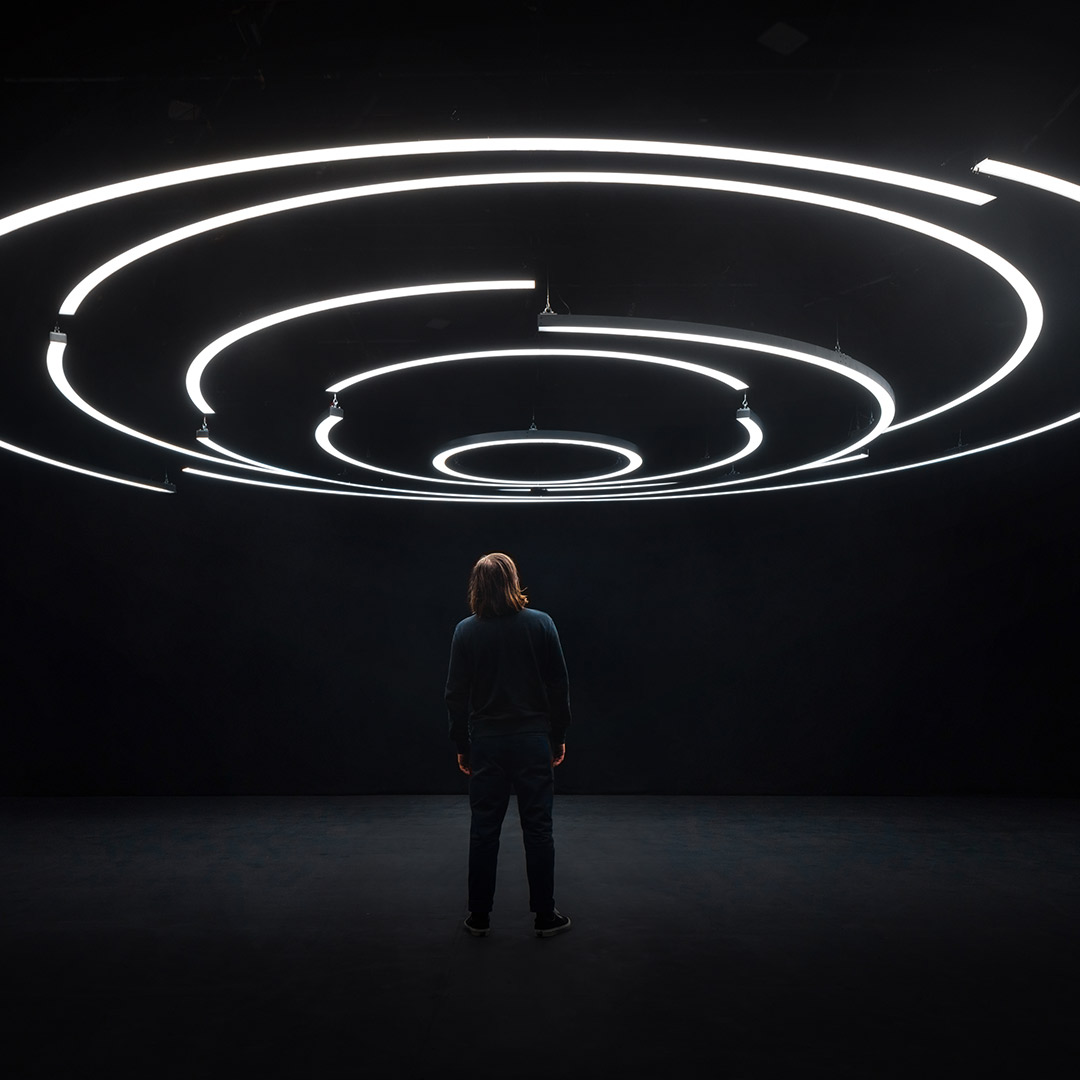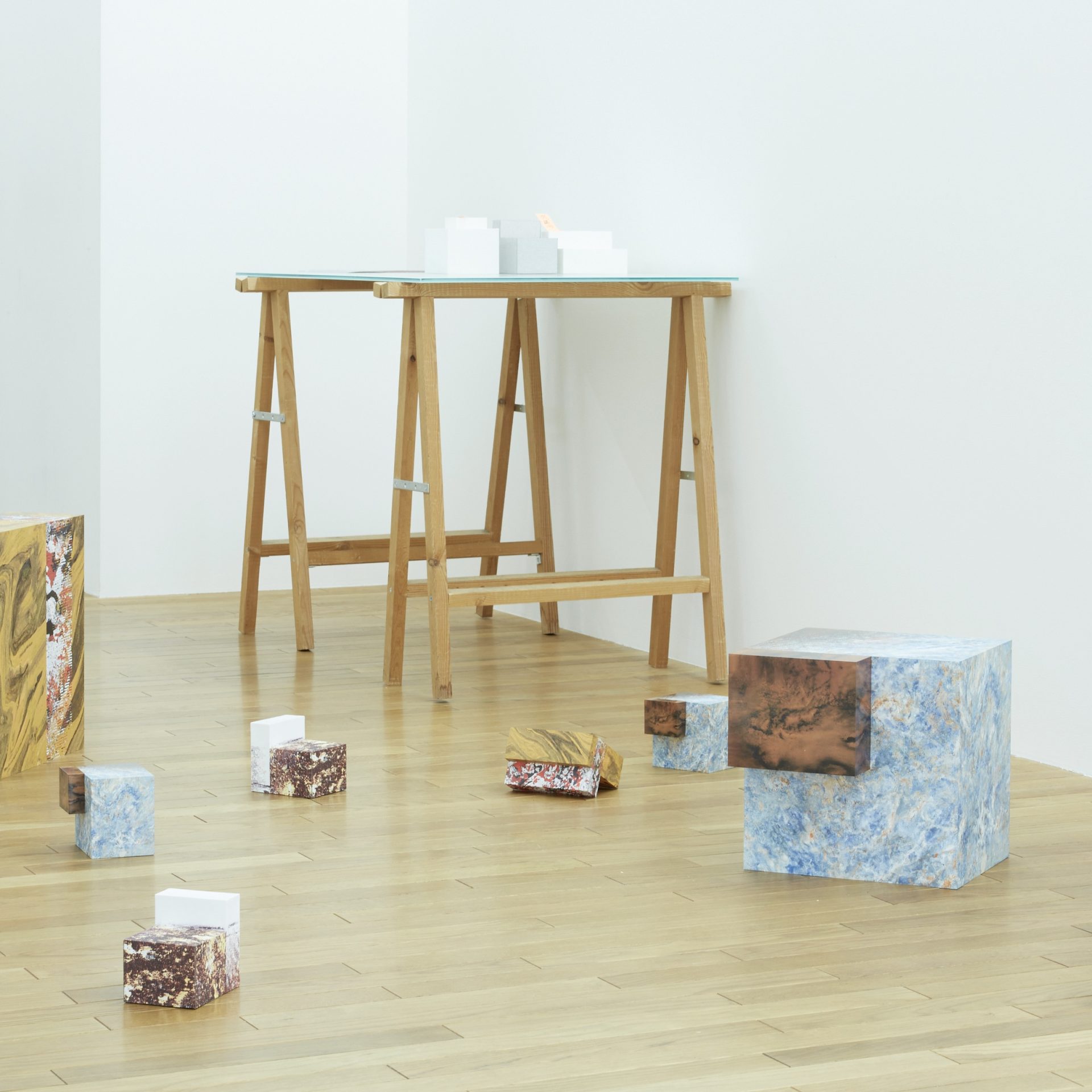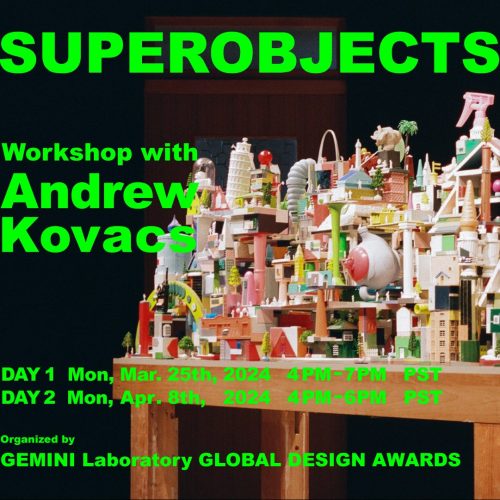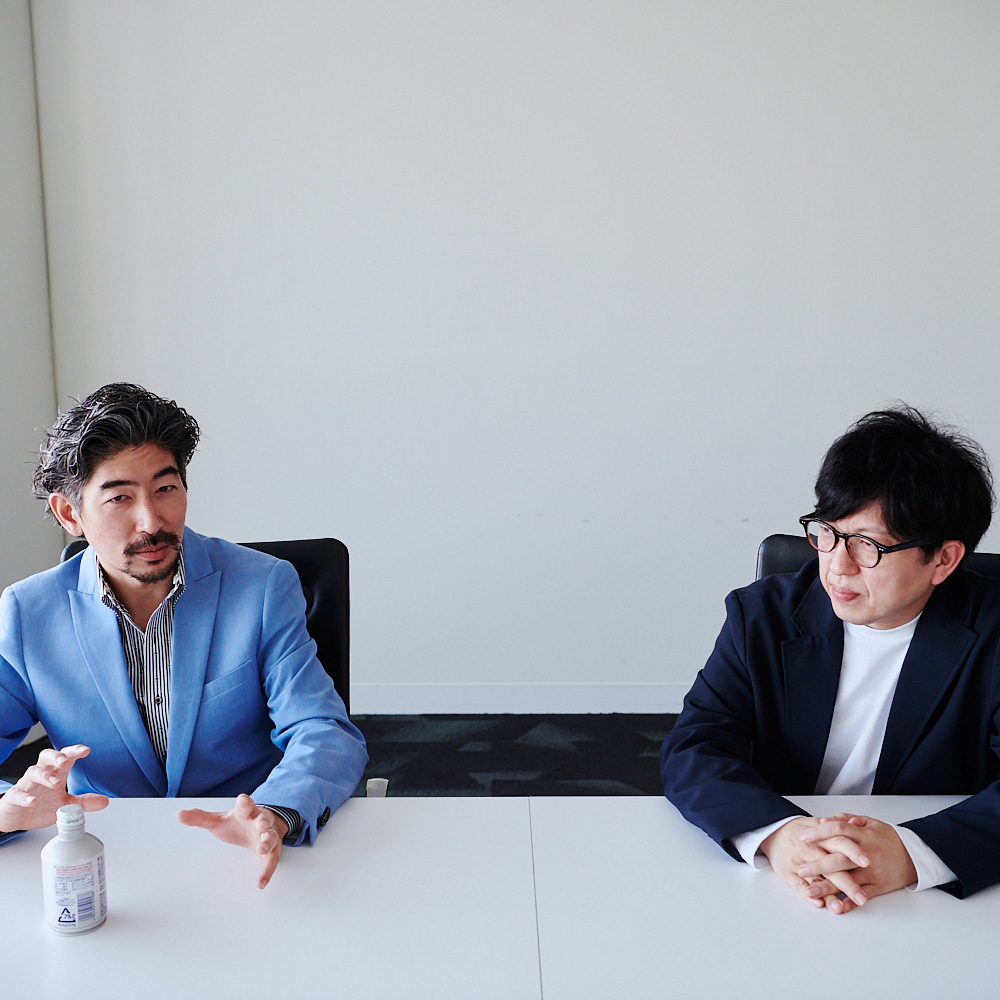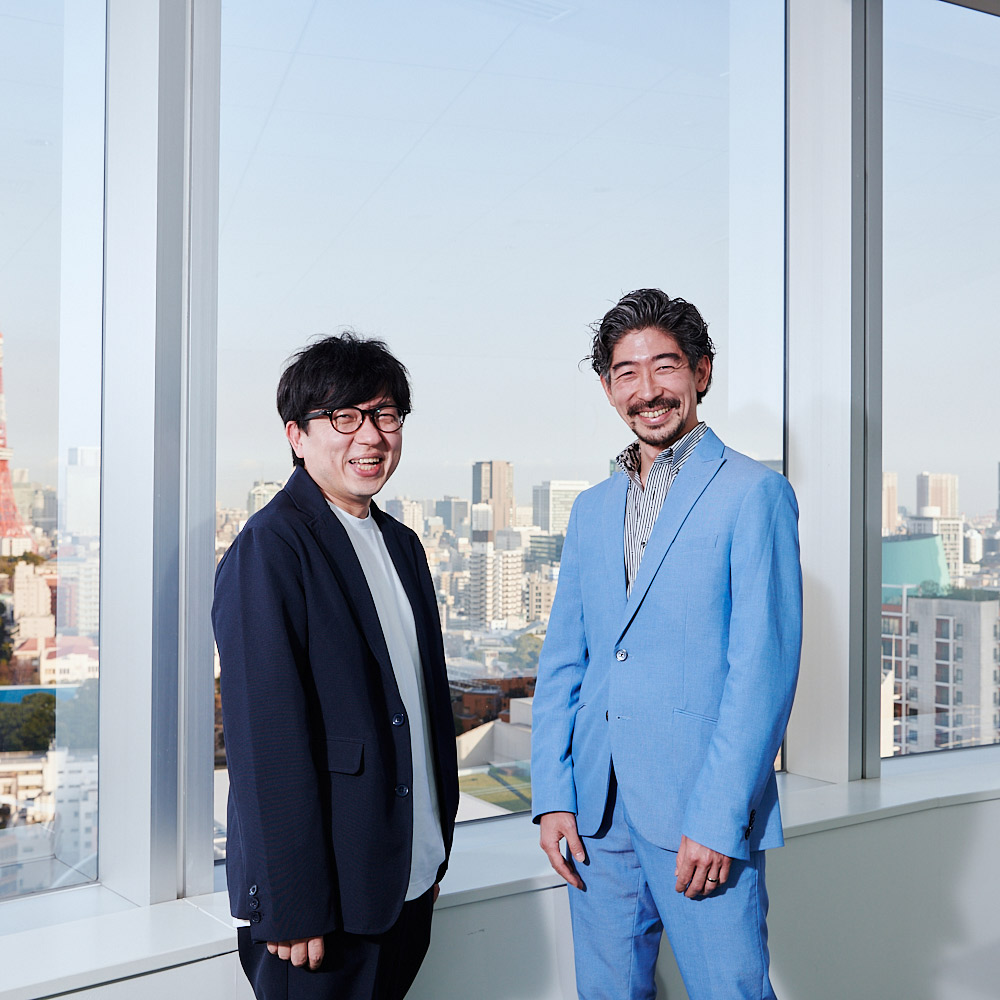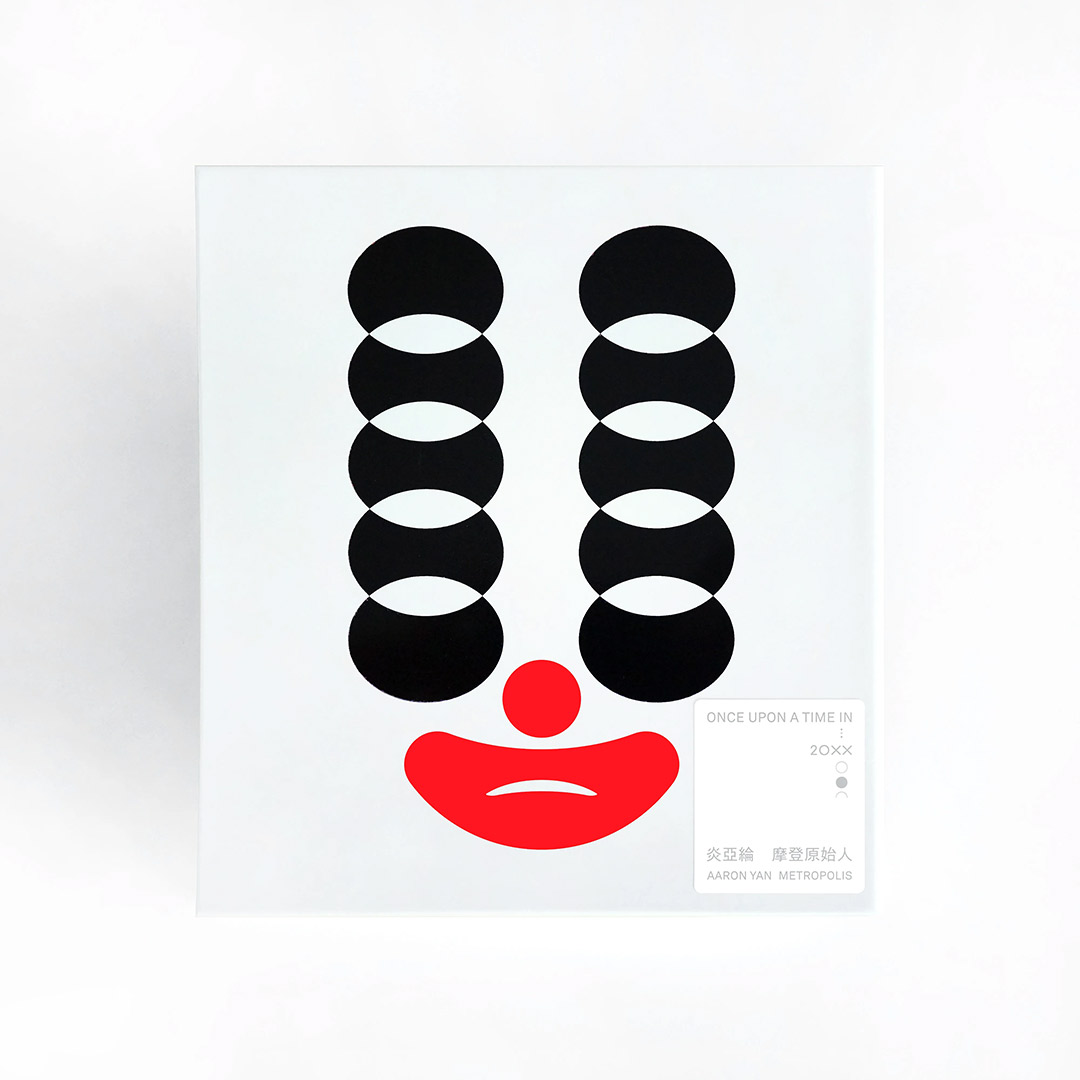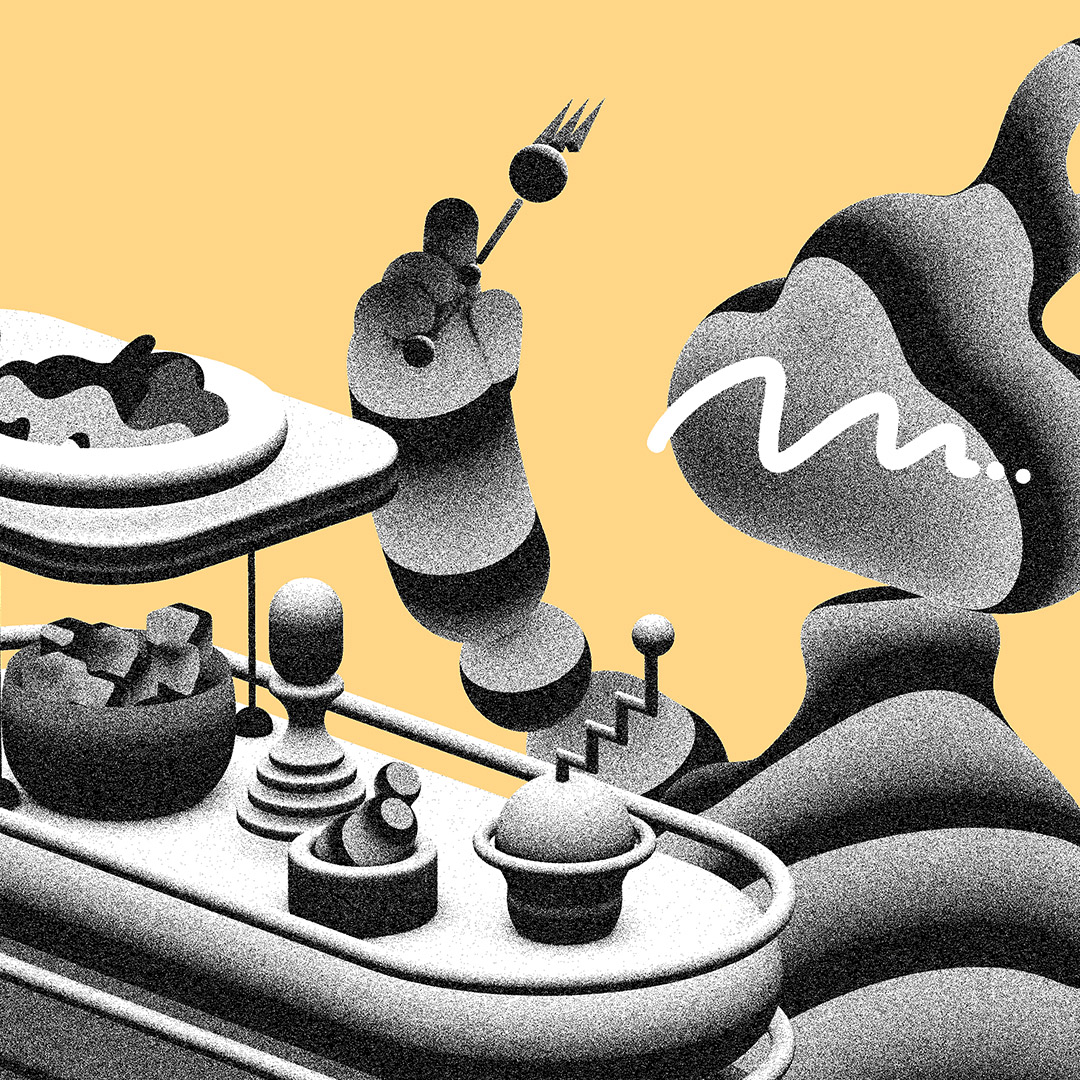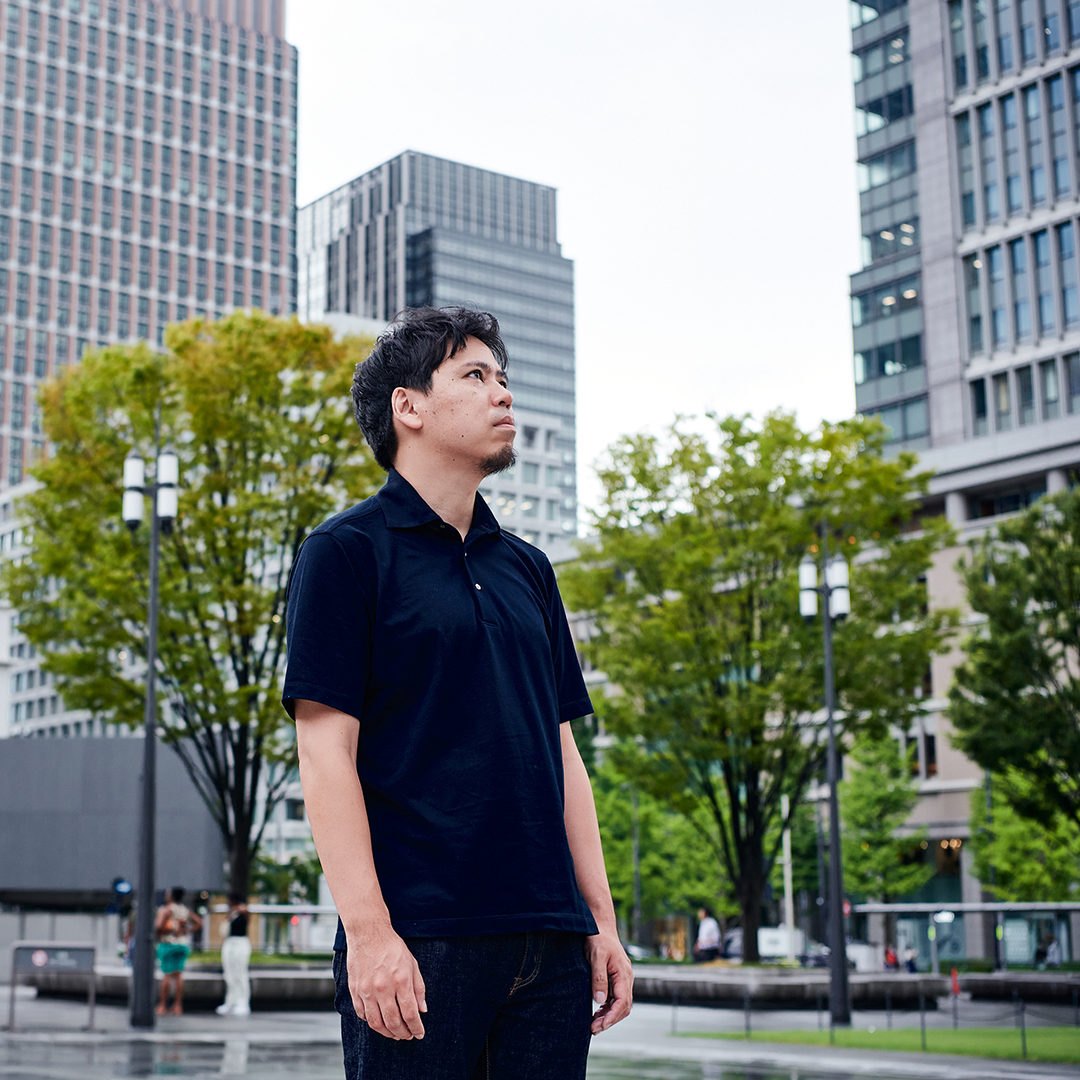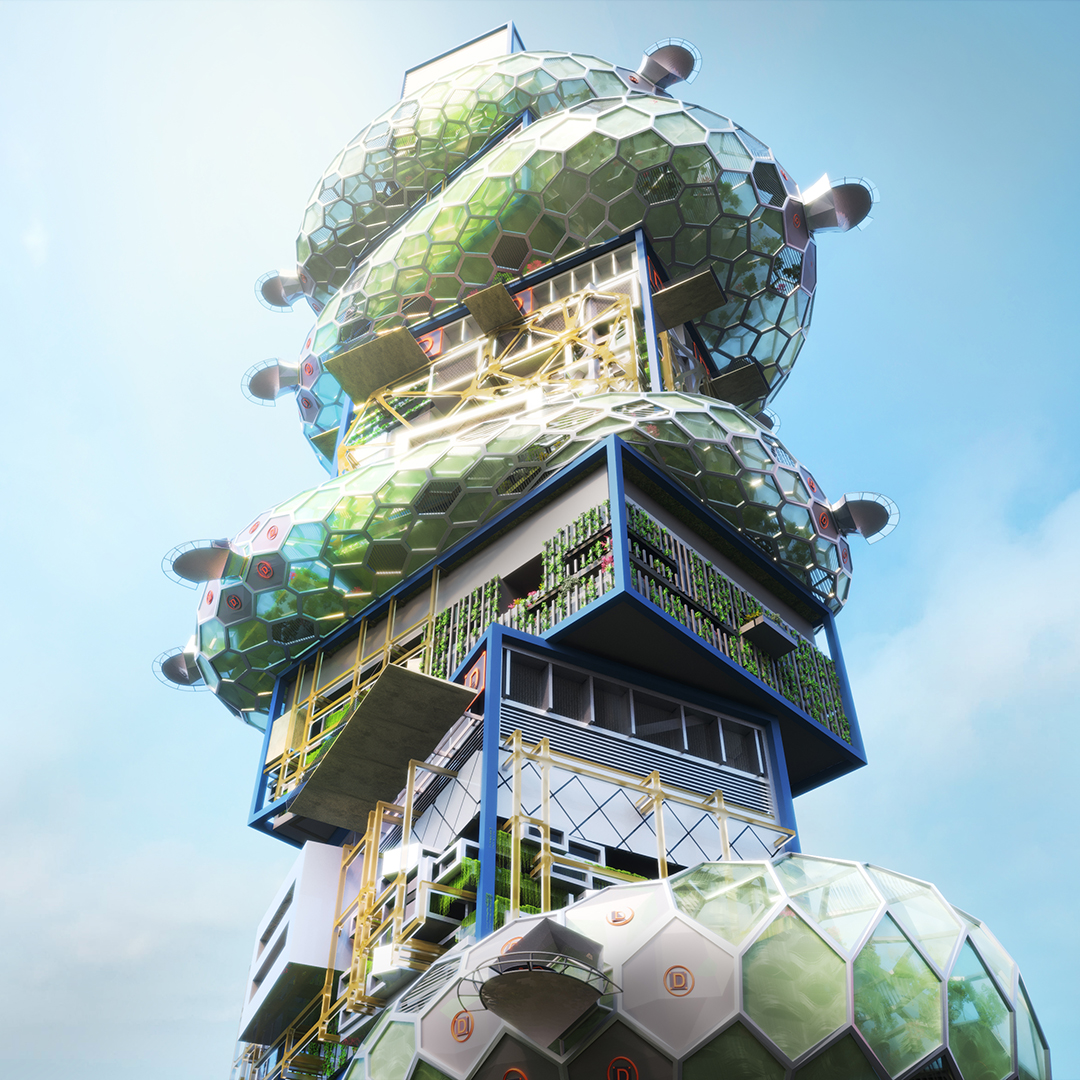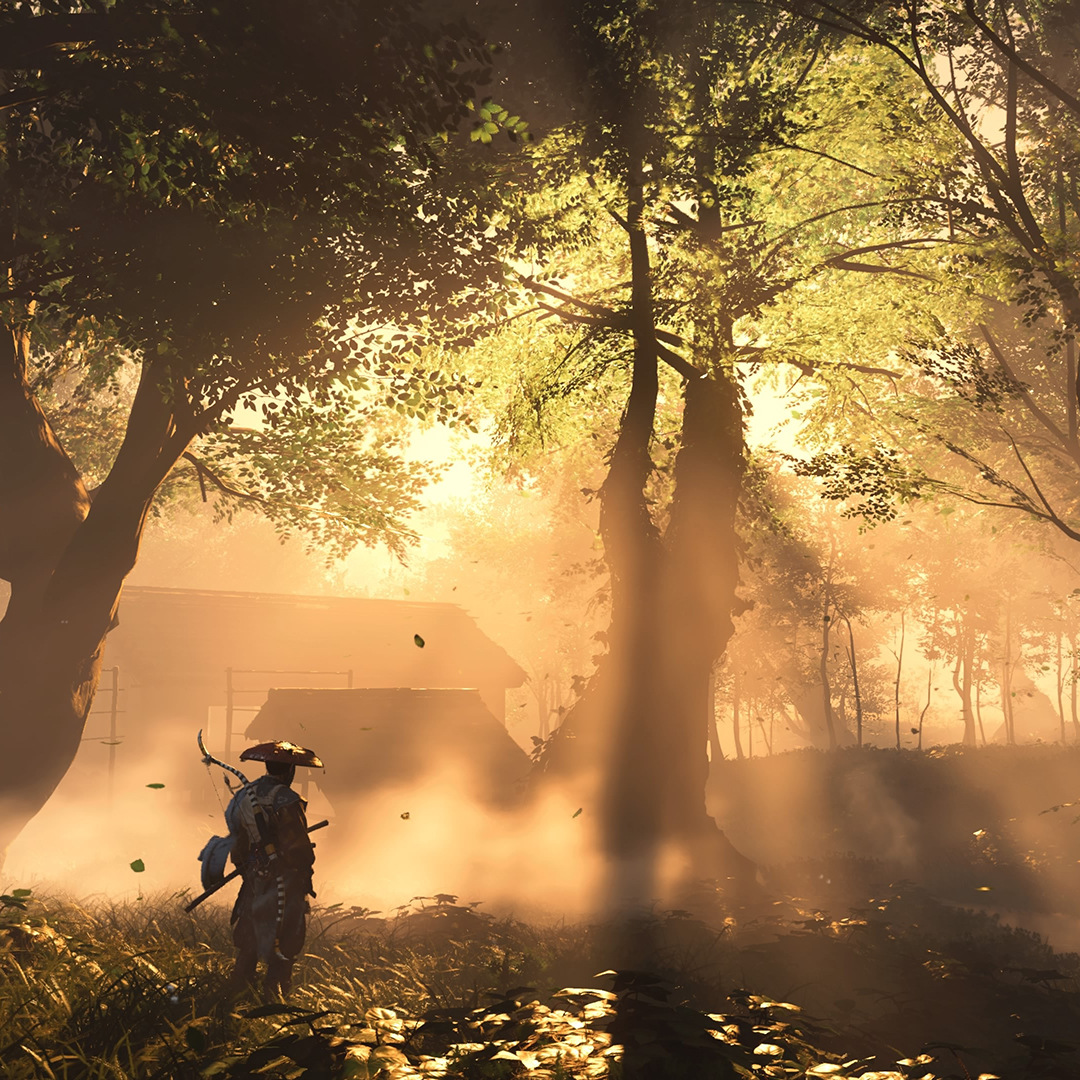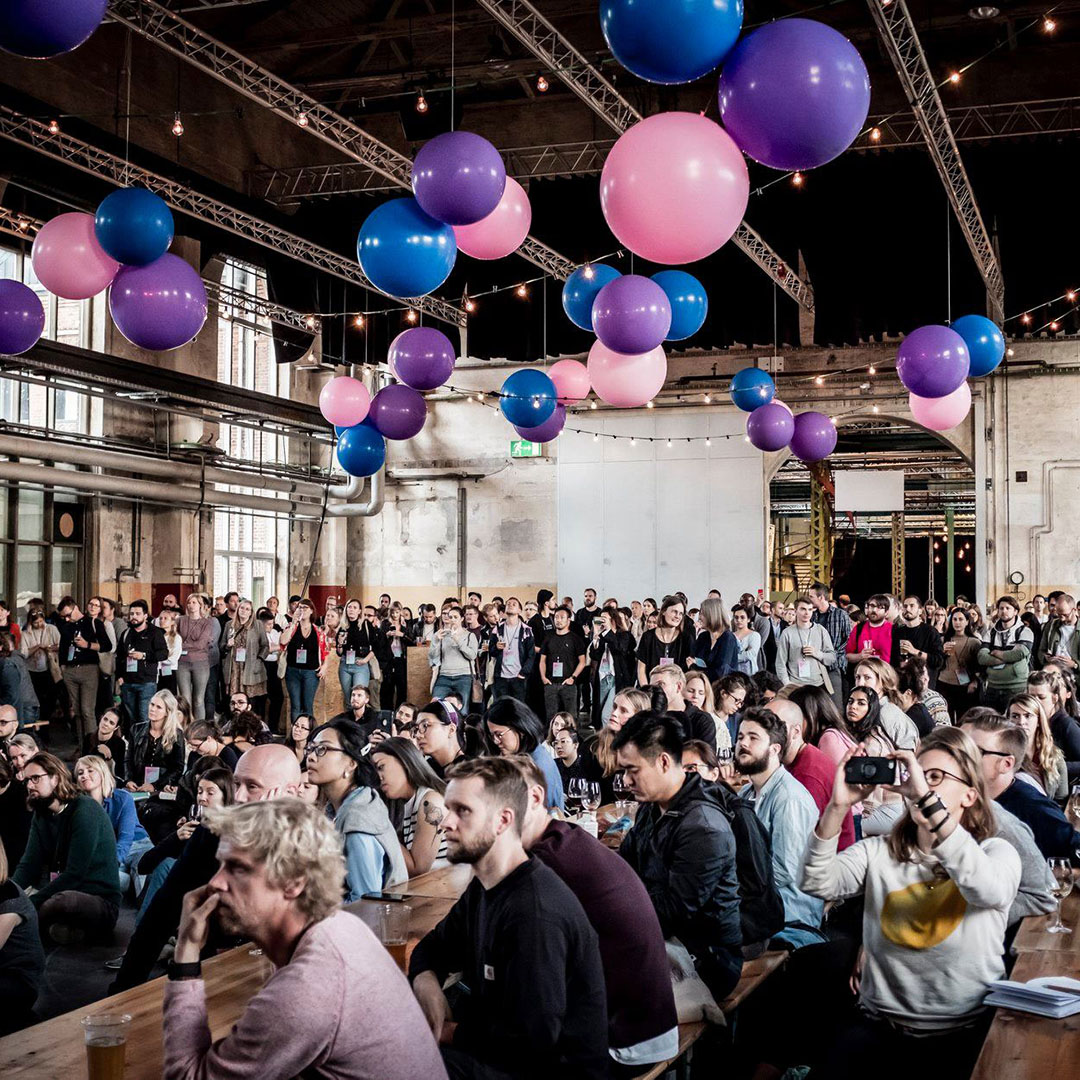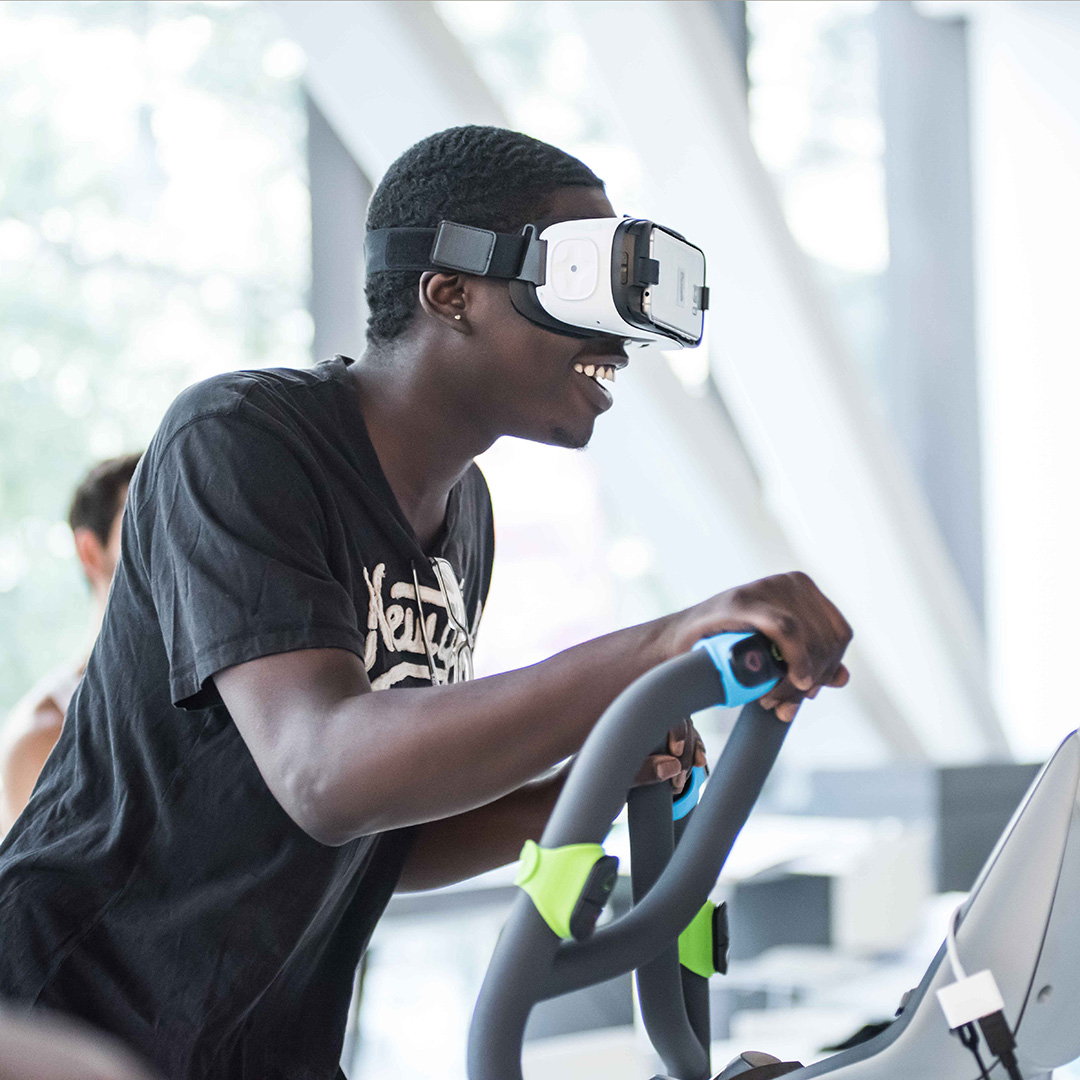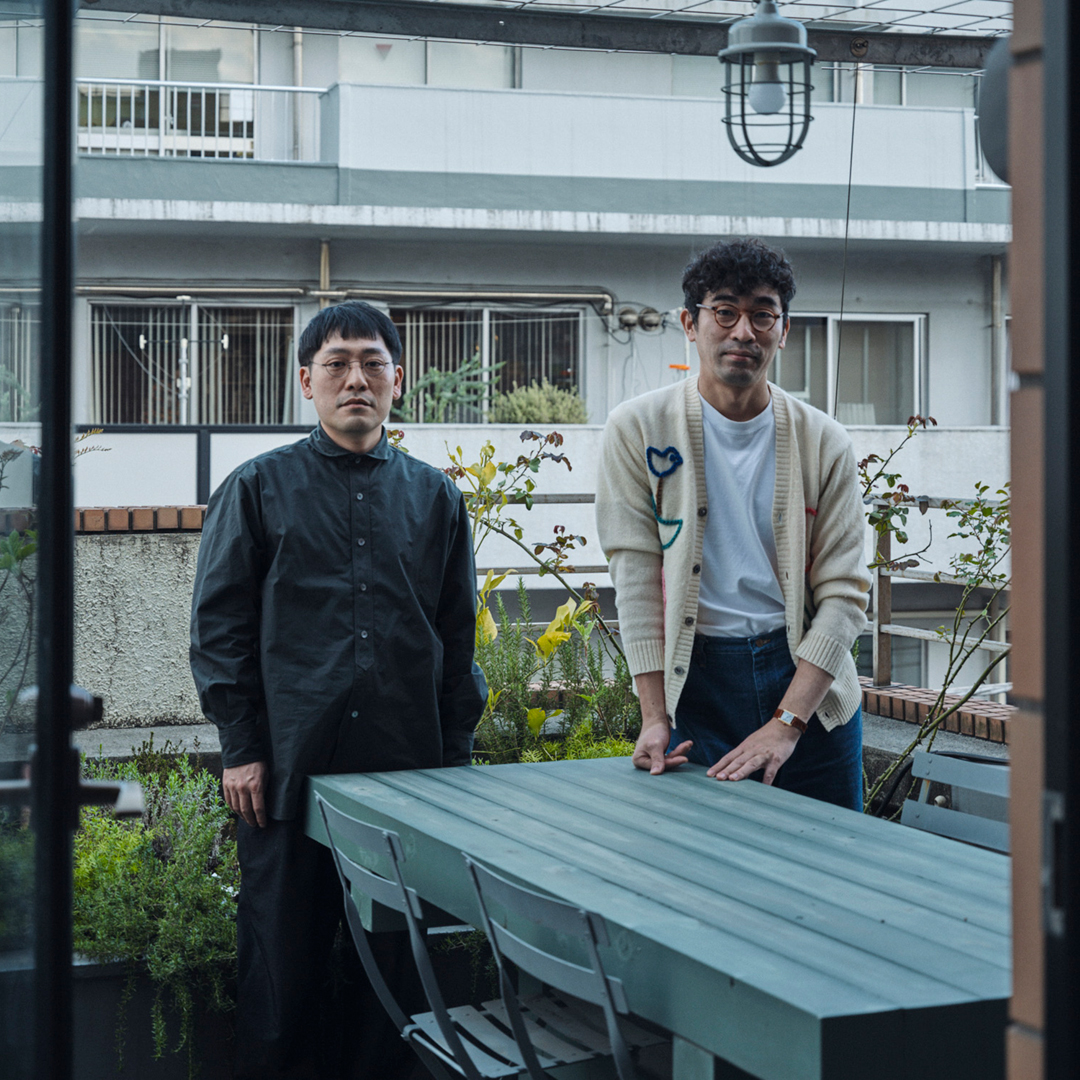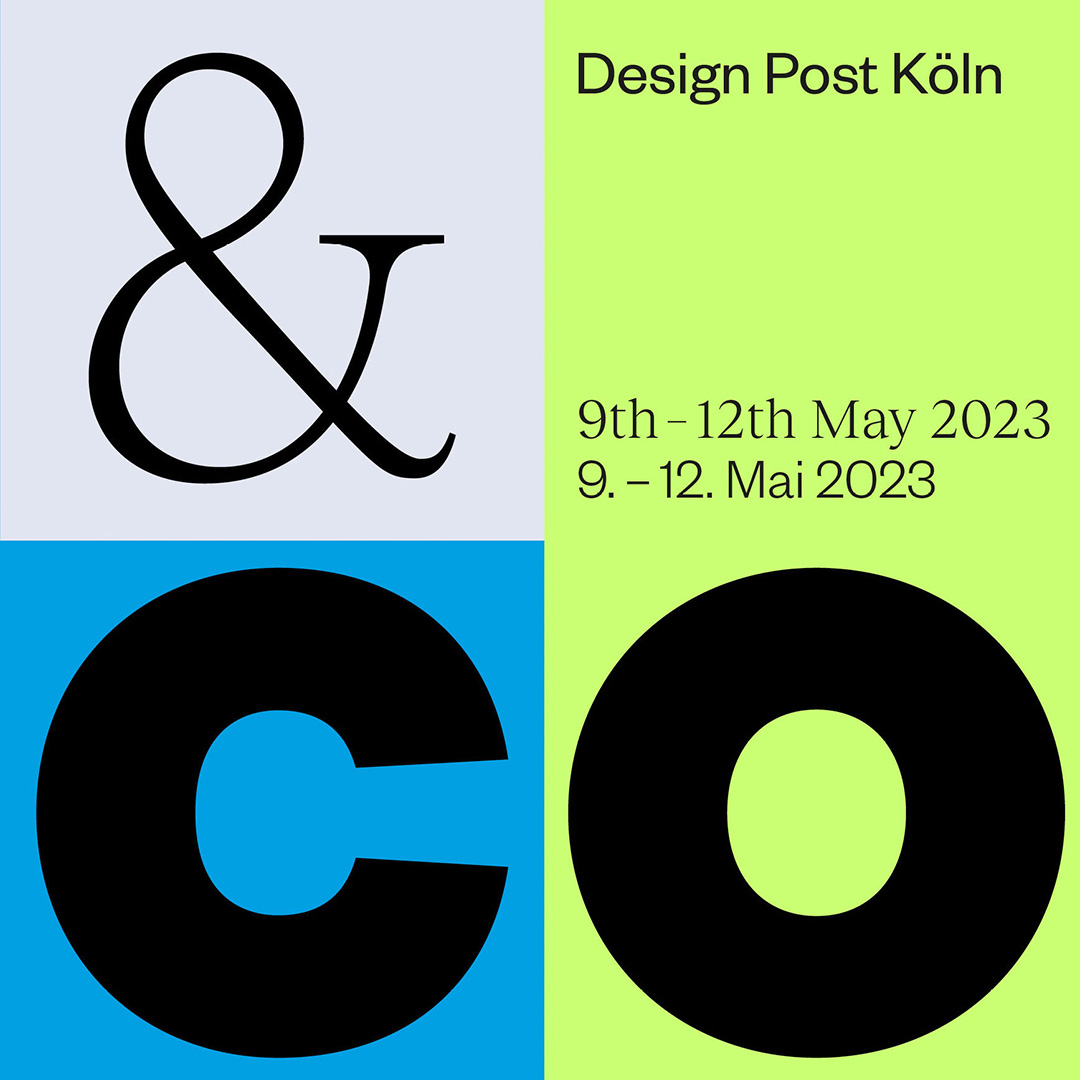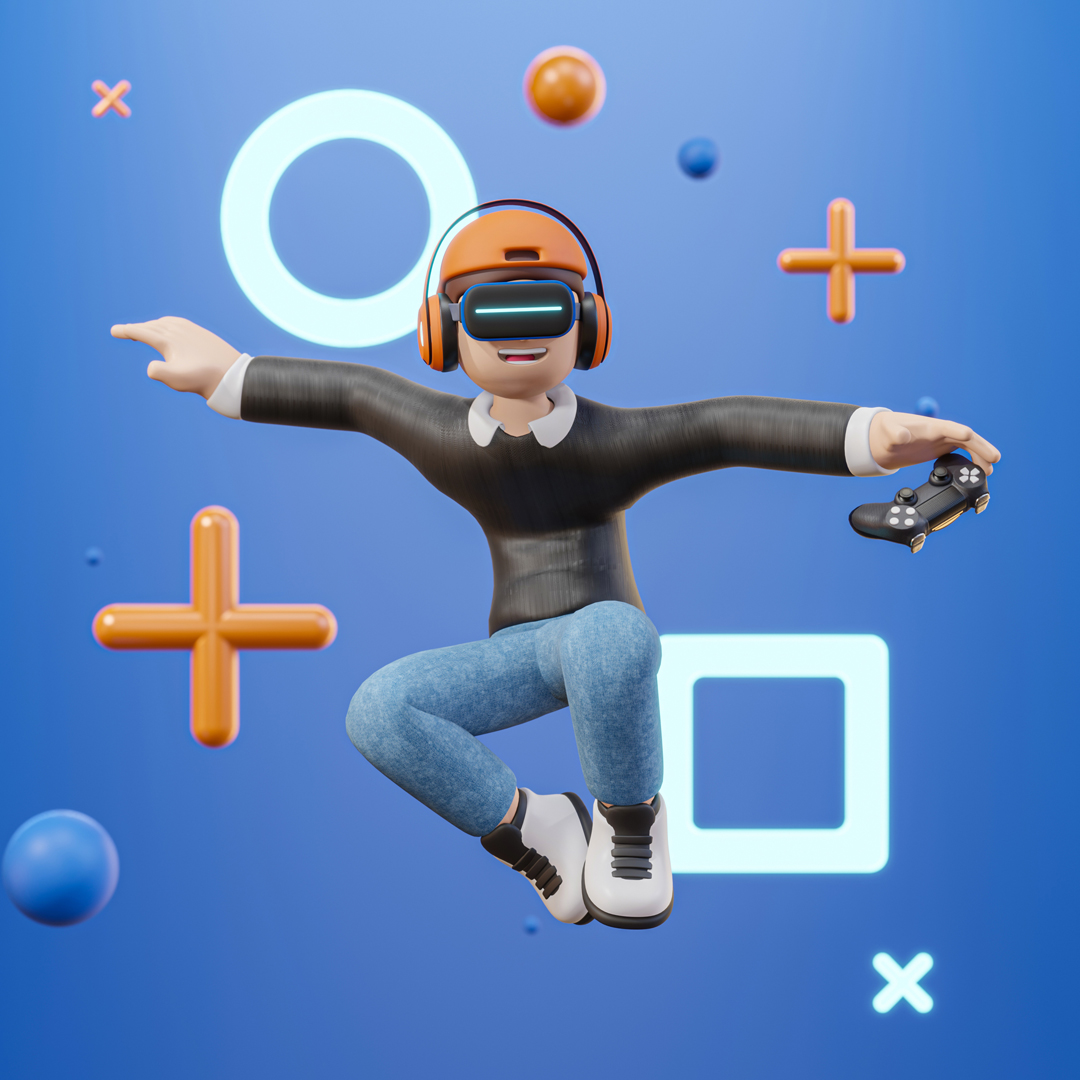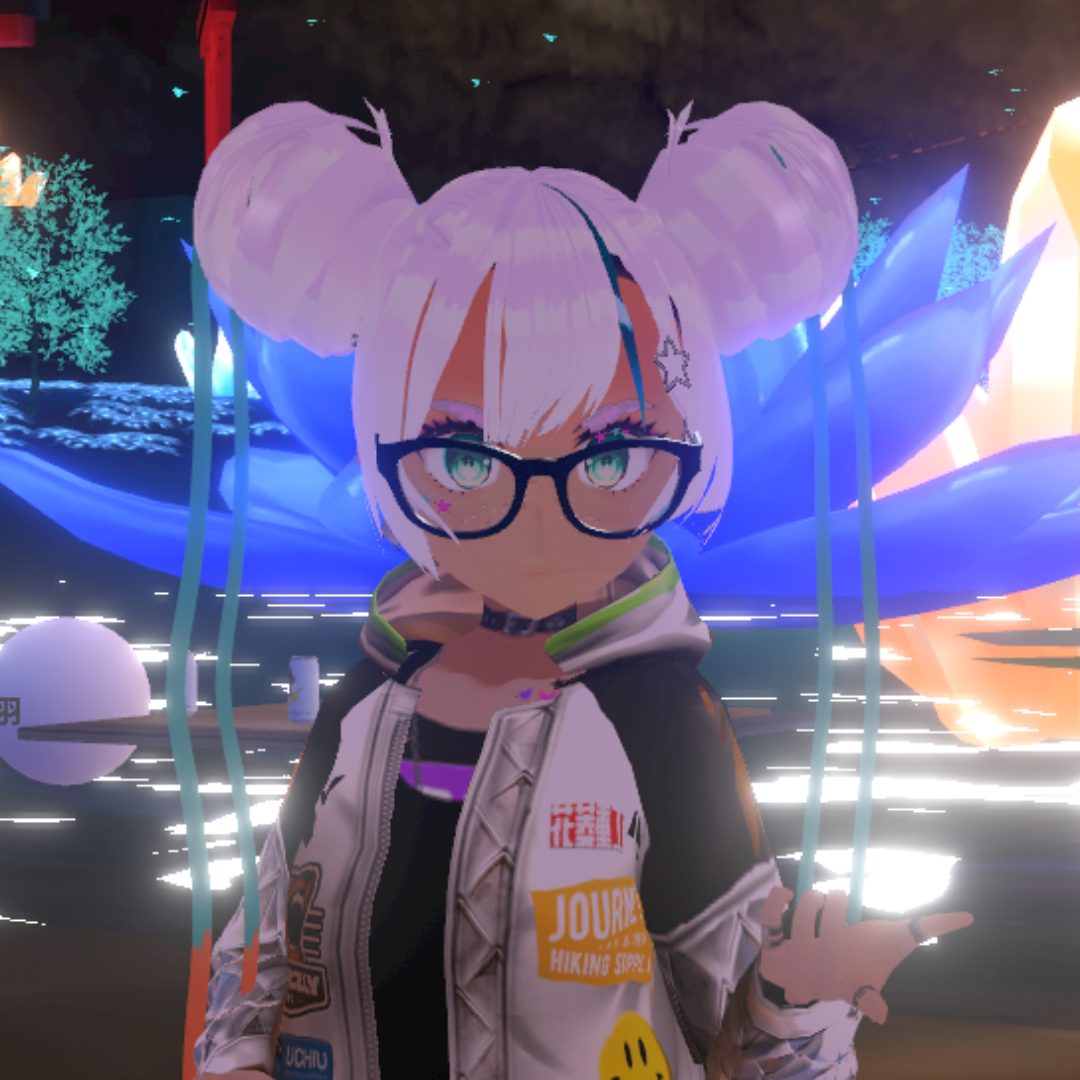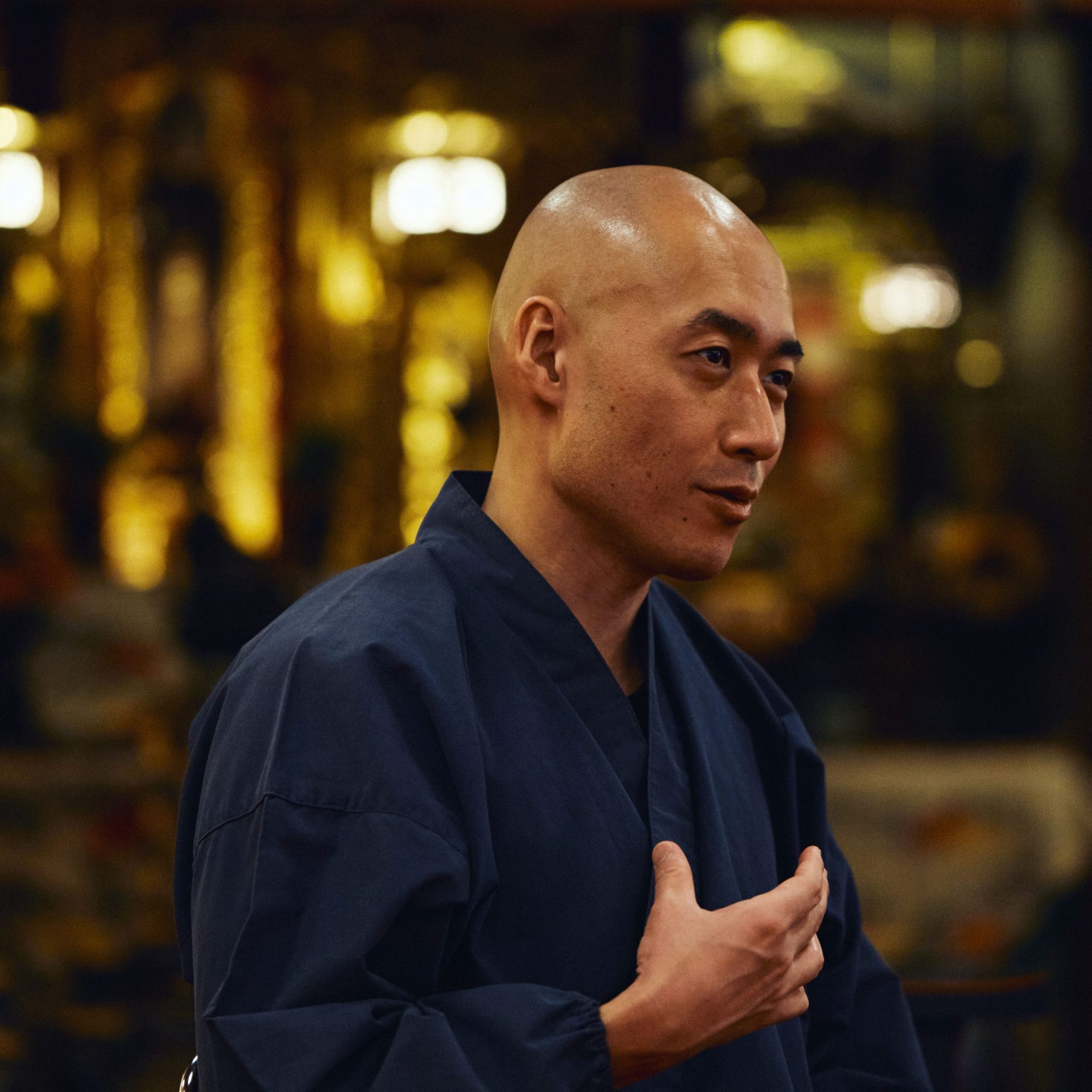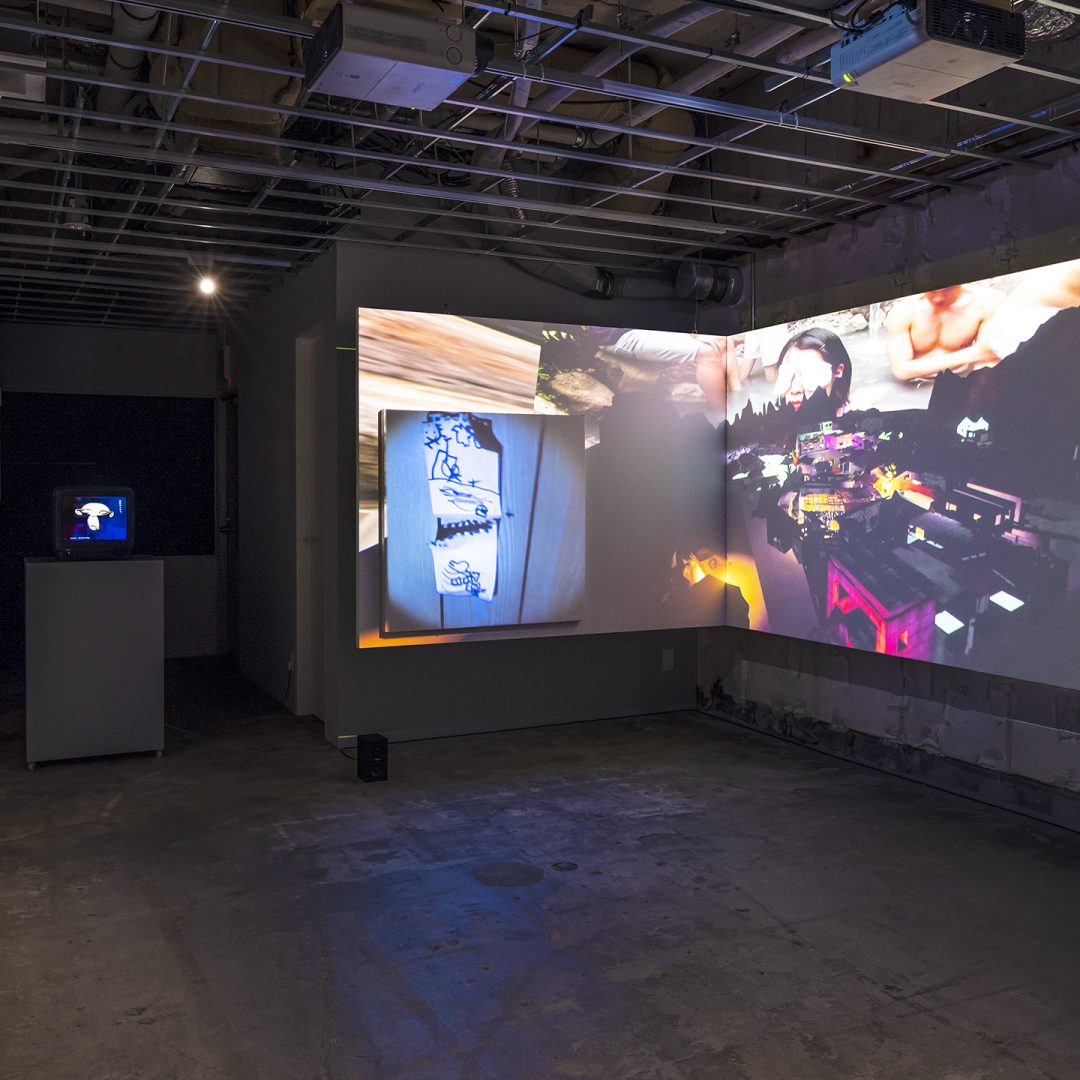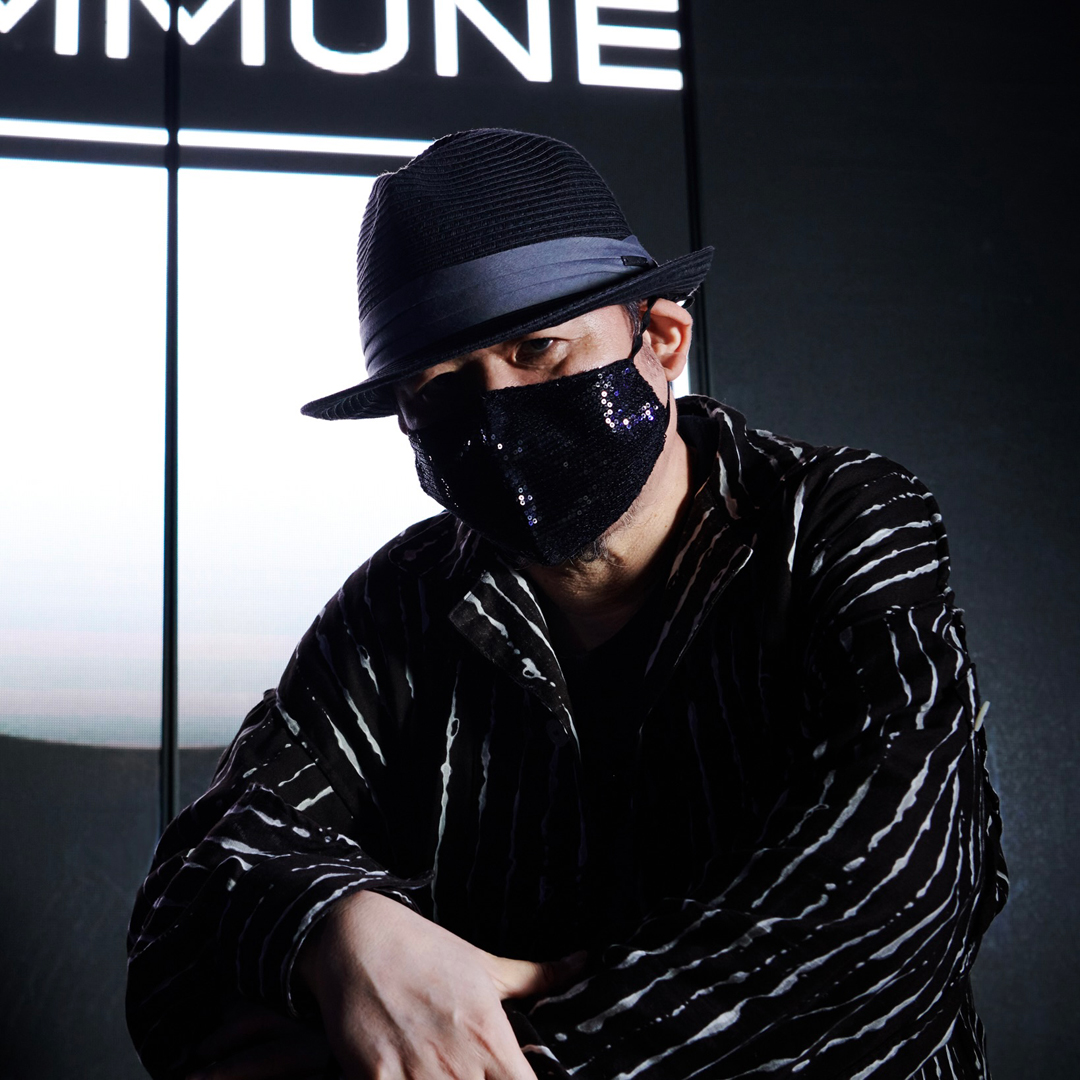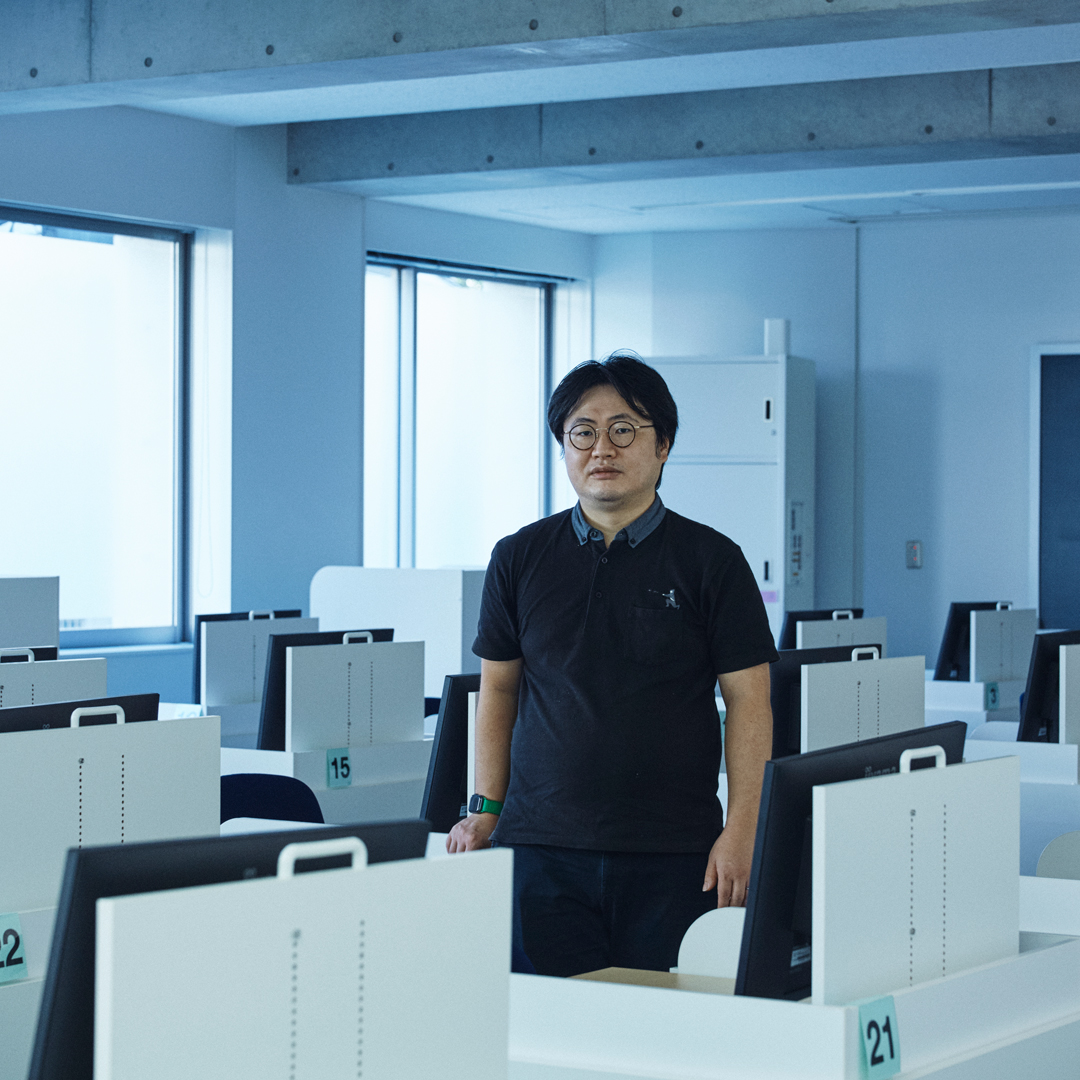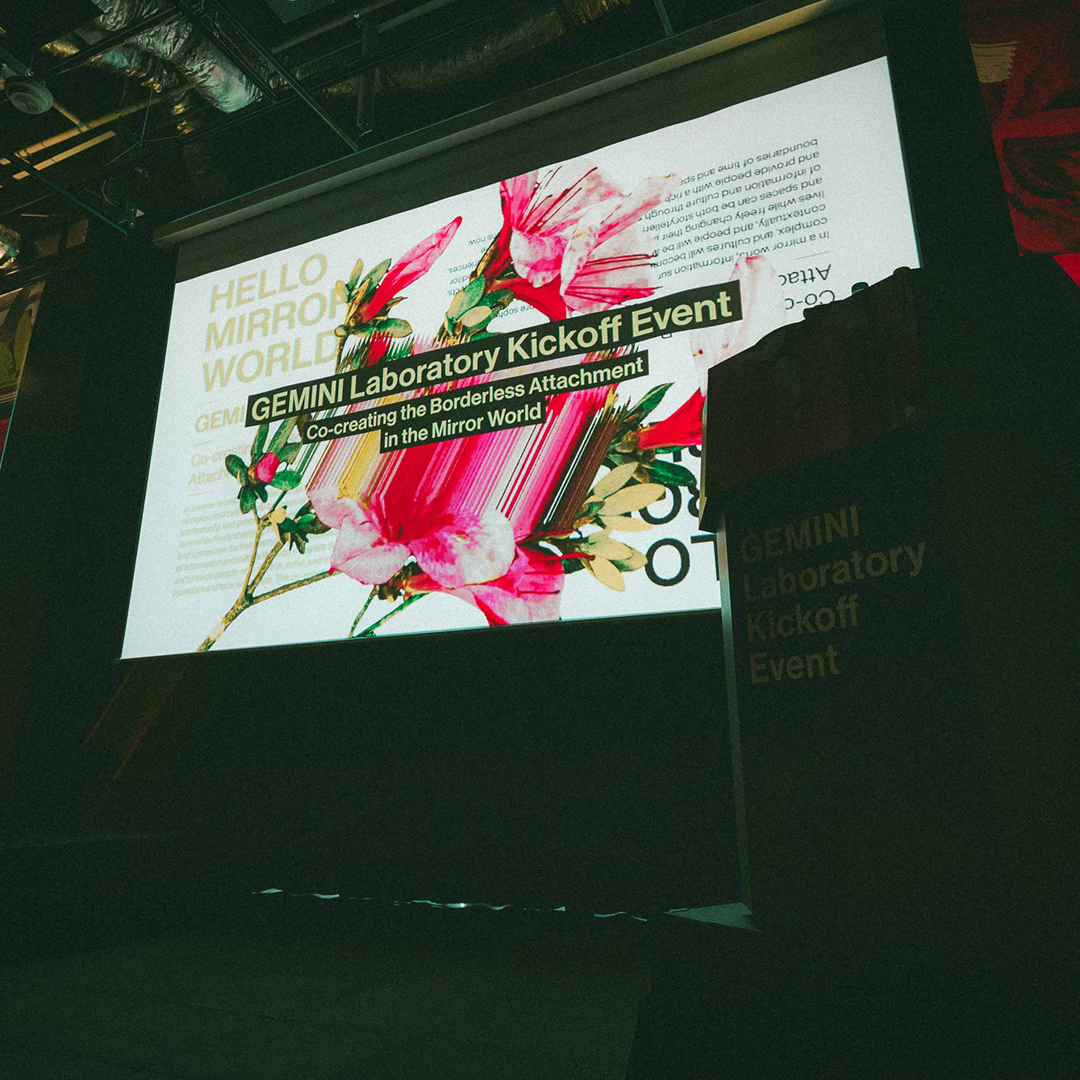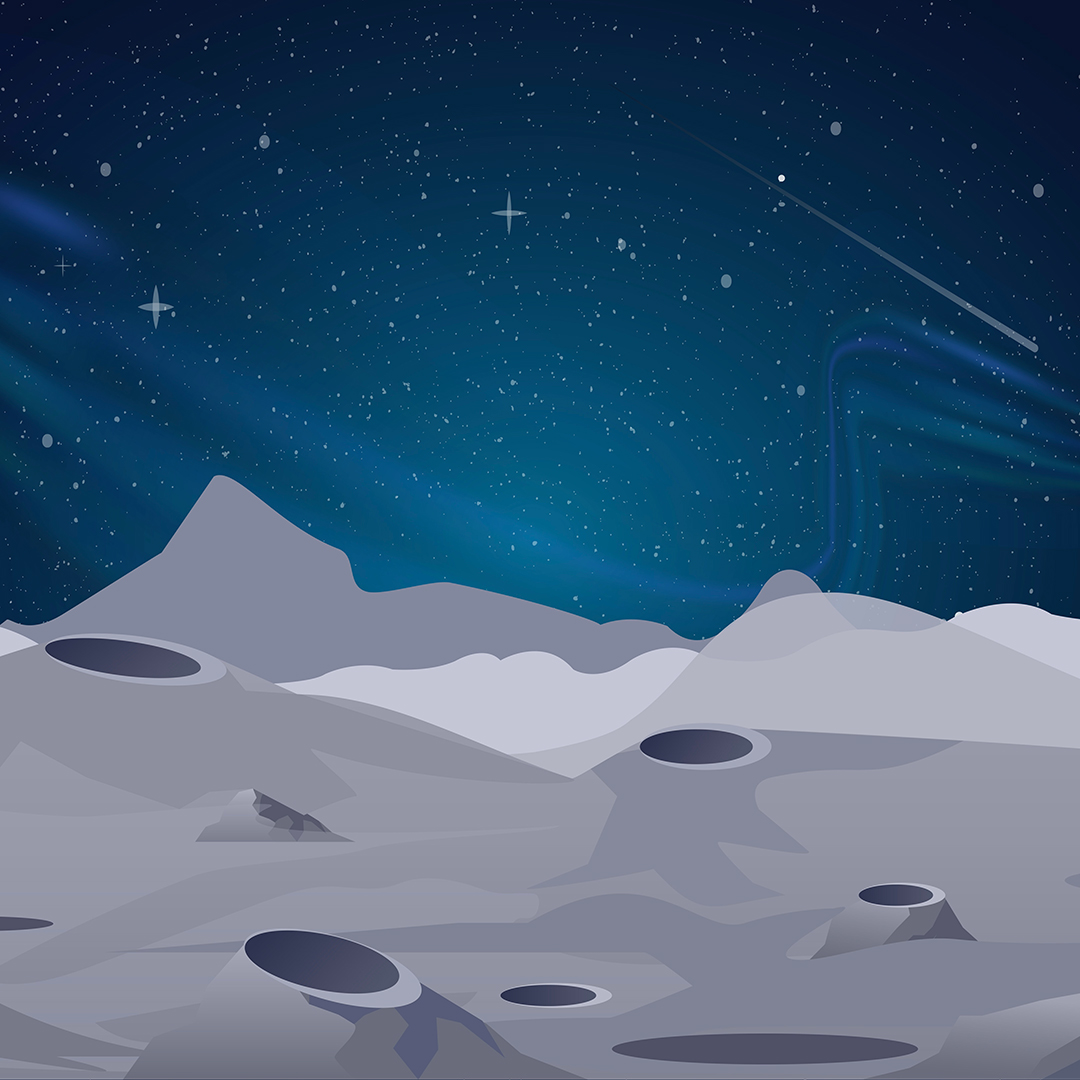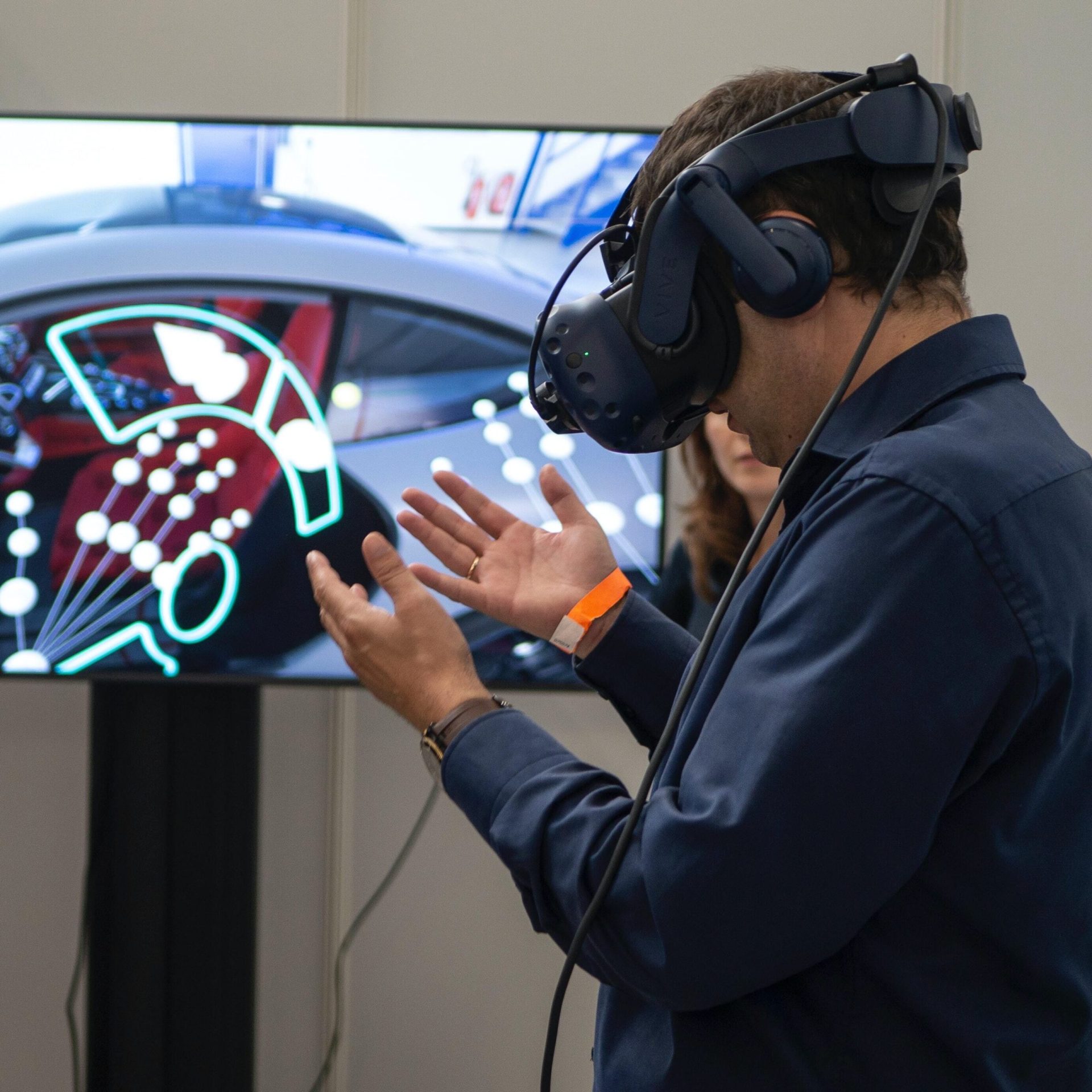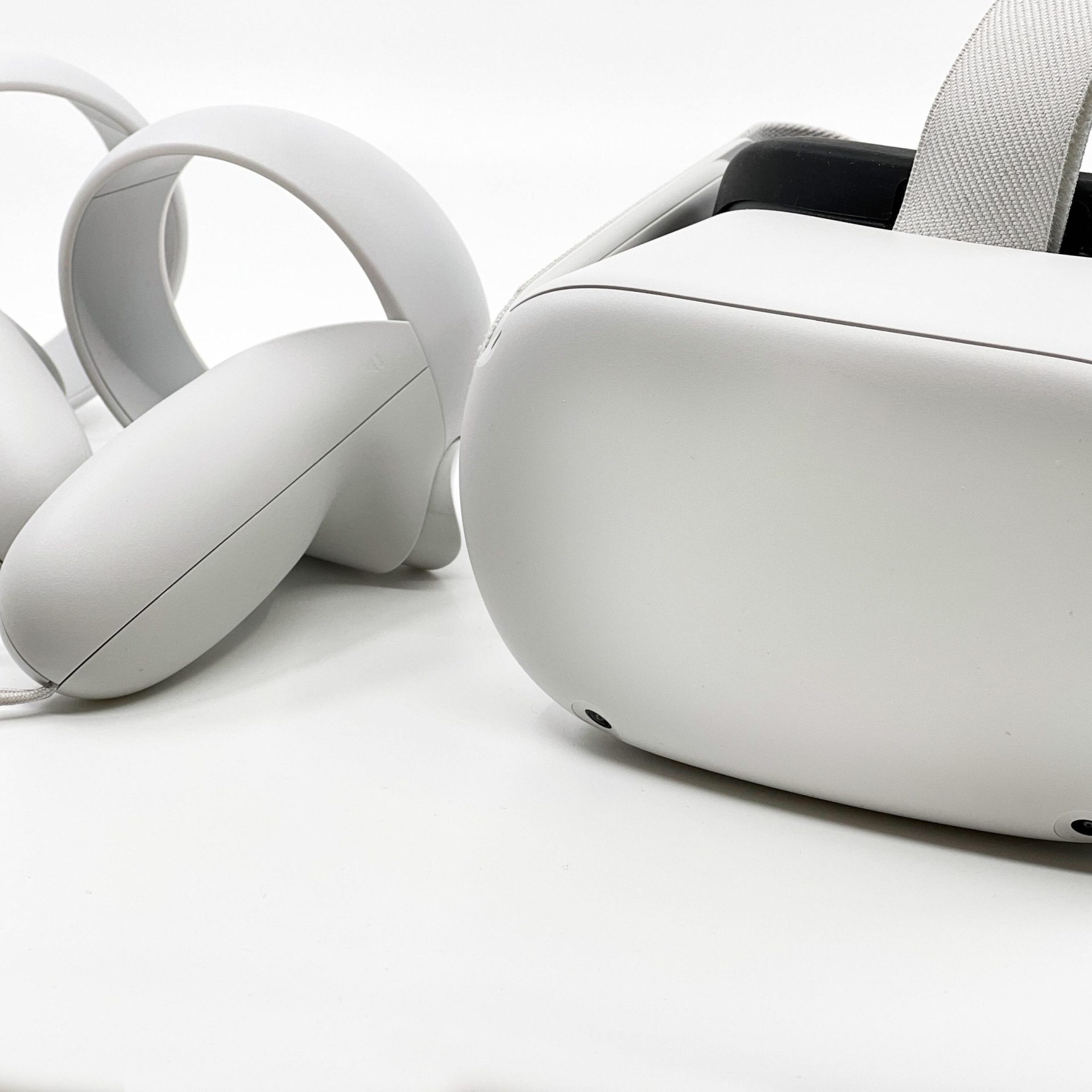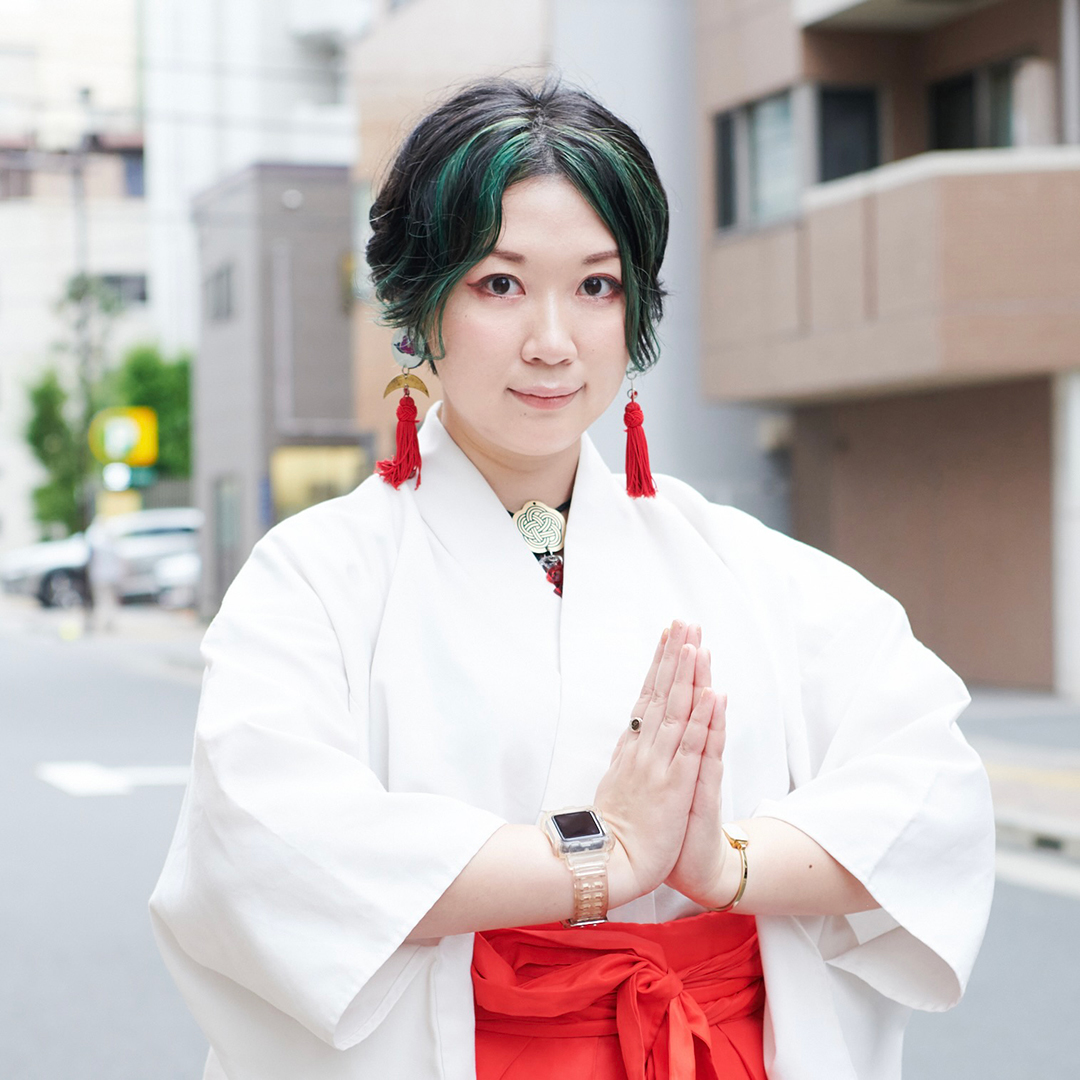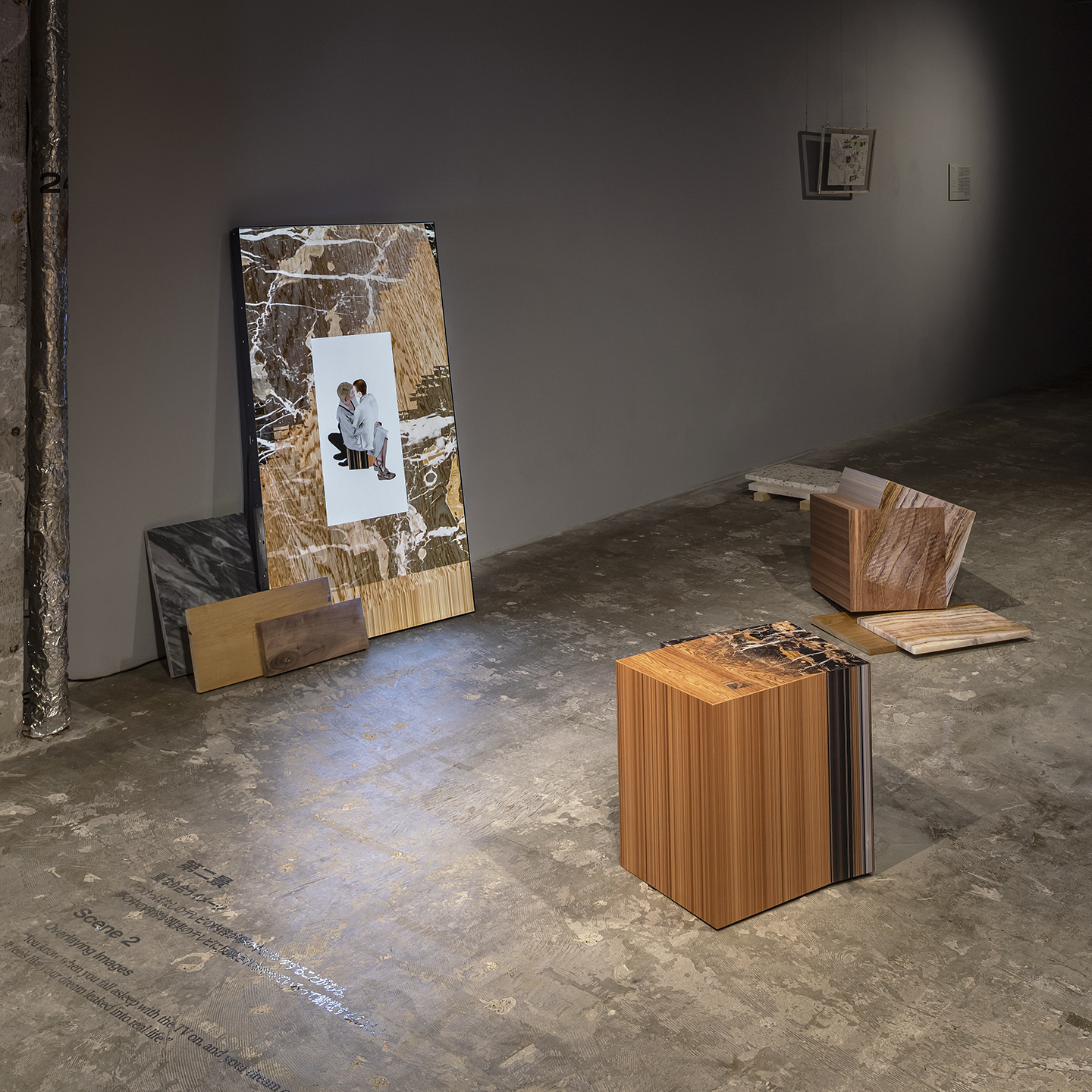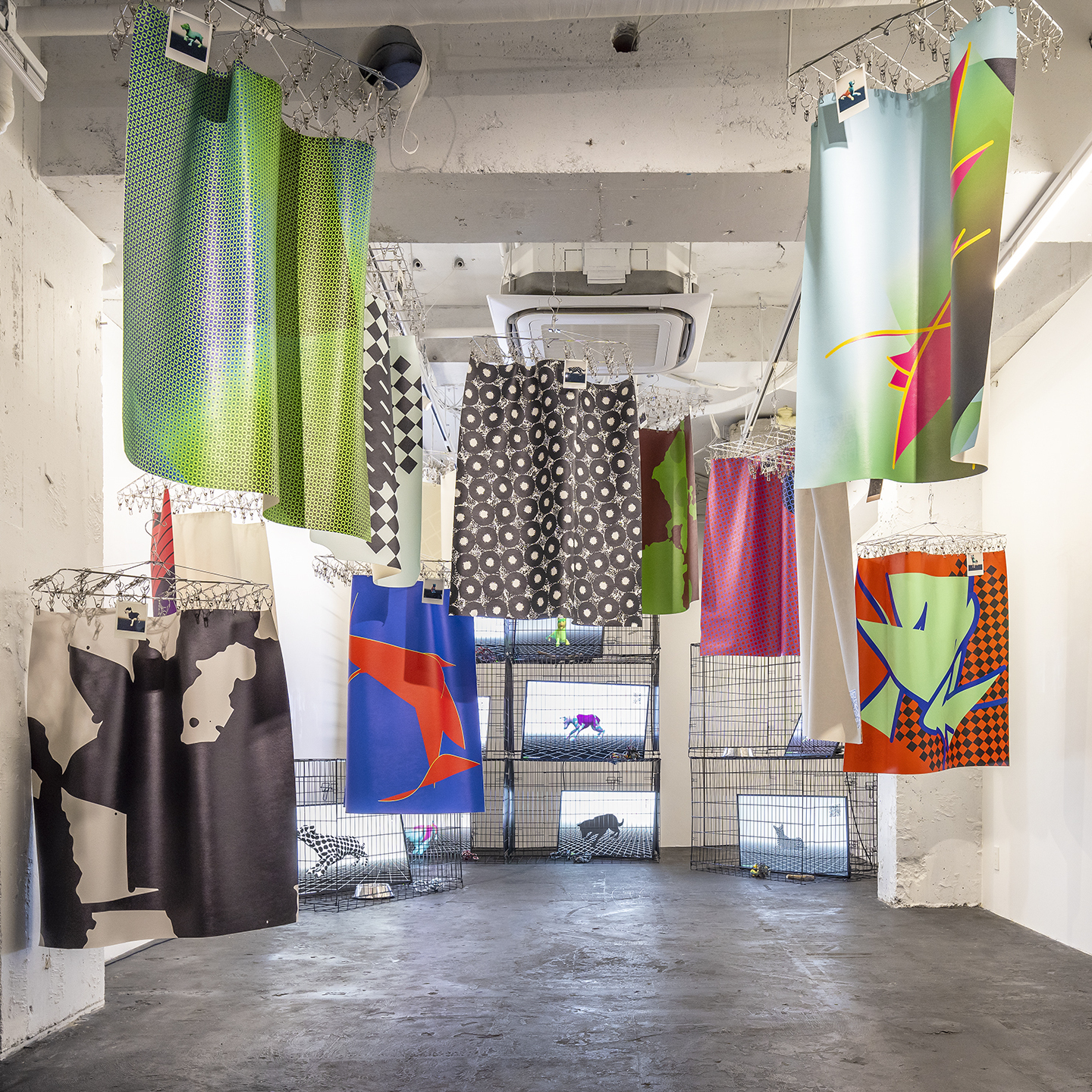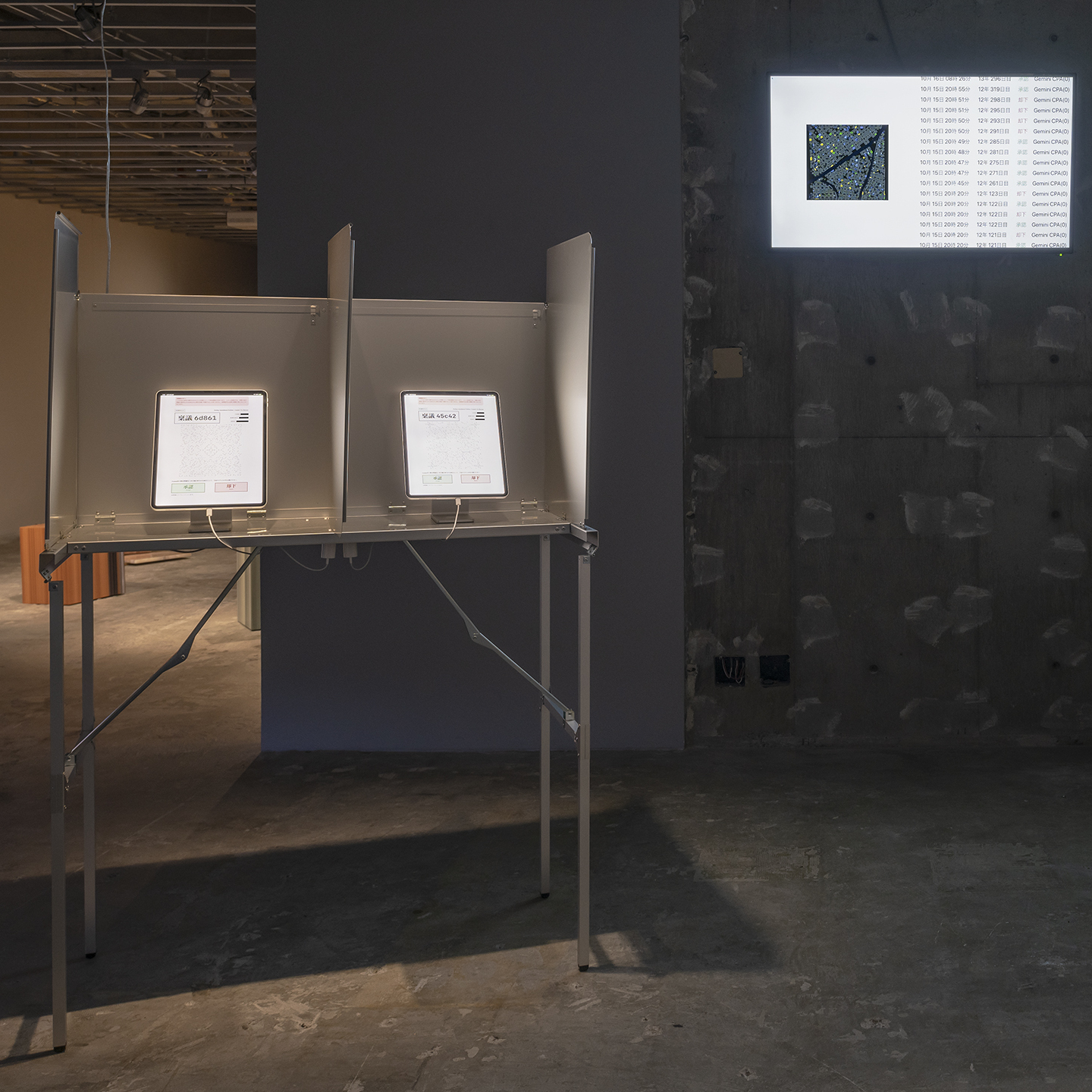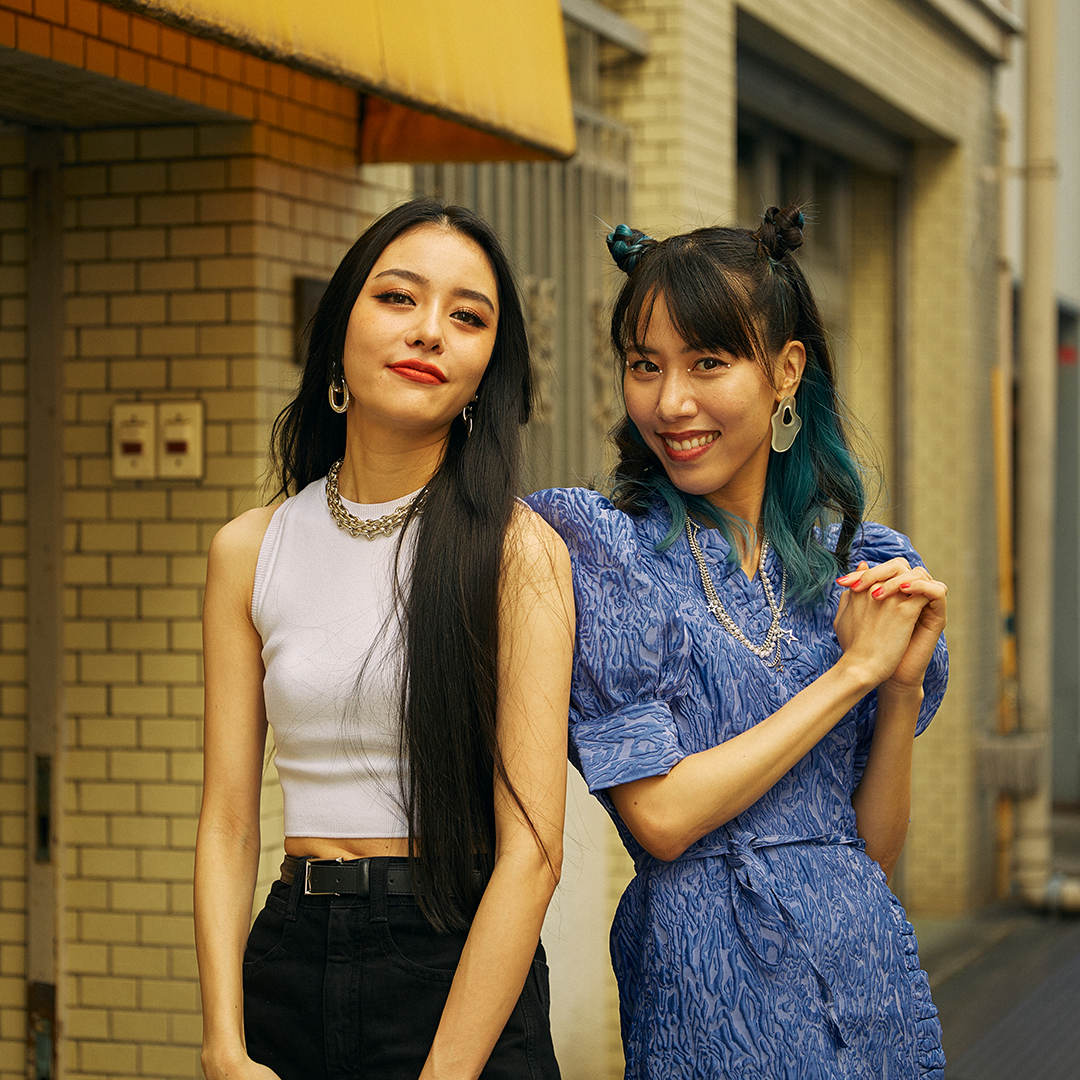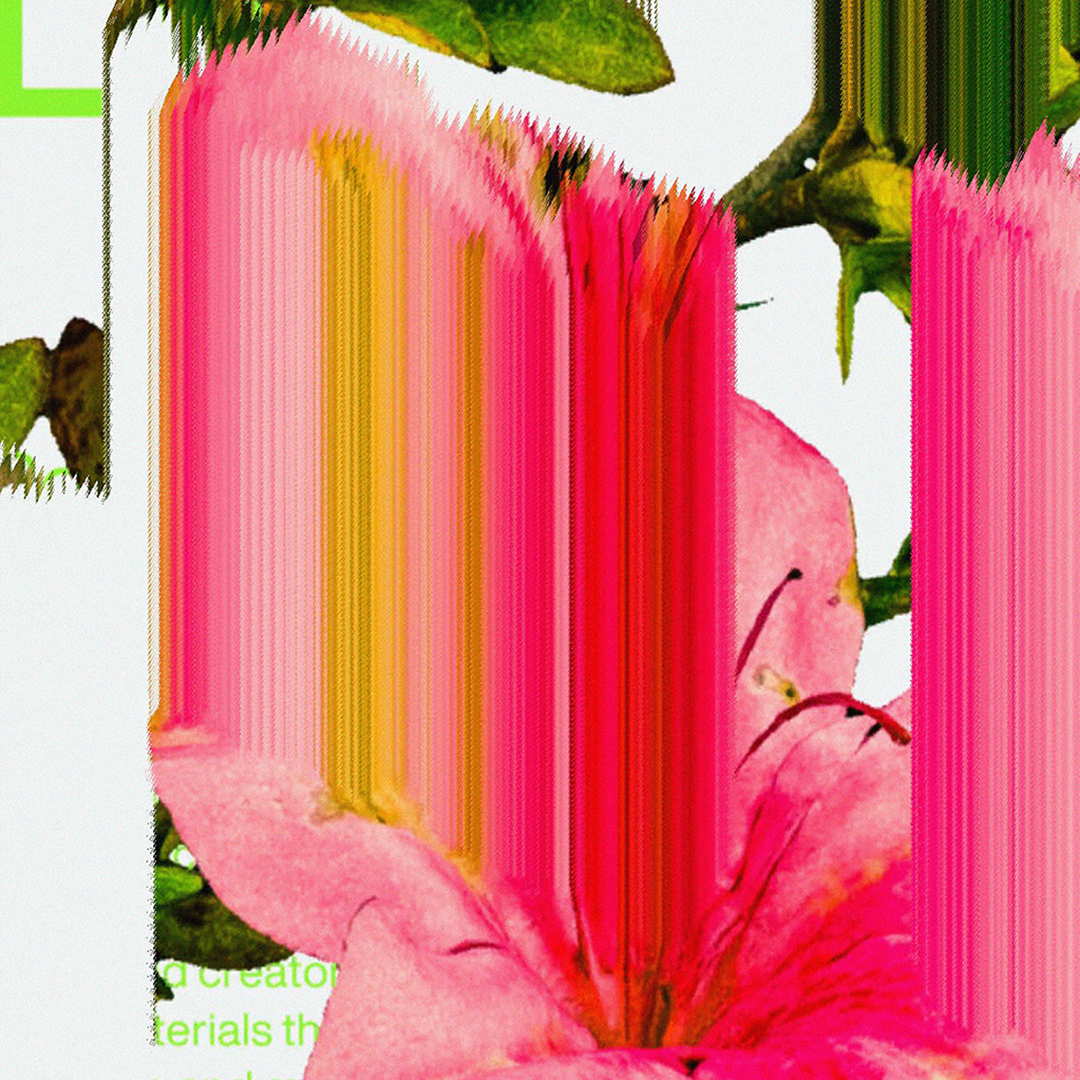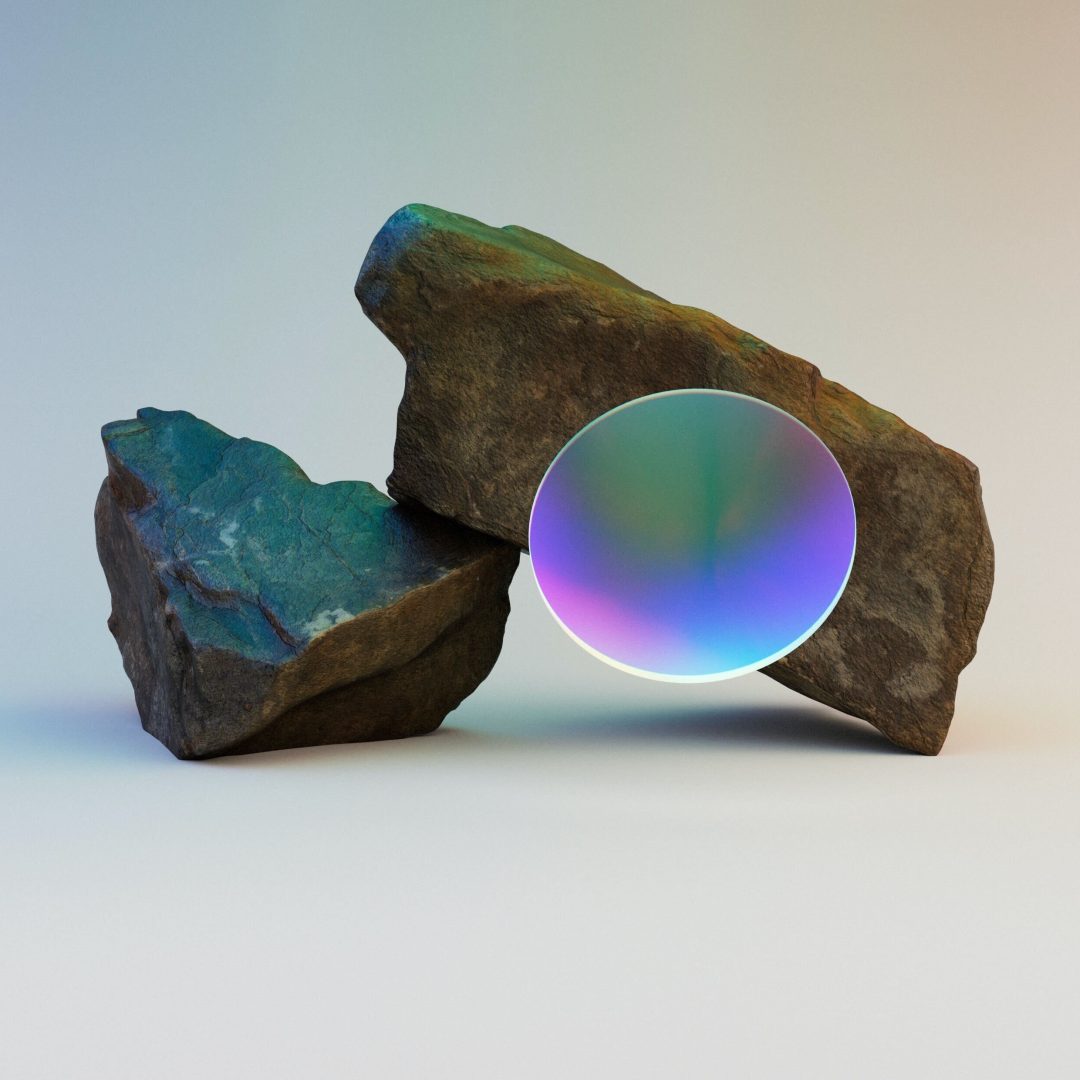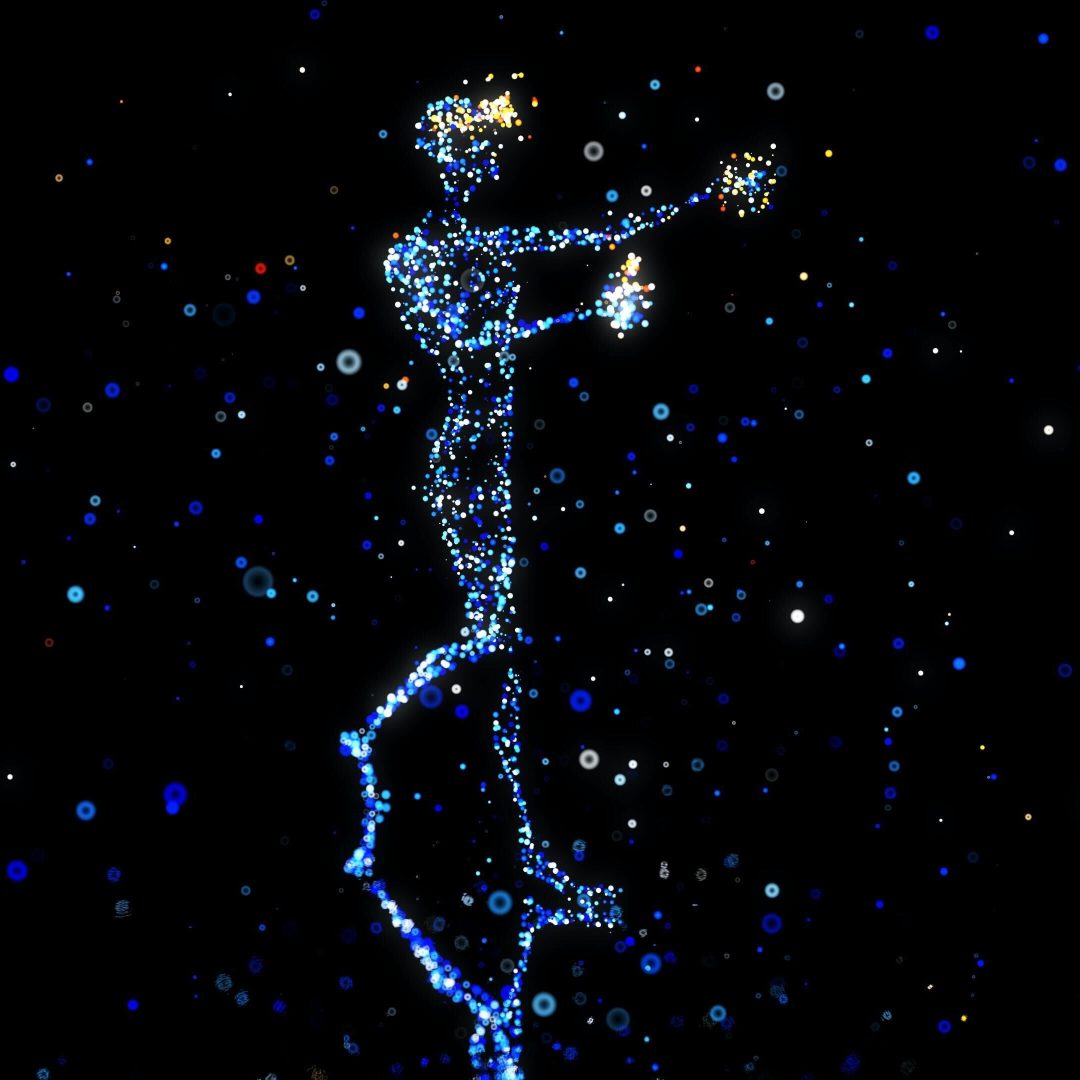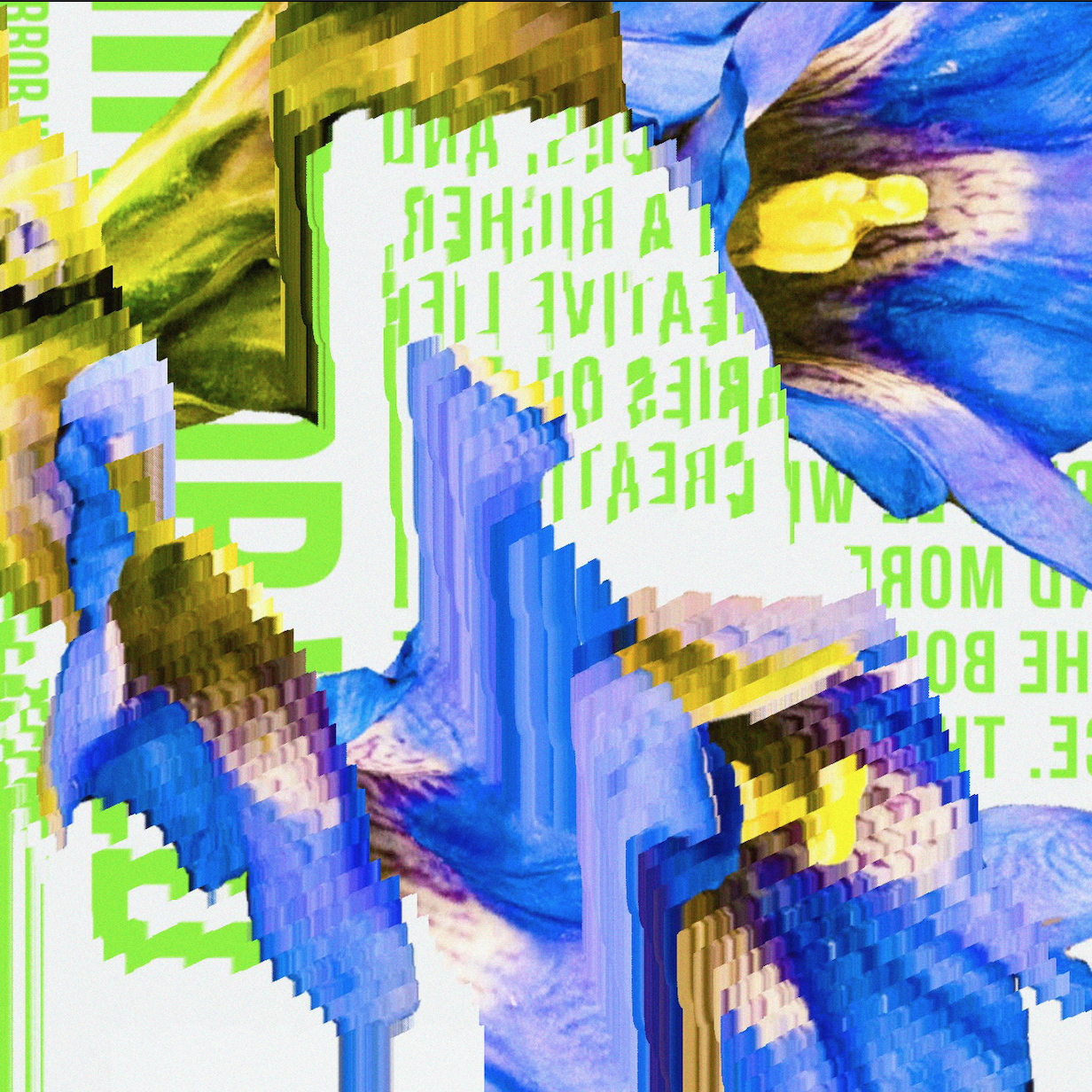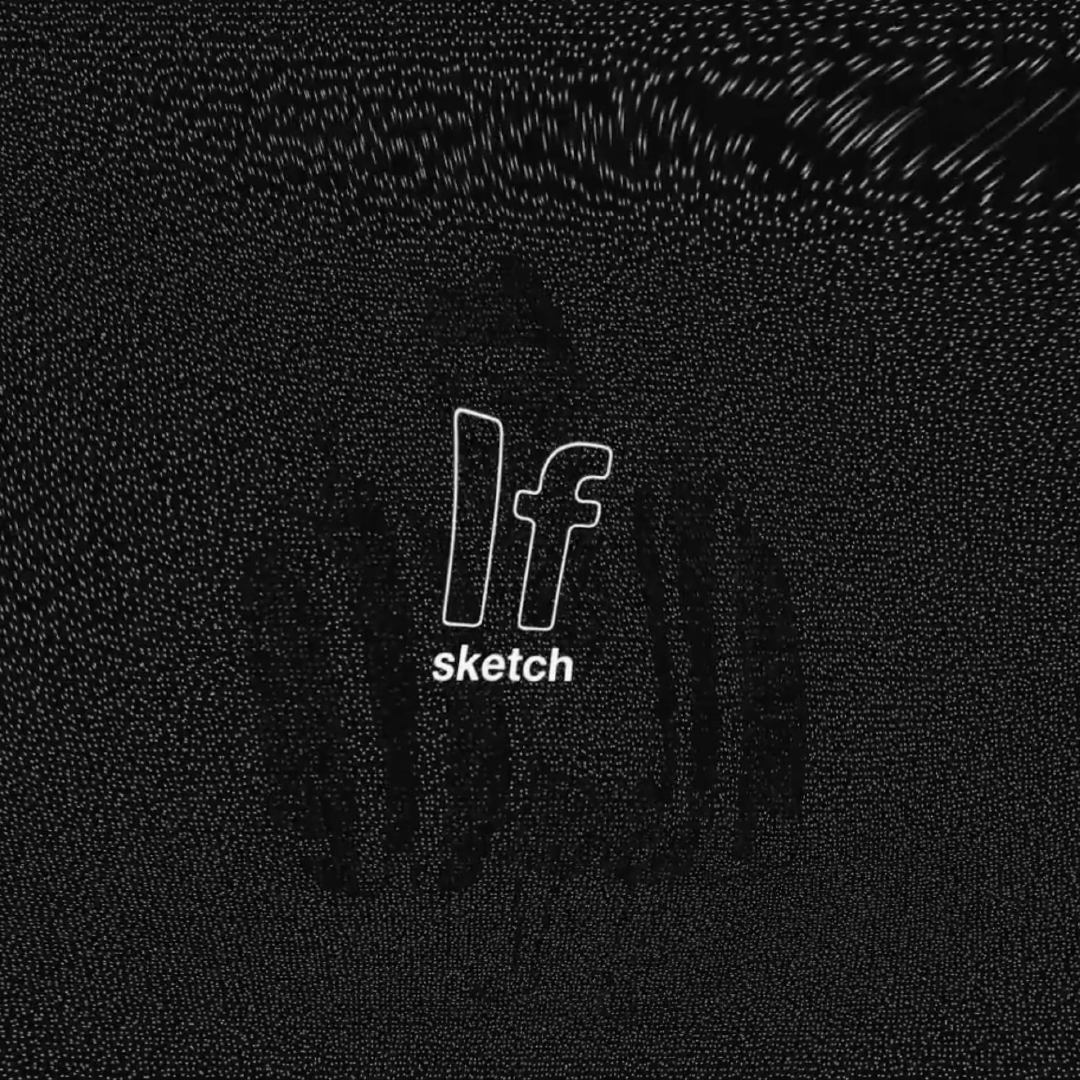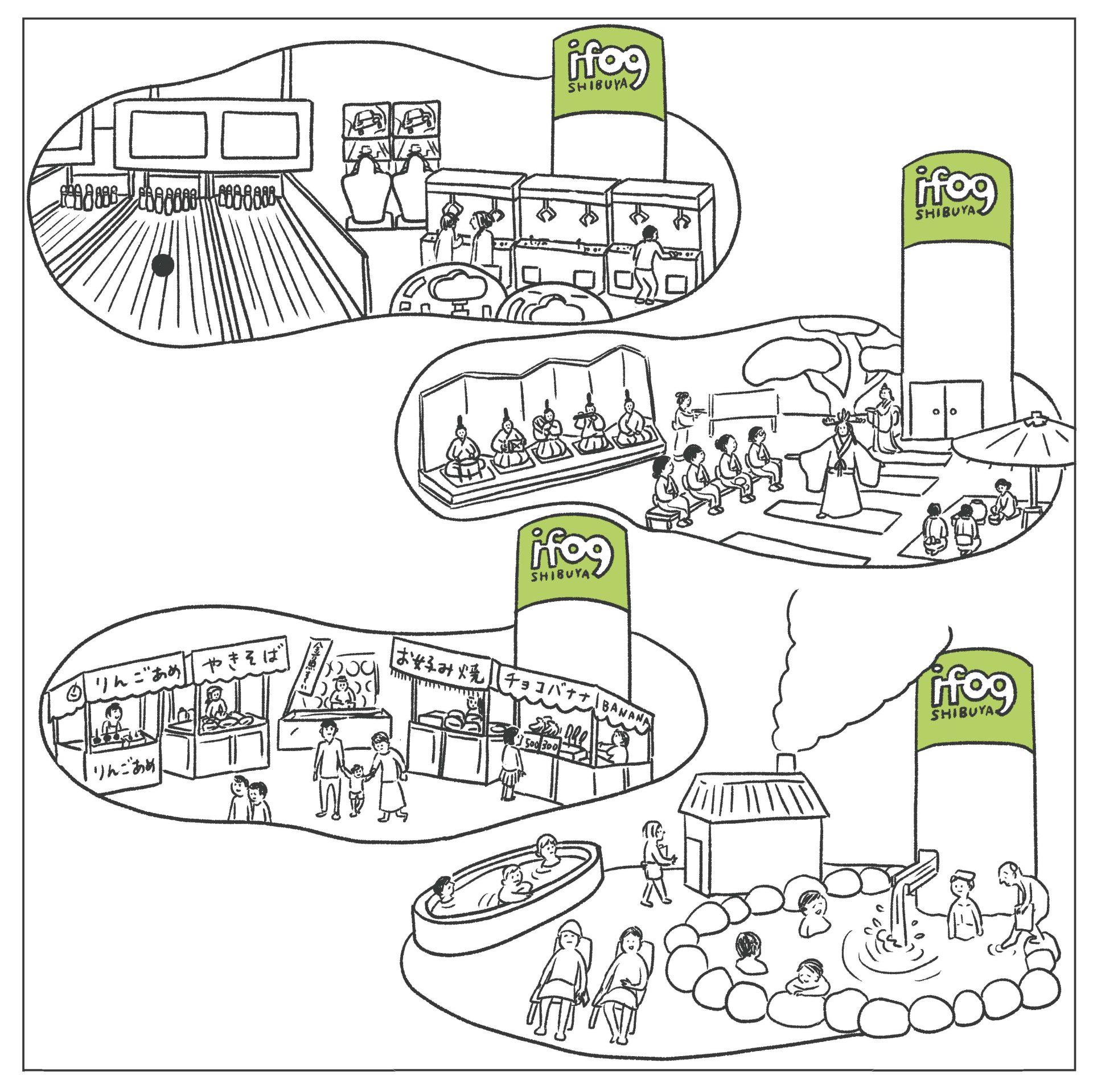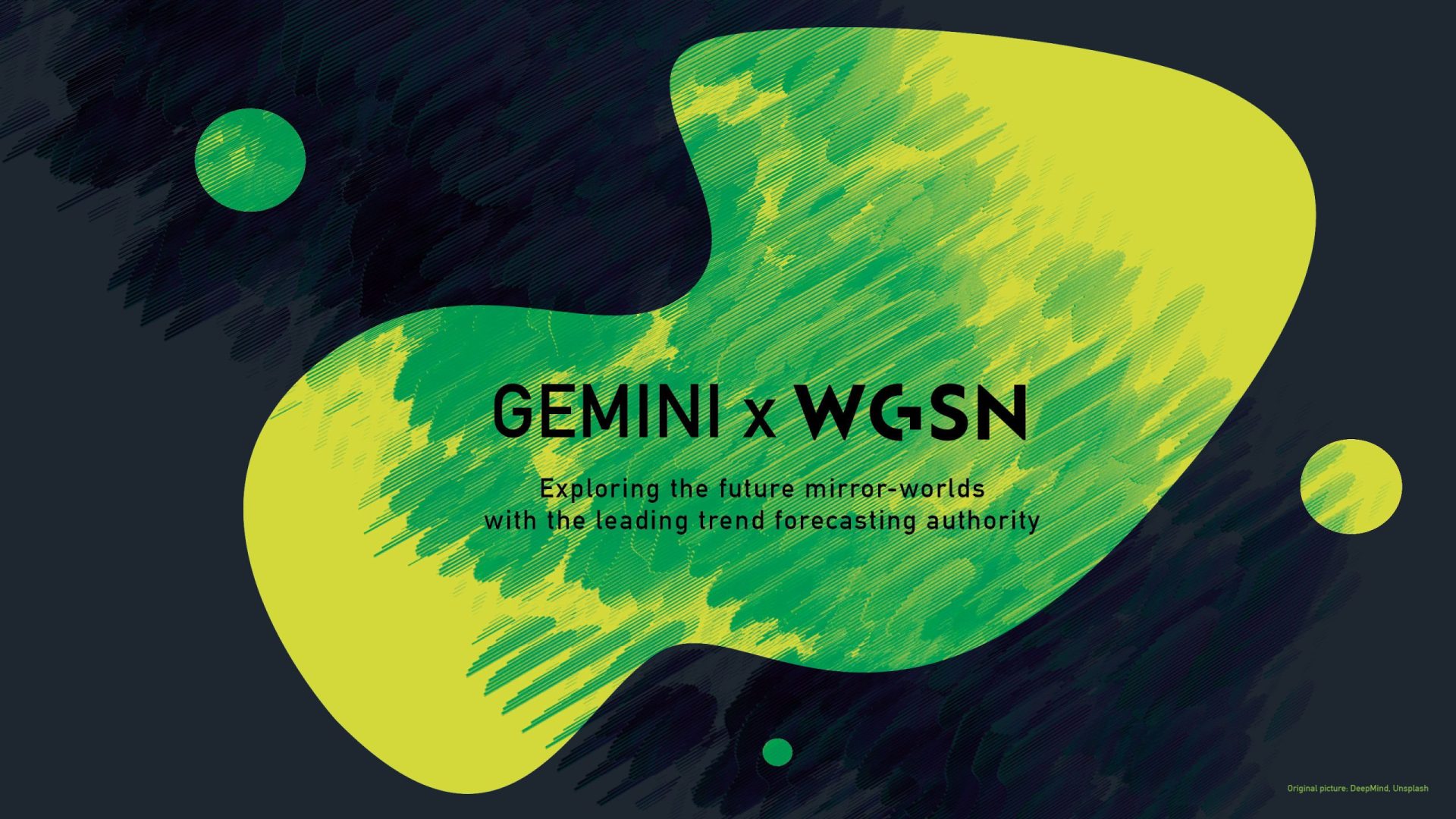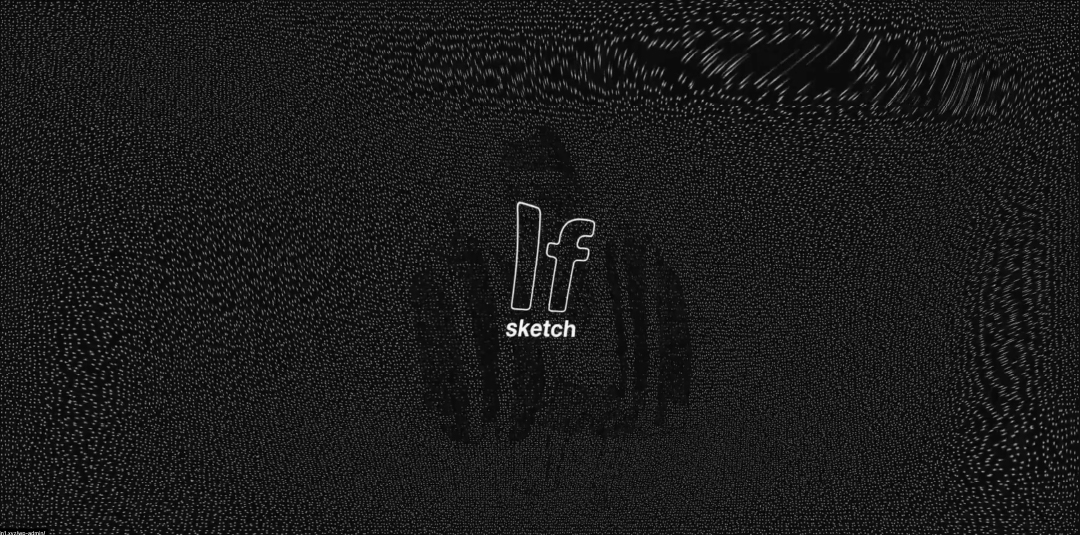Kitbashing, Global Data Libraries, and the Quest for Originality: Mark Foster Gage on the Future of Architecture
The world of design is on the cusp of a revolutionary shift, as the boundaries between the virtual and the physical become increasingly blurred. Leading the charge in this exciting new frontier is Mark Foster Gage, a renowned architect, writer, and theorist based in New York City. Gage’s work exemplifies this new era of design, as he seamlessly integrates digital tools and physical materials to create visually stunning and innovative architectural projects. His use of kitbashing, a technique that involves combining pre-modeled 3D objects from various sources, has become a hallmark of his creative process. As a judge for the prestigious GEMINI Laboratory Global Design Awards, Gage shares his insights on the future of design and what he hopes to see from the competition’s participants.
One of Gage’s recent projects, the Elenan Resort Neom, showcases his unique approach to architecture. By utilizing kitbashing and advanced digital tools, Gage and his team created a complex, visually rich design that challenges traditional notions of resort architecture. The project demonstrates the potential of leveraging digital assets to create innovative, captivating structures that blend the virtual and the physical.
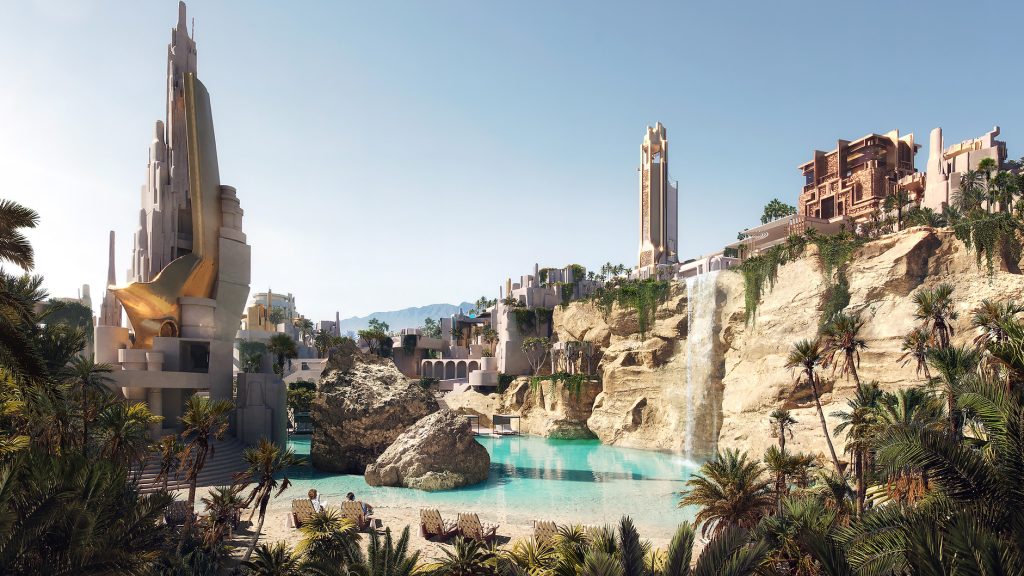
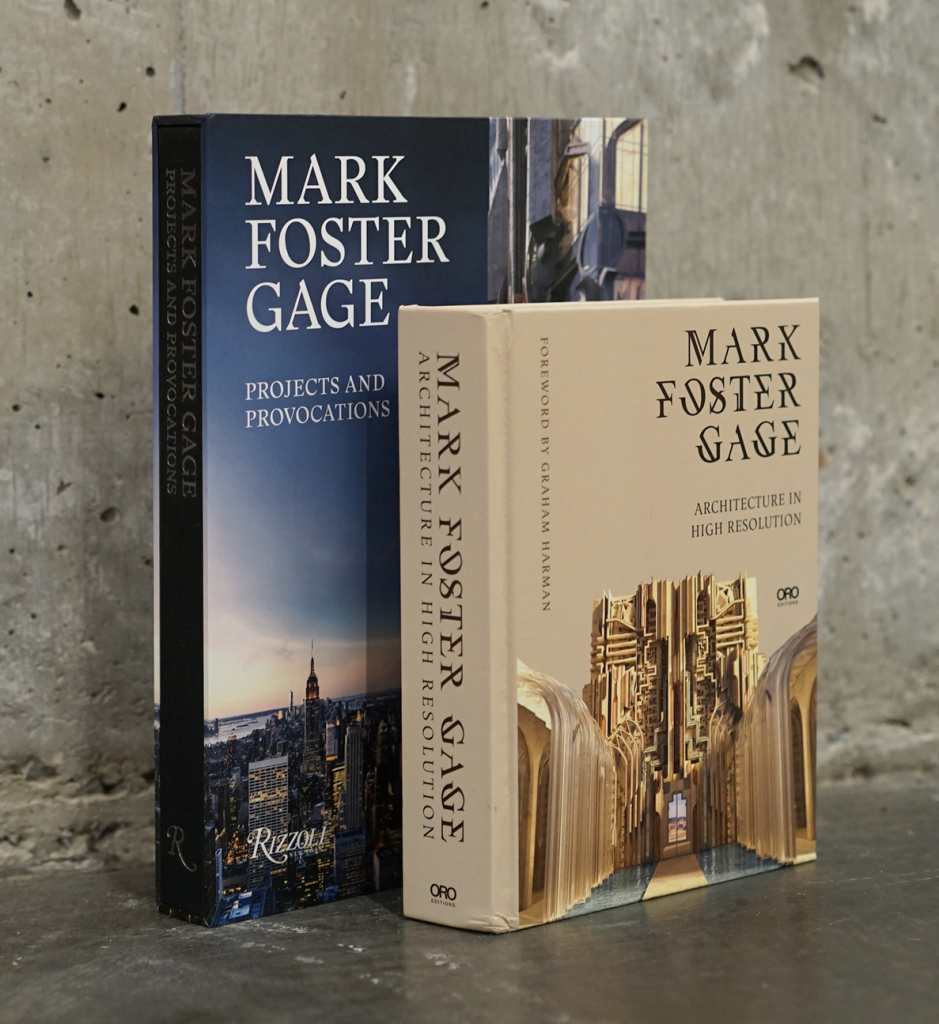
Mark Foster Gage: Architecture in High Resolution
Bridging the Virtual and the Real
For Gage, the key to unlocking new possibilities in design lies in the seamless integration of digital and tangible elements. He sees immense potential in the concept of building a global data library that navigates between the virtual and the real. “I think having access to a global data library is inevitable, but also incredibly productive for architectural creativity,” Gage explains. “Architects would not be limited to guns, spaceships, and Thor’s hammer. Eventually, we will have every object in the history of the world that has been 3D modeled, and all architects will have access to all objects that were ever invented.”
To illustrate the potential usefulness of such a vast repository, Gage offers an interesting example involving a chicken. “Right now, most architectural software has access to basic shapes like cubes, spheres, and pyramids,” he explains. “But maybe you need a chicken because you want a certain curvature of the leg that meets something like a column, which would be a leg that flares out to a base.” He points out that modeling a column meeting a mass, similar to a chicken leg, scratch could take a week, but with access to a global data library, architects could quickly find and manipulate complex geometrical forms to suit their needs.
This vast repository of forms and objects could serve as a powerful tool for architects and designers, allowing them to explore new combinations and push the boundaries of what is possible. Gage envisions a future where creators can search for specific shapes or qualities, such as “where a curvilinear body forms a cylindrical column,” and be presented with a diverse array of options spanning from chickens to flowers. “It is like the difference between having a library behind me. I bought all these books over the last 20 years, and none of my students buy books anymore because everything is available online,” Gage explains. In the past my office with kitbashing, using forms that we often pulled from books and 3d modeled-, which is why I have so many behind me. However, most students with a global data set library would have access to a billion shapes or forms. It is orders of magnitude more useful.”
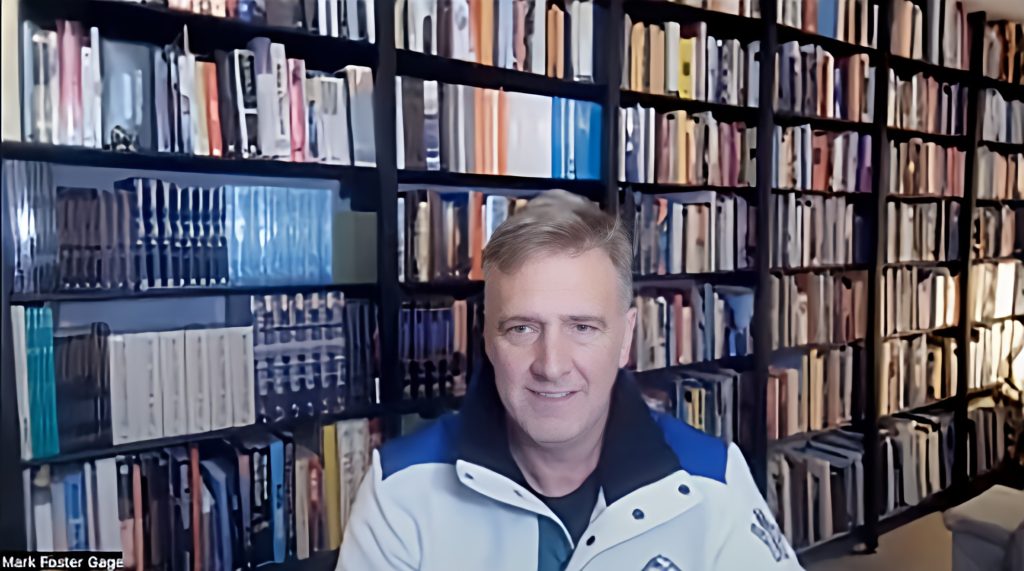
Unleashing Creativity through Kit Bashing
In his own work, Gage has been utilizing a technique called “kitbashing” for over a decade. This involves using pre-modeled 3D objects, often from industries like video games and movies, and reinventing them for architectural purposes. By combining these elements in unique ways, Gage and his team can create visually rich and complex designs that challenge traditional notions of architecture.
However, Gage notes that the current limitations of available 3D models can sometimes lead to a sci-fi aesthetic. “The only objects we could find were things that had been designed for movies and video games. One of the first projects we kitbashed is this project for the Helsinki Guggenheim Museum, which is on our website. We found all this stuff from the movie Thor, so we used Thor’s Hammer in it and were randomly downloading things.” With access to a more diverse global data library, he believes architects could break free from these constraints and explore a wider range of possibilities. “It is like the difference between having a small personal library and having access to Google Books with a billion titles,” Gage explains.
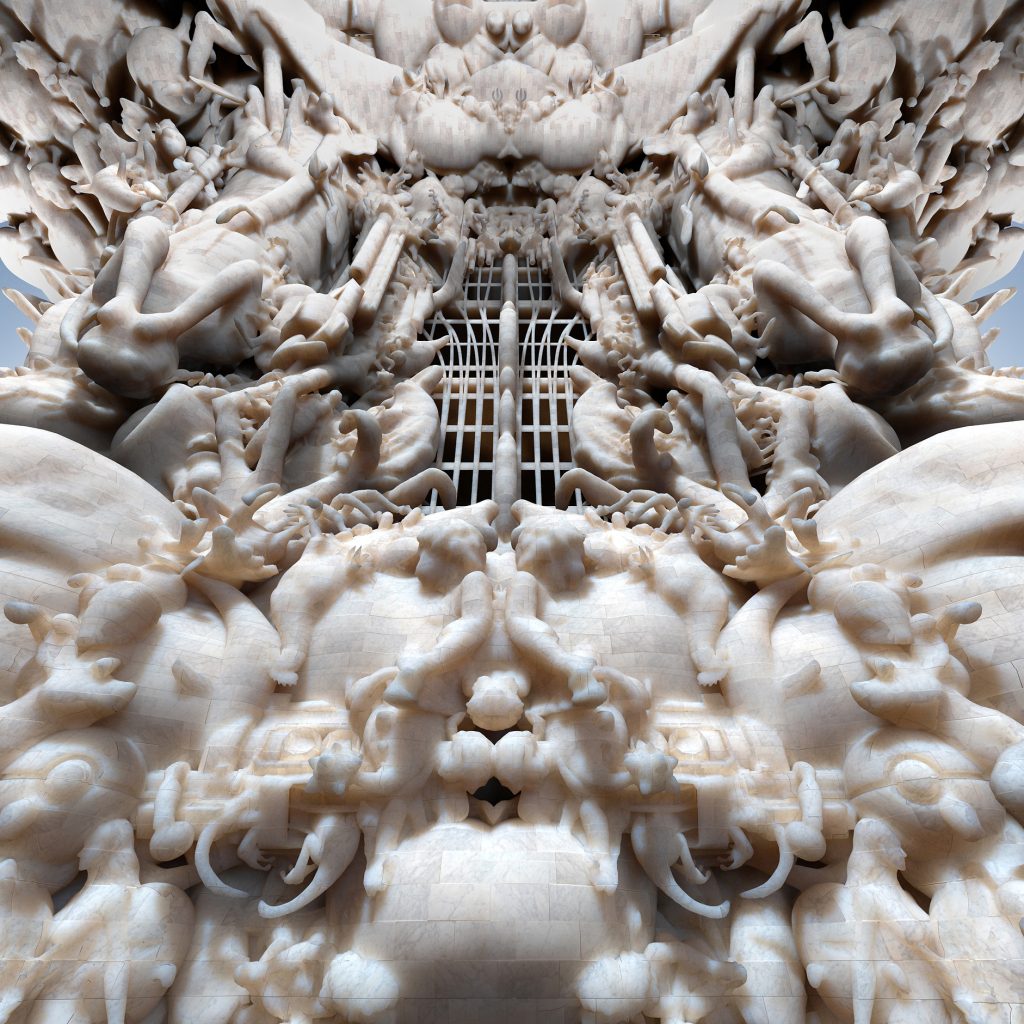
Expectations for the Awards
As a judge for the GEMINI Laboratory Global Design Awards, Gage has high hopes for the participants. He stresses the importance of originality and encourages entrants to strive for something truly innovative. “There are really only two ways to win an award. One is to produce something that is a really good version of something that already exists,” Gage says. “The other is to show us something we have never seen before.”
For Gage, the latter is far more impressive and valuable. He wants to see creators take full advantage of the competition’s focus on new technology and data libraries to create designs that are surprising, original, and push the boundaries of what has been done before. “I am always more interested in giving people awards for things we have never seen before, rather than just for doing good versions of things we have already seen. If you are doing an award that is based on a new technology, the criteria would be to show us something we have not seen before,” Gage explains. “I place a high degree of value on originality because it is so rare and incredibly difficult to do.”
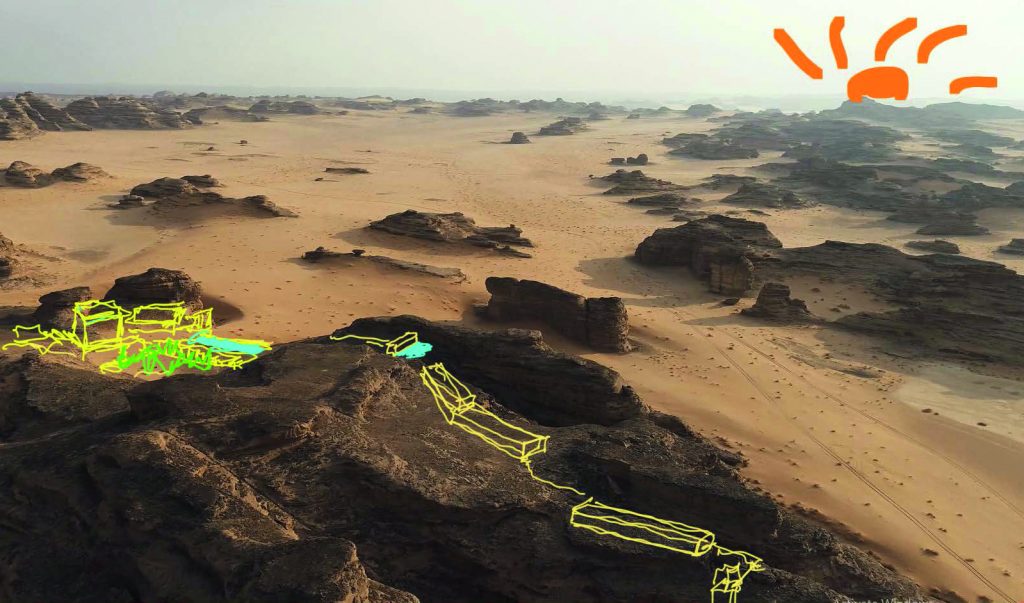
Seeking Inspiration in the World
Gage’s passion for exploration and discovery extends beyond the digital realm. He emphasizes the importance of getting out into the world and experiencing unique environments firsthand. Throughout his career, Gage ed to almost 100 countries, immersing himself in diverse cultures and ways of life. From the extreme cold of the Canadian Arctic to the isolated city of Pyongyang in North Korea, these experiences have shaped his perspective and fueled his creativity.
“I think students need to get out in the world. It is probably more interesting if you are in a place not like New York City or Tokyo,” he says. “I remember you were telling me about this forest, this area with a forest, and you were scanning the trees. That is a place that nobody in the world has seen. There is probably a much greater chance to encounter some originality in that place than there is in downtown Manhattan where I live.”
Gage believes that architects and designers who venture beyond the obvious destinations and explore rural or lesser-known areas may have a greater chance of encountering originality. “That could be an exciting thing about the next couple of decades as well, that architects start to have access to places other than the obvious ones, such as Paris, Rome, Tokyo, wherever architects typically study.” By immersing themselves in these environments and drawing inspiration from the natural world and local cultures, creators can develop ideas that are truly unique and impactful.
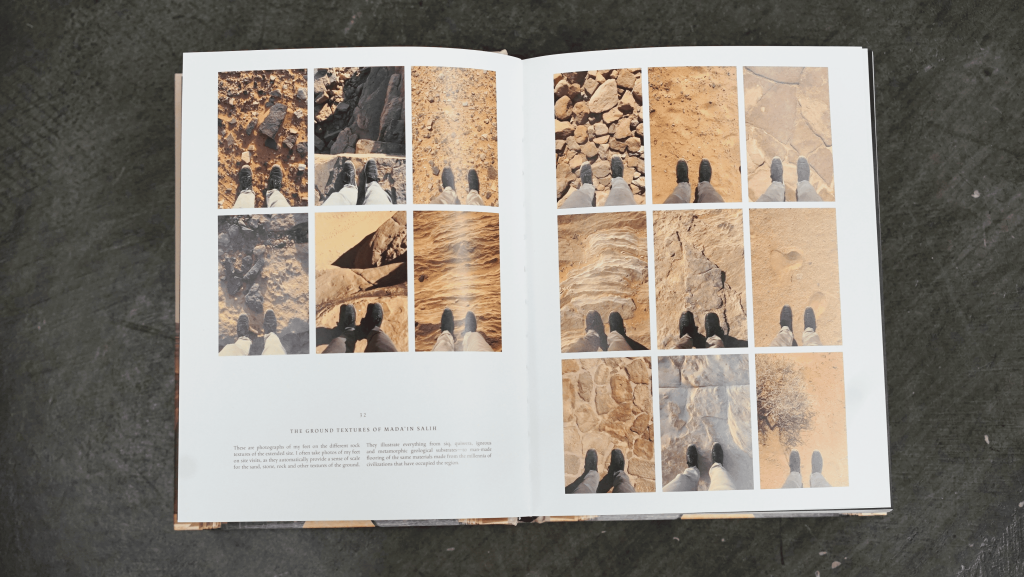
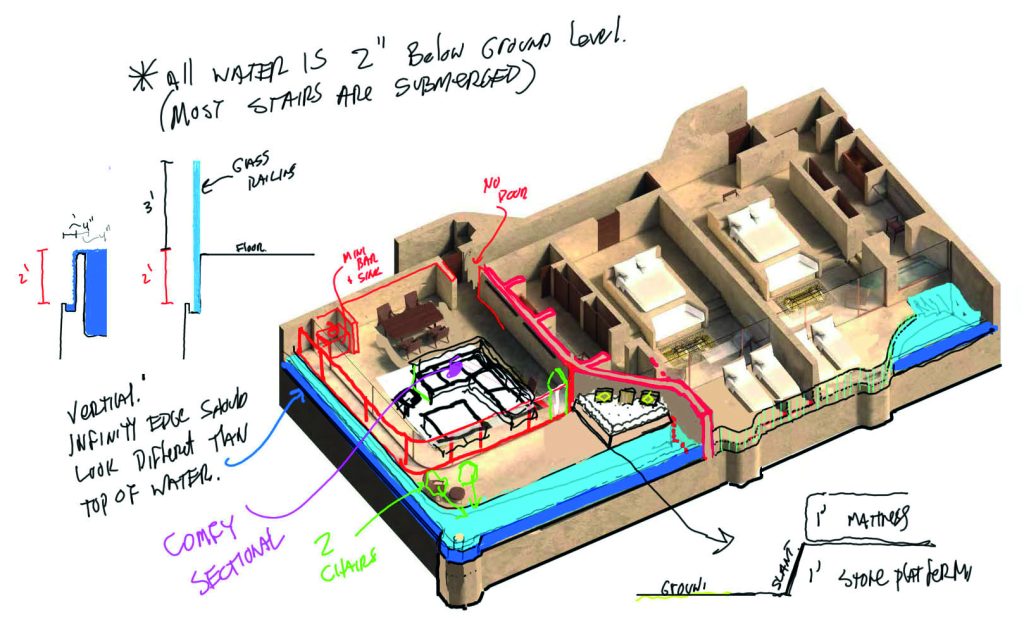
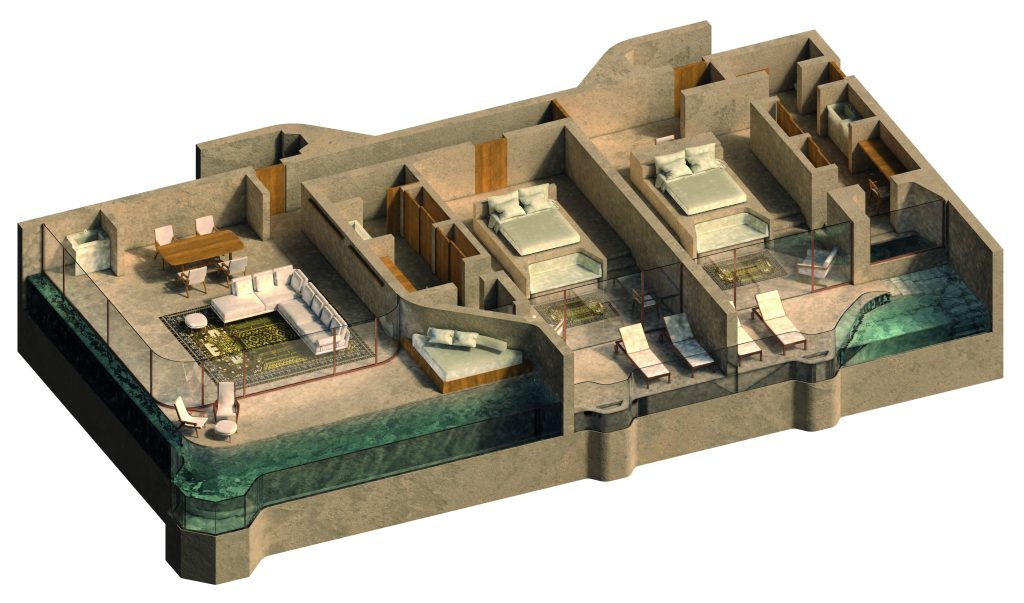
Connecting the Digital and Material
Throughout his career, Gage has worked closely with a diverse array of creators, from architects and designers to artists and technologists. He sees these collaborations as essential to pushing the boundaries of what is possible in design. “I think what really exciting is the connection between the digital and the material world,” Gage says. “I actually think the least interesting thing in architecture is going to be 3D printing because you are just going to get a bunch of buildings all made out of the same material. It is way more interesting to know the exact shape of a tree, understand how to cut it in certain ways, and gain a deeper understanding of the material before using it.”
Gage is particularly interested in creators who are exploring new ways of combining digital tools with physical materials and techniques. He believes that this approach has the potential to revolutionize architecture and design, allowing for a level of customization and complexity that has never been possible before. “I think having access to that next layer, where the 3D models are not just abstract 3D models, but they represent actual material things that are available, is incredibly exciting,” he explains.
In light of the upcoming GEMINI Laboratory Global Design Awards, Mark Foster Gage’s insights serve as a rallying cry for creators to push the boundaries of what is possible in design. By embracing new technologies, exploring unique environments, and collaborating across disciplines, architects and designers have the opportunity to create something truly original and impactful.
Gage’s vision for the future of design is one that seamlessly integrates the virtual and the physical, the digital and the material. He challenges participants to let their imaginations run wild, to seek inspiration in the world around them, and to create designs that surprise and delight. With the vast potential of global data libraries and the limitless creativity of the human mind, the possibilities are endless.
アワード概要
-

GEMINI Laboratory GLOBAL DESIGN AWRDS
GEMINI Laboratory GLOBAL DESIGN AWRDS
「ミラーワールド」の実現を目指す共創プロジェクト「GEMINI Laboratory 」が、初のデザインアワードを開催する。 いま、仮想世界(バーチャル)と物理世界(フィジカル)は重なりつつある。テクノロジーと個人の創意が生成し続ける、バーチャルな「質感」や「かたち」。それらは「音」や「匂い」や「時間」、果ては「知能」すら内包しはじめている。 GEMINI Laboratoryが構築しているプラットフォーム「AltField」は、多層世界が作用し合うオルタナティブな情報空間を共有・編集可能にすることで今までにない、新しいデザインを可能にするデータライブラリーだ。 バーチャルとフィジカルの地平が溶け合う時代における、新しいデザインのアプローチを具体的なアイデアとともに募集したい。 五感、時空までも横断して素材を捉え、新たな世界観を構築しよう。 応募開始:2024年2月15日(木)12:00(日本時間正午) 応募締切:2024年4月29日(月)12:00(日本時間正午)
Co-created by
-
Gen Hosoya(Livit Singapore)
Writer
Gen Hosoya(Livit Singapore)
Writer
Initiated VR content creation projects utilizing ZBrush, 3ds Max, Houdini, and Unreal Engine 4/5. Currently focusing on generative AI application development and optimization research of RAG (Retrieval-Augmented Generation) methods.
Tag
Share
Discussion
Index
Index
Archives
Recommend
Recommend
Recommend
Recommend
Recommend
-

{ Community }
Tomihiro Kono, who also designs wigs for Björk, explores multiple areas of creativity, including 2D, 3D, and AR
Tomihiro Kono, who also designs wigs for Björk, explores multiple areas of creativity, including 2D, 3D, and AR
Tomihiro Kono, who also designs wigs for Björk, explores multiple areas of creativity, including 2D, 3D, and AR
-

{ Special }
IF09
IF09
IF09
-

{ Community }
“Designing with Heart: How Amanda Talbot is shaping a better future through emotionally intelligent AI”
“Designing with Heart: How Amanda Talbot is shaping a better future through emotionally intelligent AI”
“Designing with Heart: How Amanda Talbot is shaping a better future through emotionally intelligent AI”
-

{ Community }
AR In The Everyday
AR In The Everyday
AR In The Everyday
Hot topics
Hot topics
Hot topics
Hot topics
Hot topics
-

{ Community }
Scent Transcends Memory to Change Behavior. The Future of Digital x Olfaction, by Scent Marketing Pro Gouchi Hamada
Scent Transcends Memory to Change Behavior. The Future of Digital x Olfaction, by Scent Marketing Pro Gouchi Hamada
Scent Transcends Memory to Change Behavior. The Future of Digital x Olfaction, by Scent Marketing Pro Gouchi Hamada
-

{ Community }
The stage is a restroom designed by Tadao Ando. Possibilities of media mix that GEMINI pioneers.
The stage is a restroom designed by Tadao Ando. Possibilities of media mix that GEMINI pioneers.
The stage is a restroom designed by Tadao Ando. Possibilities of media mix that GEMINI pioneers.
-

{ Community }
“Conveying the Moment of ‘Now’ in History: Catalan Artist Xavi Bové’s Light Expressions”
“Conveying the Moment of ‘Now’ in History: Catalan Artist Xavi Bové’s Light Expressions”
“Conveying the Moment of ‘Now’ in History: Catalan Artist Xavi Bové’s Light Expressions”
-

{ Community }
“Designing with Heart: How Amanda Talbot is shaping a better future through emotionally intelligent AI”
“Designing with Heart: How Amanda Talbot is shaping a better future through emotionally intelligent AI”
“Designing with Heart: How Amanda Talbot is shaping a better future through emotionally intelligent AI”
-

{ Community }
Unearthing the Future: How ancient history can guide modern innovation with Darius Arya
Unearthing the Future: How ancient history can guide modern innovation with Darius Arya
Unearthing the Future: How ancient history can guide modern innovation with Darius Arya
-

{ Community }
Interview with Masayoshi Yokoyama from Ryu Ga Gotoku Studio. Talks about reality in games and the future of the industry
Interview with Masayoshi Yokoyama from Ryu Ga Gotoku Studio. Talks about reality in games and the future of the industry
Interview with Masayoshi Yokoyama from Ryu Ga Gotoku Studio. Talks about reality in games and the future of the industry
-

{ Community }
The new form of pilgrimage. What is the border of real and fictional worlds that Petra Szemán pictures?
The new form of pilgrimage. What is the border of real and fictional worlds that Petra Szemán pictures?
The new form of pilgrimage. What is the border of real and fictional worlds that Petra Szemán pictures?
Special
Special
Special
Special
Special
Featured articles spun from unique perspectives.
What Is
“mirror world”...
What Is
“mirror world”...
What Is
“mirror world”...
What Is
“mirror world”...
What Is
“mirror world”...
“mirror world”... What Is
“mirror world”... What Is
“mirror world”... What Is
“mirror world”... What Is
“mirror world”...
Go Down
Go Down
Go Down
Go Down
Go Down
The Rabbit
The Rabbit
The Rabbit
The Rabbit
The Rabbit
Hole!
Hole!
Hole!
Hole!
Hole!
Welcome To Wonderland! Would You Like To Participate In PROJECT GEMINI?

